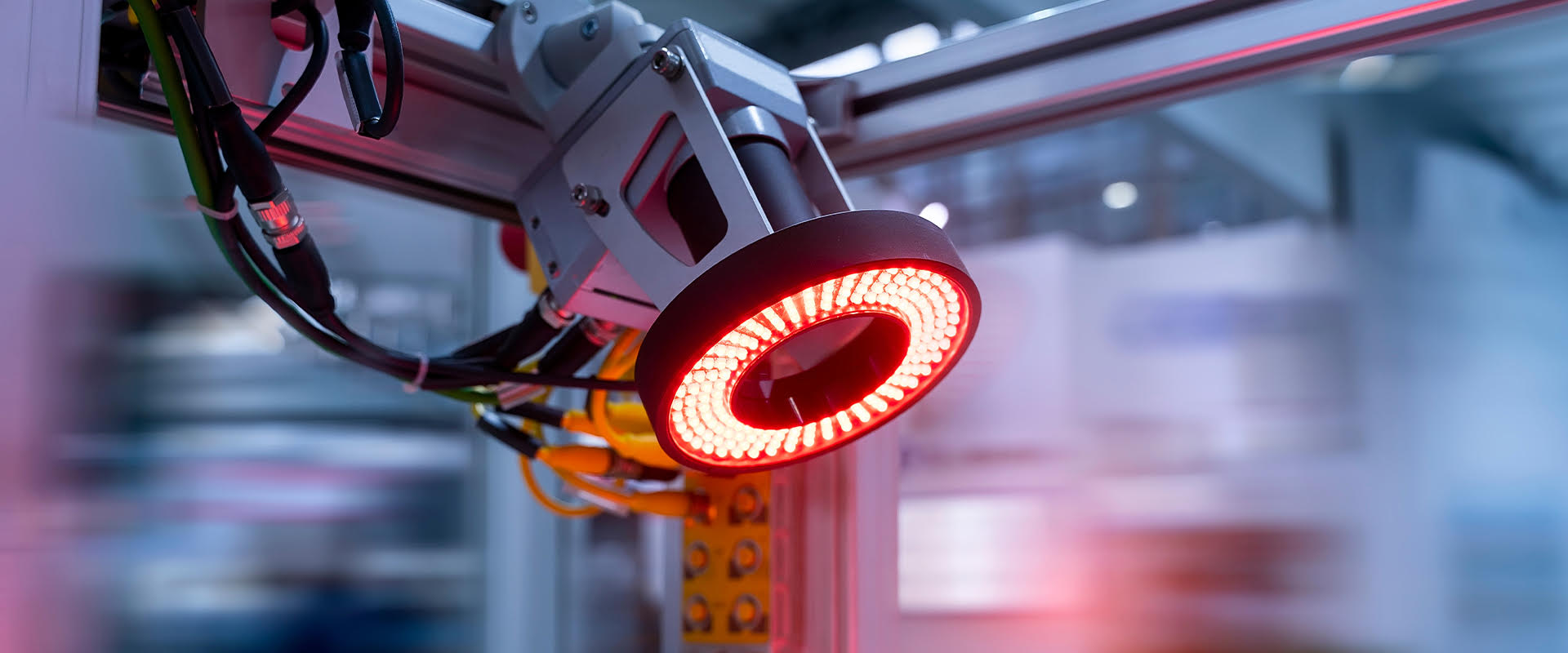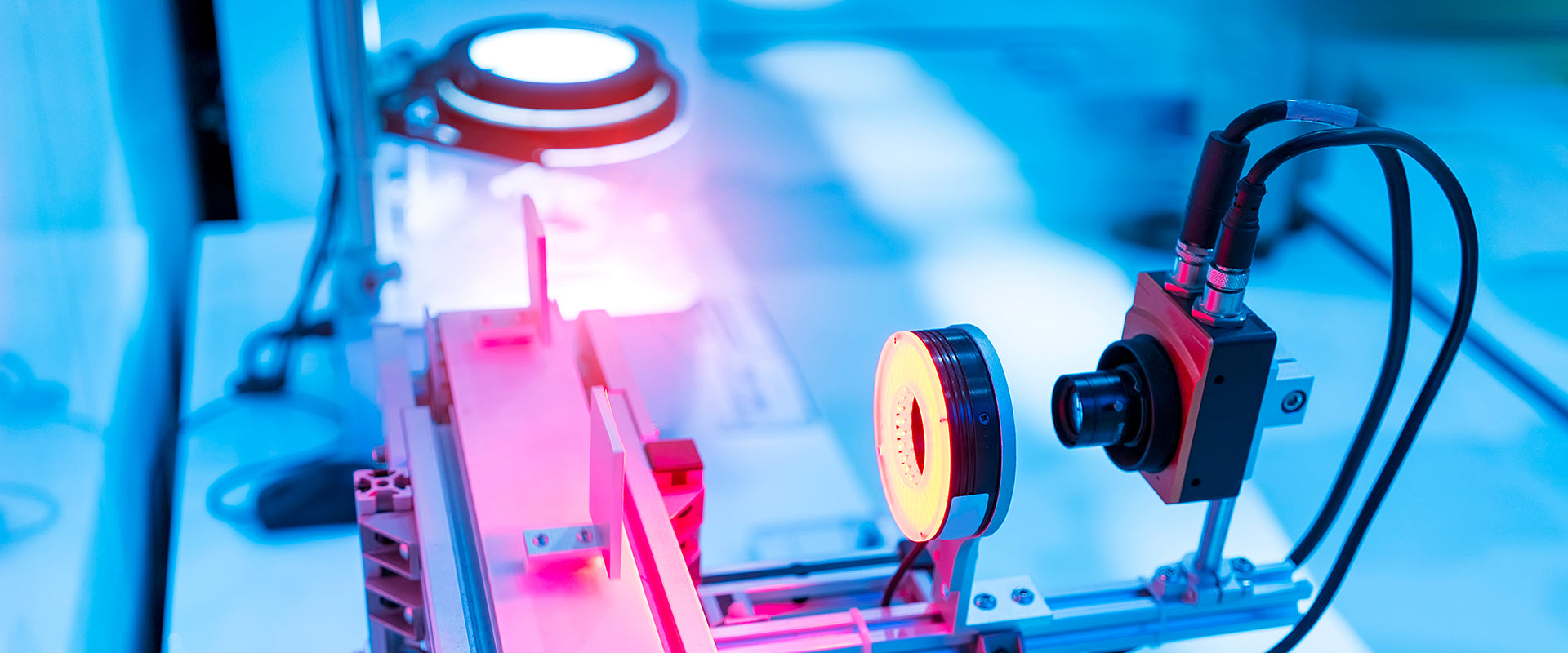When it comes to building a successful machine vision system, lighting is just as critical as the camera or lens. Without the right lighting, even the most advanced imaging components can produce inconsistent or unreadable results. Whether you're inspecting tiny electronics, scanning barcodes on packaging lines or ensuring quality control in manufacturing, the right lighting solution makes all the difference.
Why Lighting Matters in Machine Vision
Lighting directly influences image contrast, resolution and the ability to detect defects or differences. Poor lighting can obscure features, create glare or shadows, and cause false rejects or missed errors. Optimal lighting enhances key features while minimizing noise and variability in your inspection environment.
Key Lighting Considerations
1. Application Type
Are you inspecting a flat surface, cylindrical object or transparent material? Different shapes and textures require different lighting strategies, such as backlighting for silhouette-based inspection or dome lighting for reducing reflections on curved surfaces.
2. Light Angle and Placement
Controlling the angle of incidence is crucial. Low-angle ring lights are ideal for surface flaws, while coaxial lighting is great for flat, reflective surfaces like LCDs or PCBs. Dome lights provide uniform, diffuse light for minimizing glare on glossy or uneven textures.
3. Color (Wavelength)
Color impacts contrast. For example, red light is excellent for general purpose imaging and contrast enhancement, while blue or green light may better reveal details in certain materials. IR (Infrared) or UV (ultraviolet) lighting can be used for applications that go beyond visible light detection.
4. Brightness and Stability
Ensure the light source is bright enough for your camera's exposure time and sensitive enough for consistent readings. High-output LEDs, such as those from CCS, provide long-term stability and reliability in industrial environments.
5. Form Factor and Mounting
CCS offers a wide variety of form factors – bar lights, ring lights, flat lights, backlights, line lights and more. Choosing the right physical shape ensures easy integration into your inspection line.
CCS Lighting Solutions
CCS is a global leader in machine vision lighting, offering highly engineered solutions for industrial imaging systems. Their LDL2 bar lights, LDR2 ring lights and LFX2 flat lights are just a few of the options designed to meet your application’s exact needs. They also offer lighting simulation tools and support to help you make informed choices.
Selecting the right lighting solution is not just about brightness. It’s about how light interacts with the object, camera and environment. Thoughtful lighting design leads to better data, higher accuracy and more efficient production.
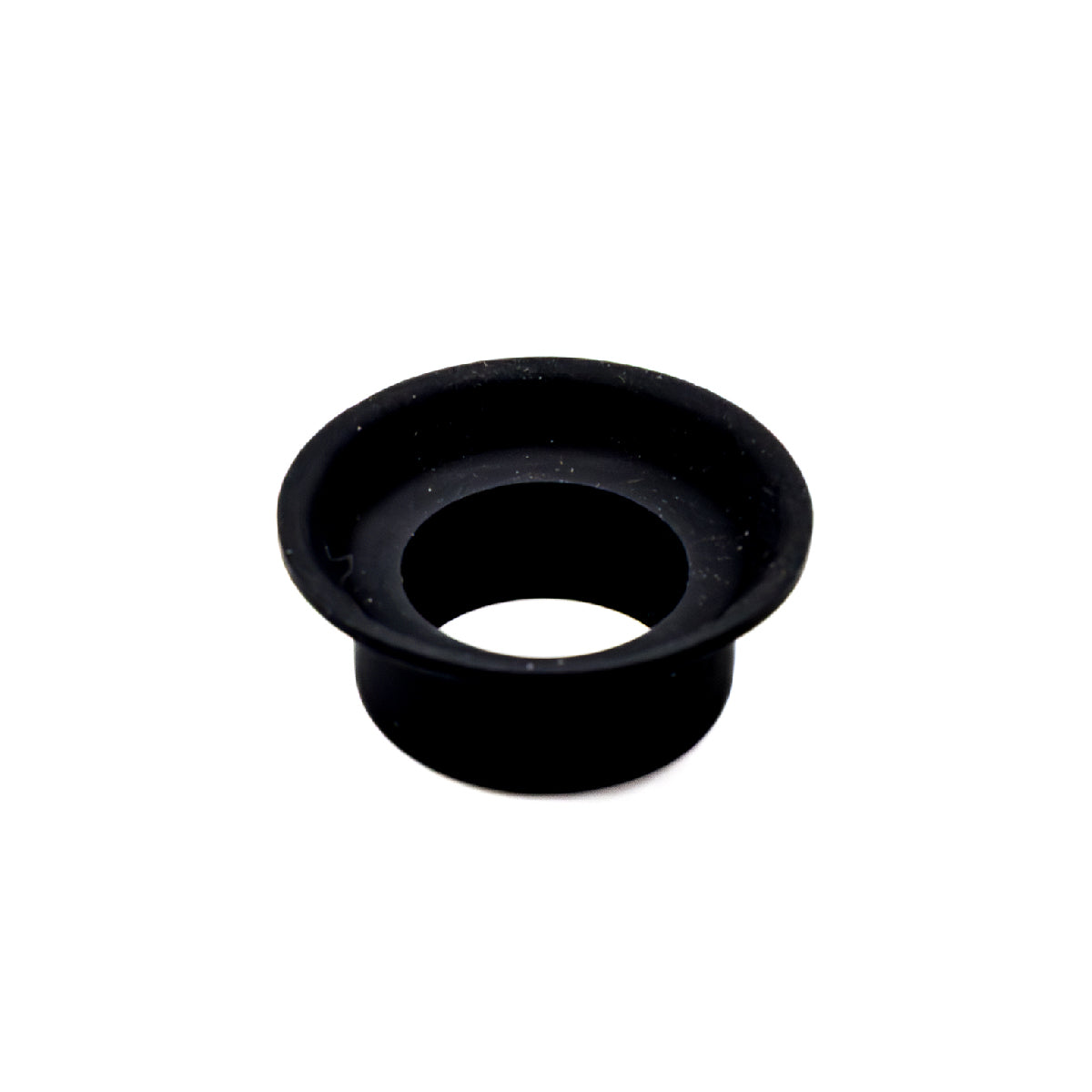
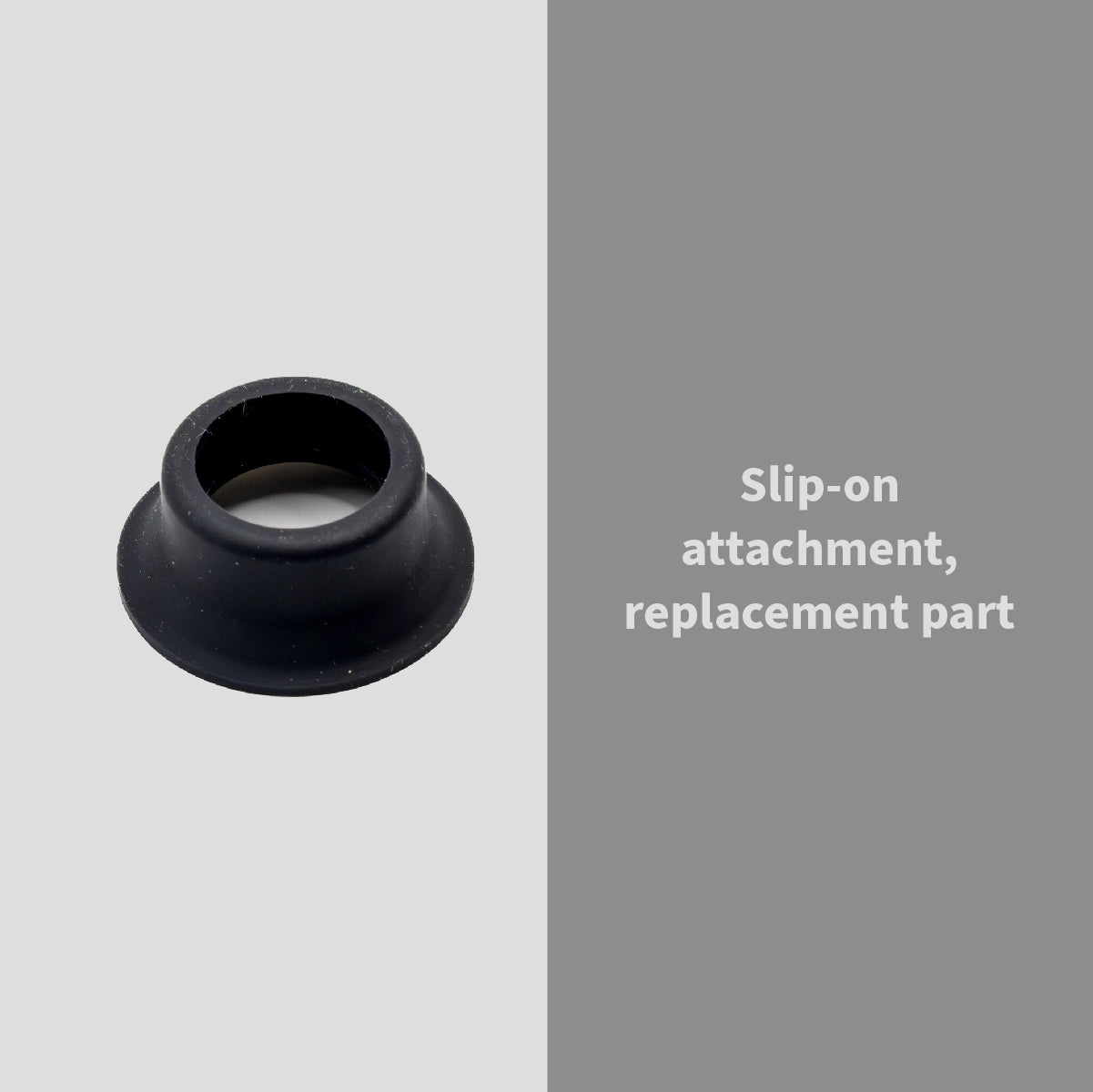

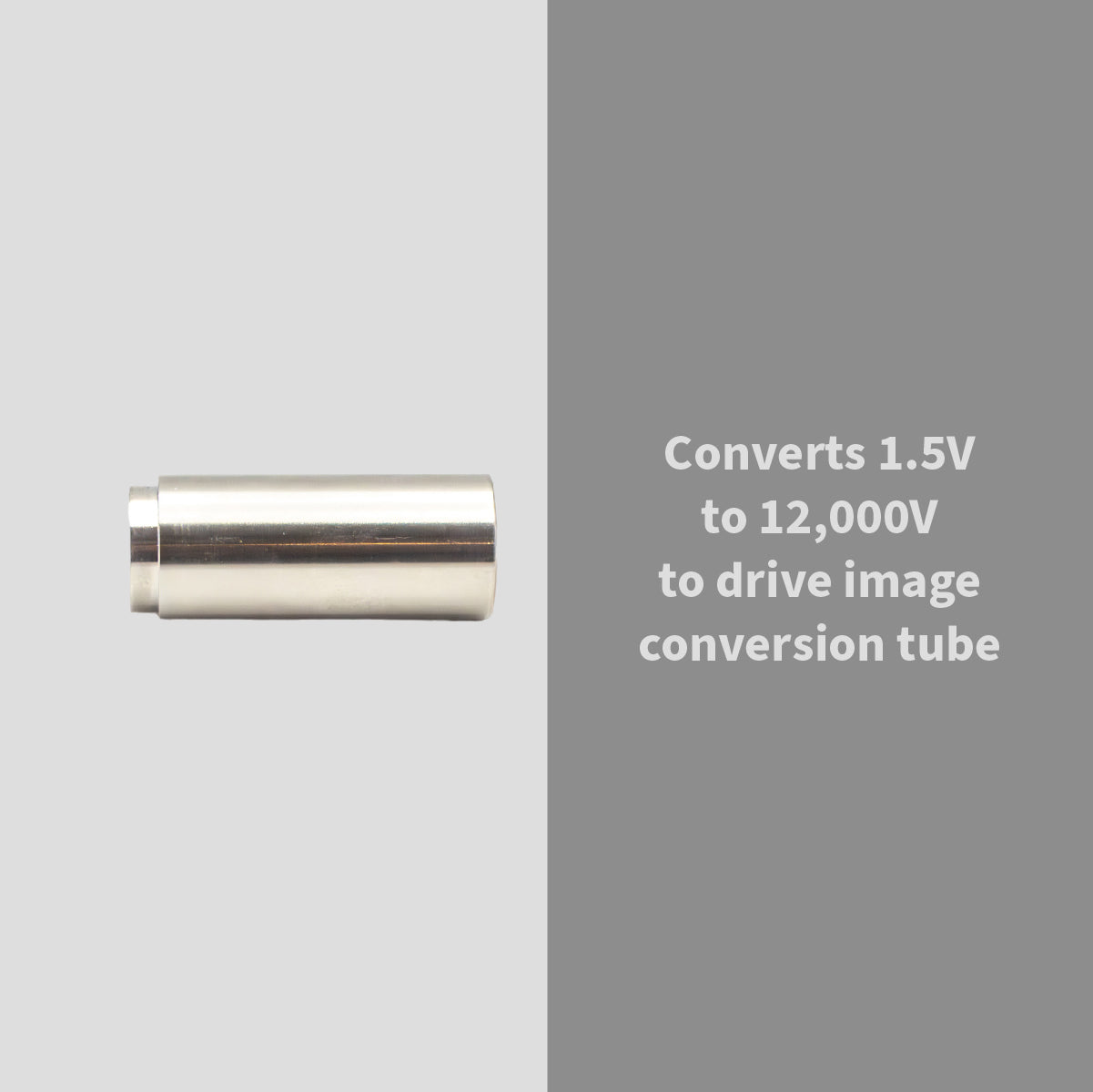
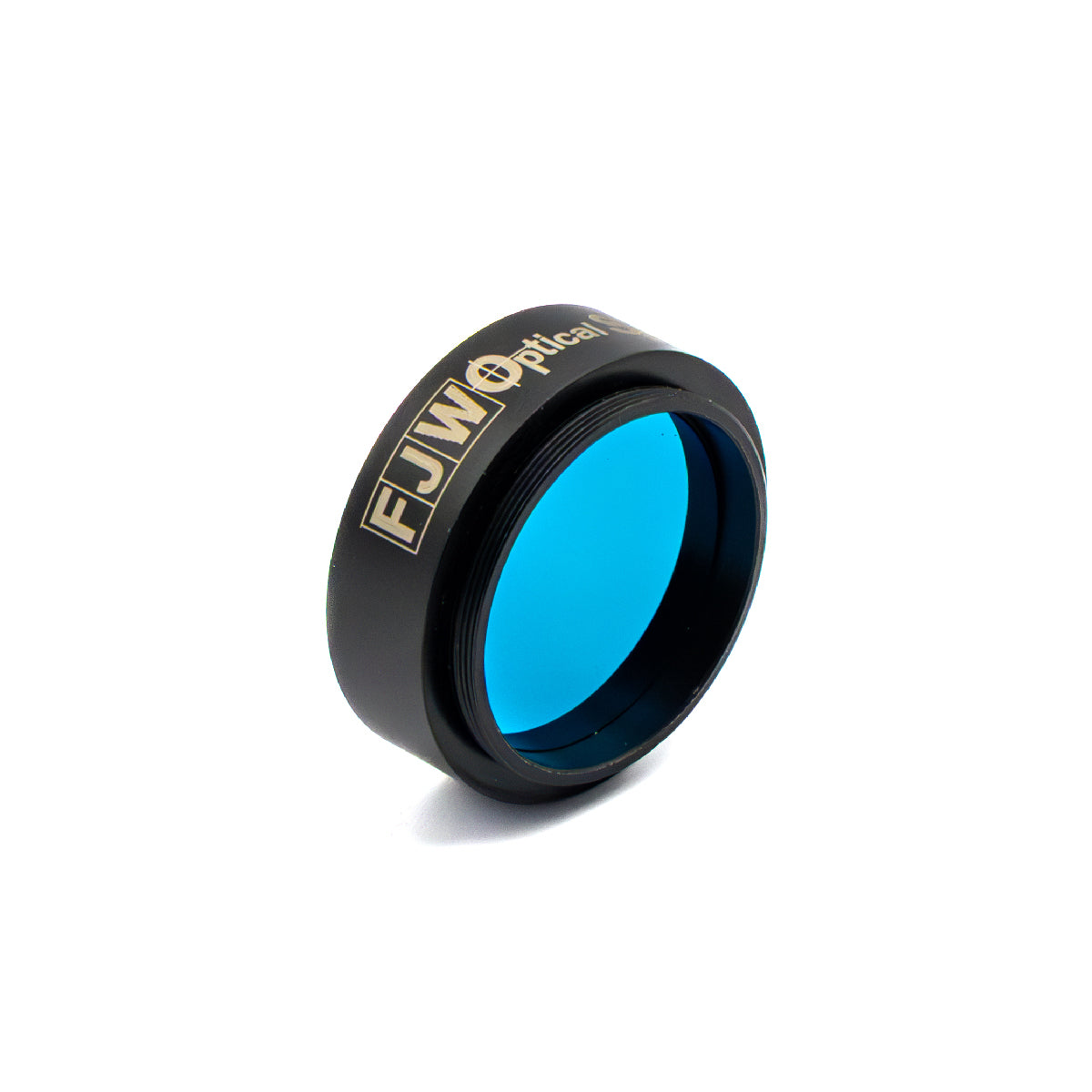
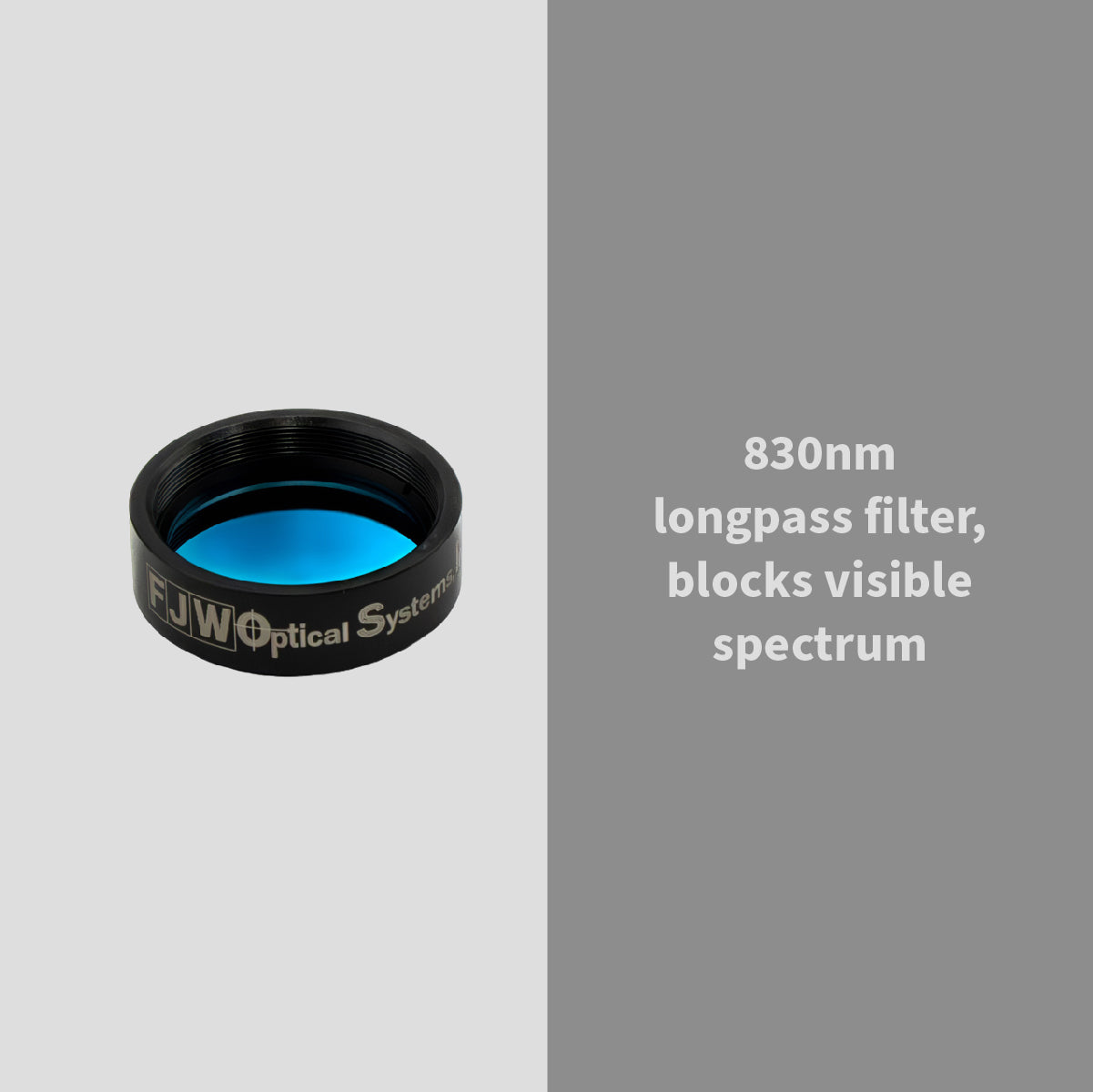
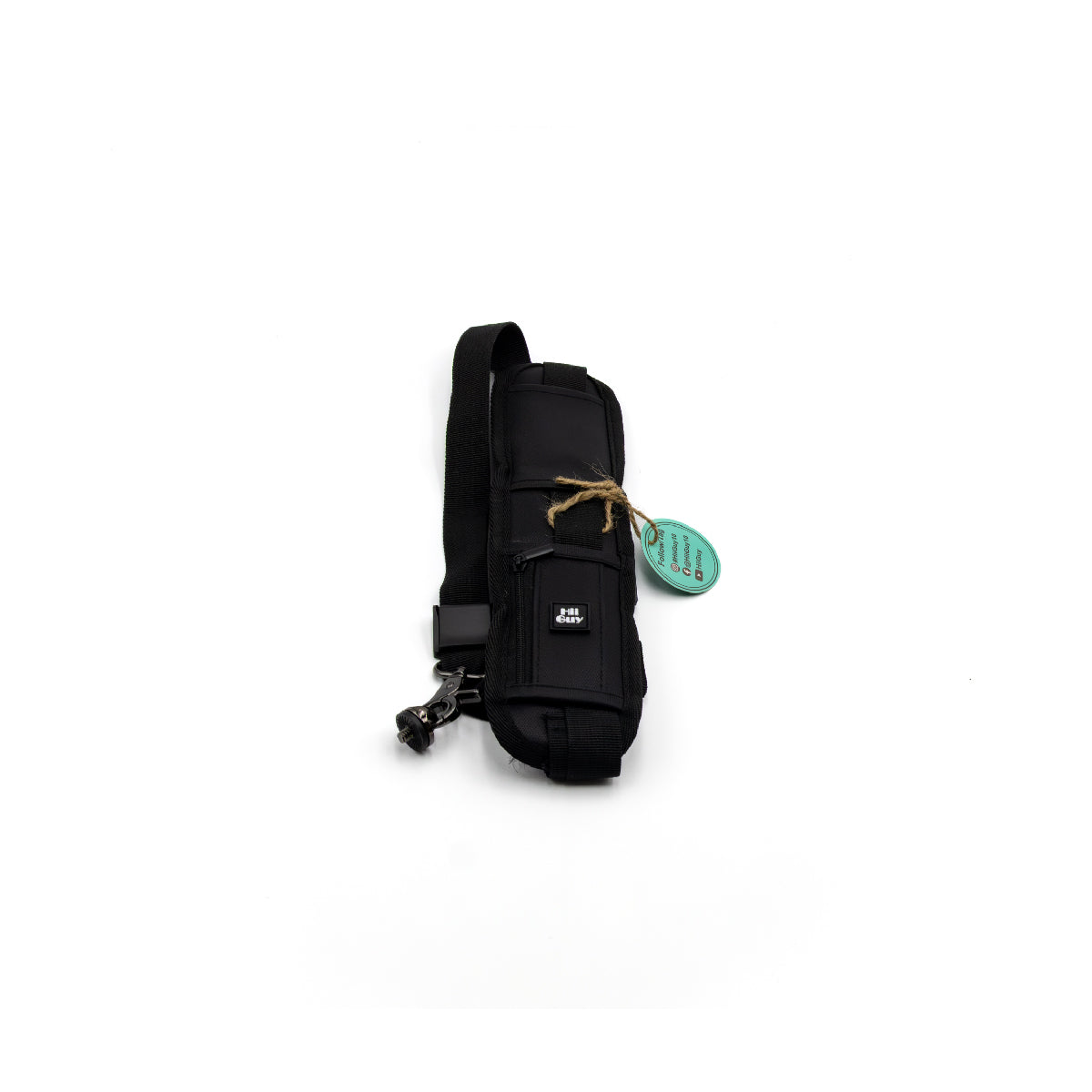
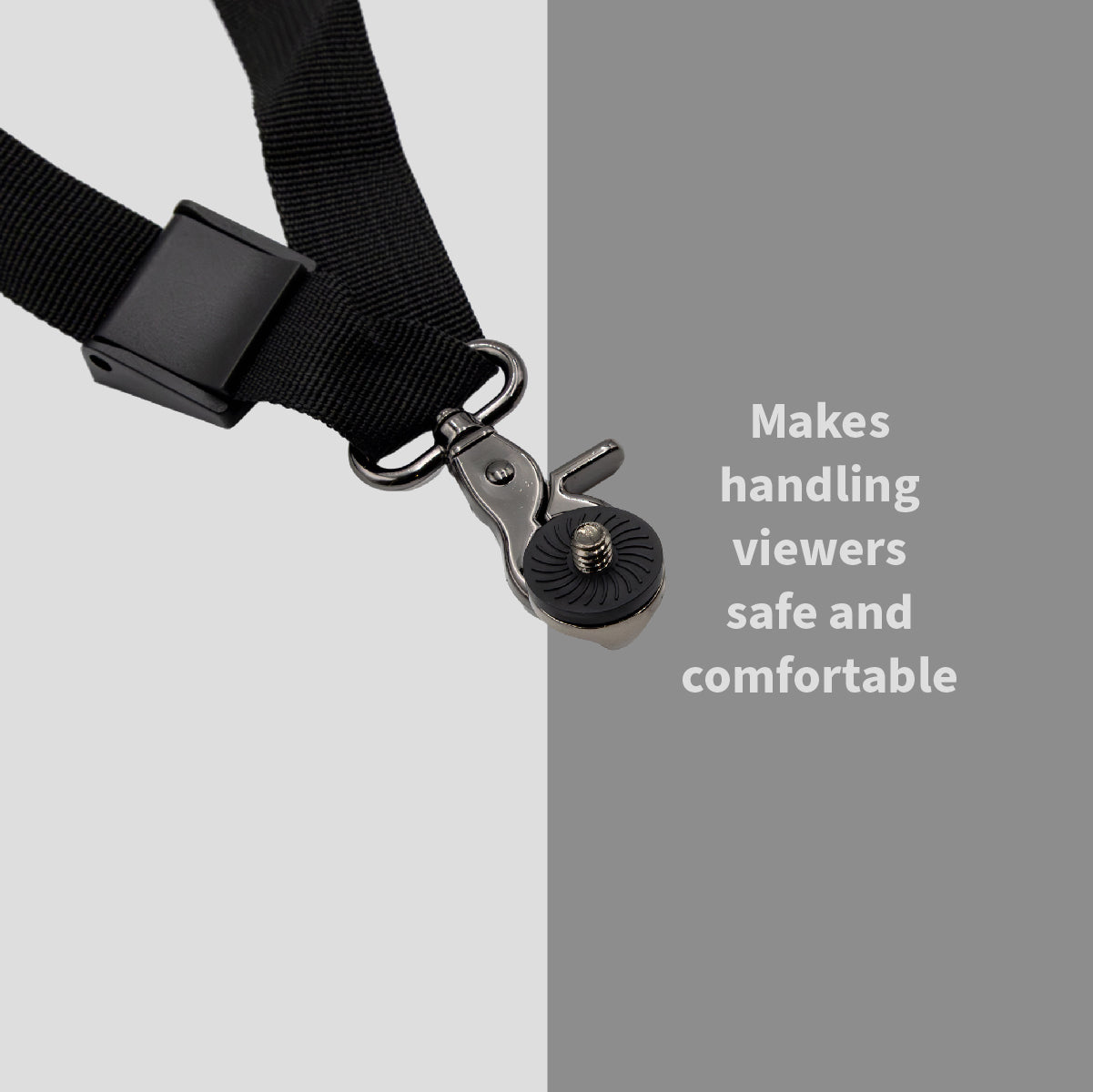
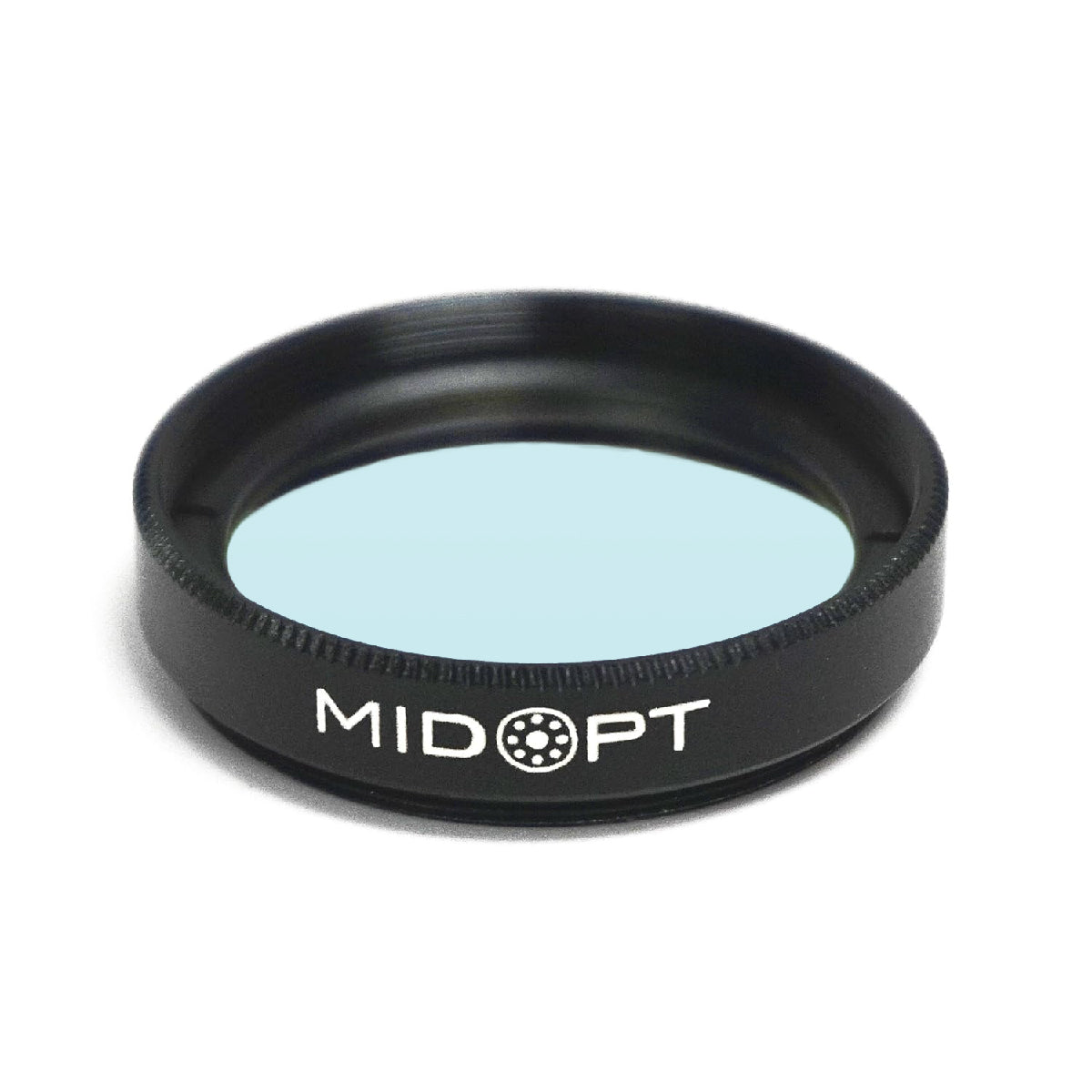
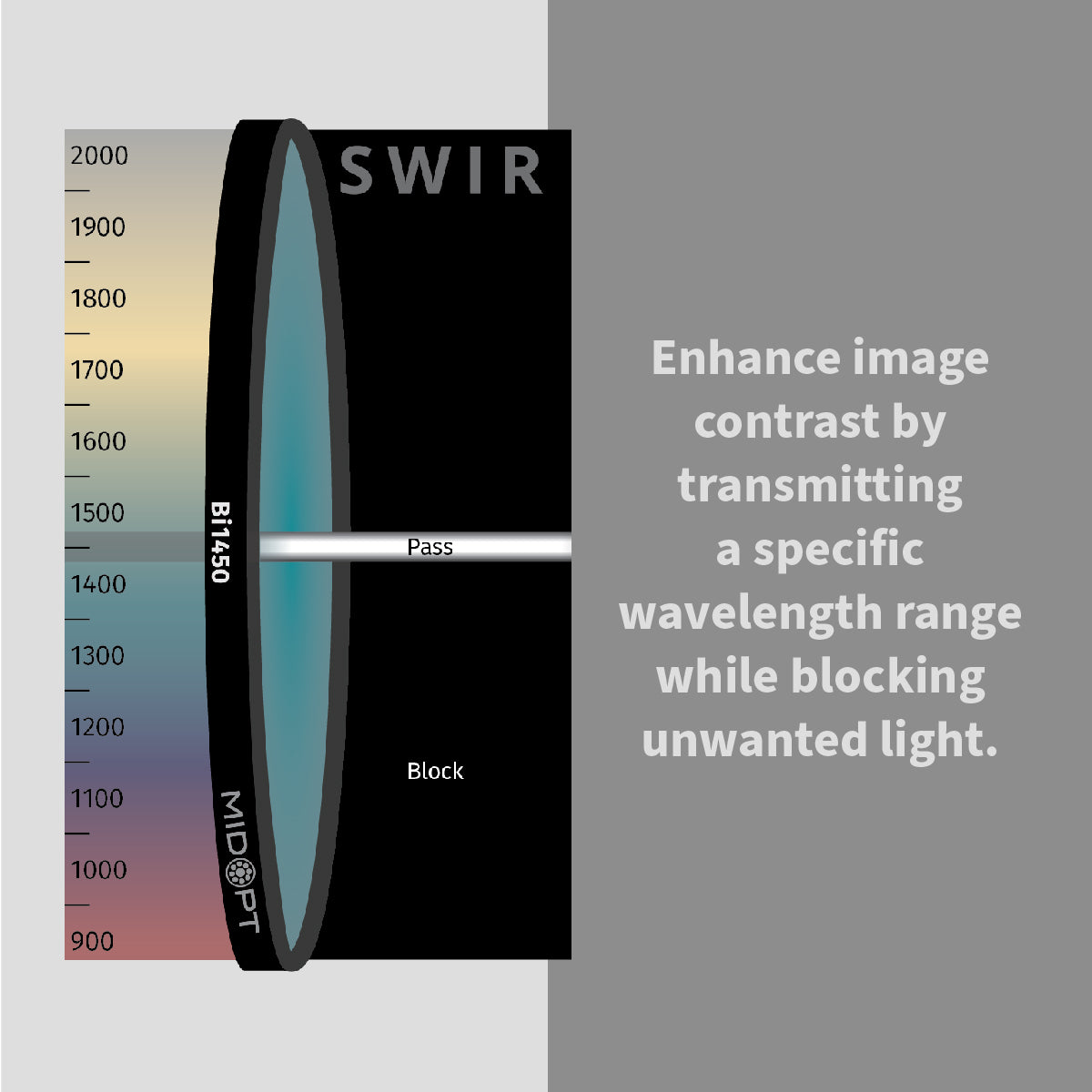
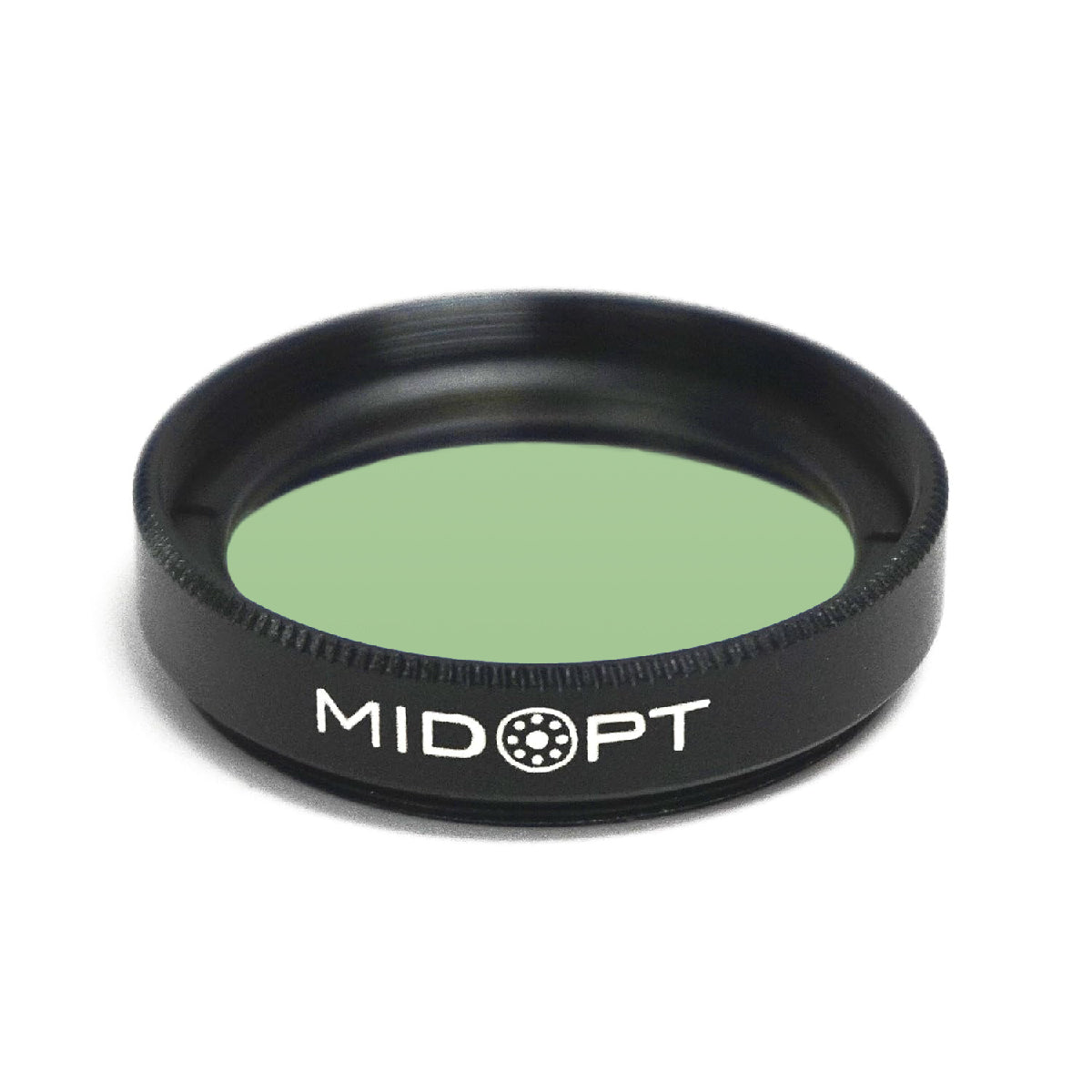
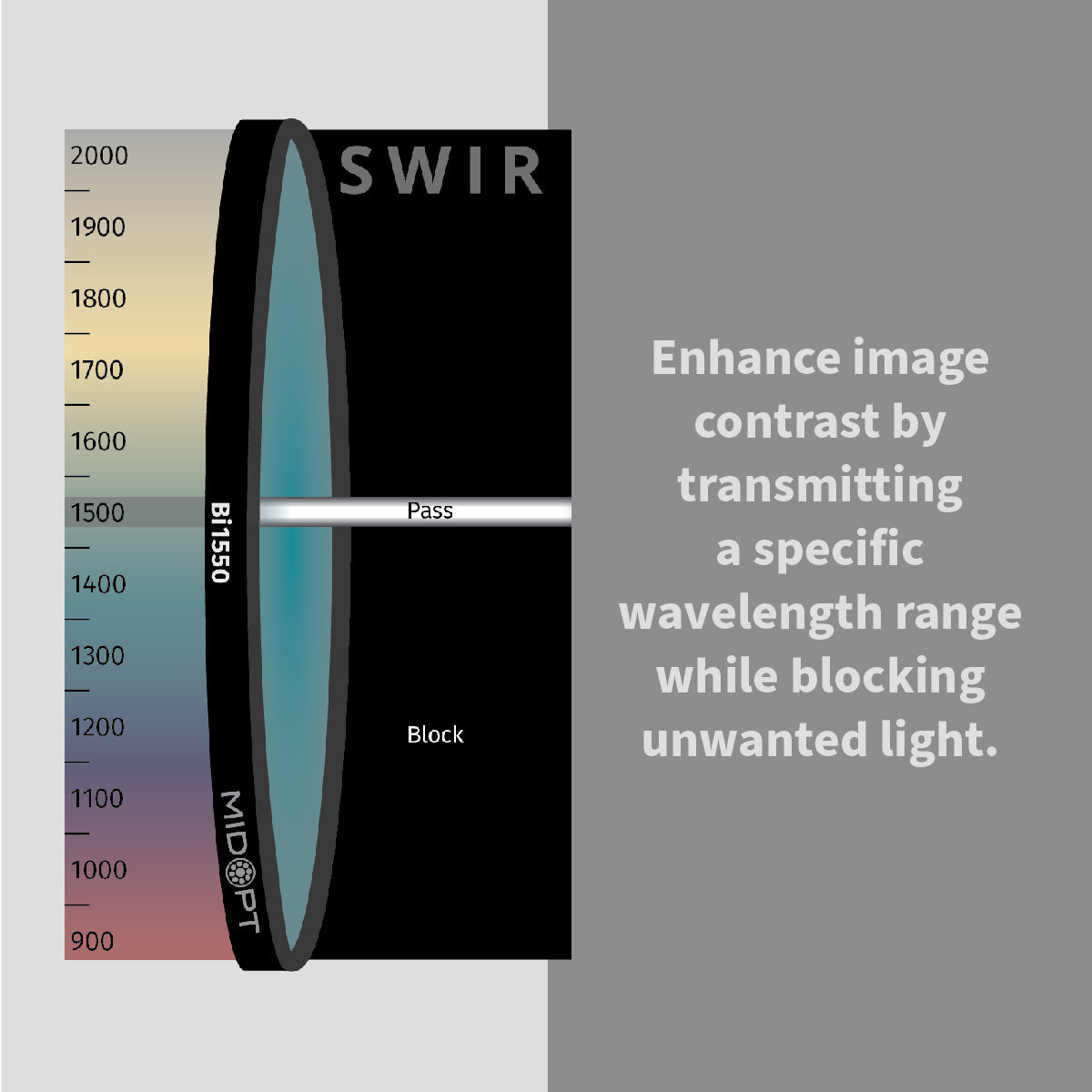
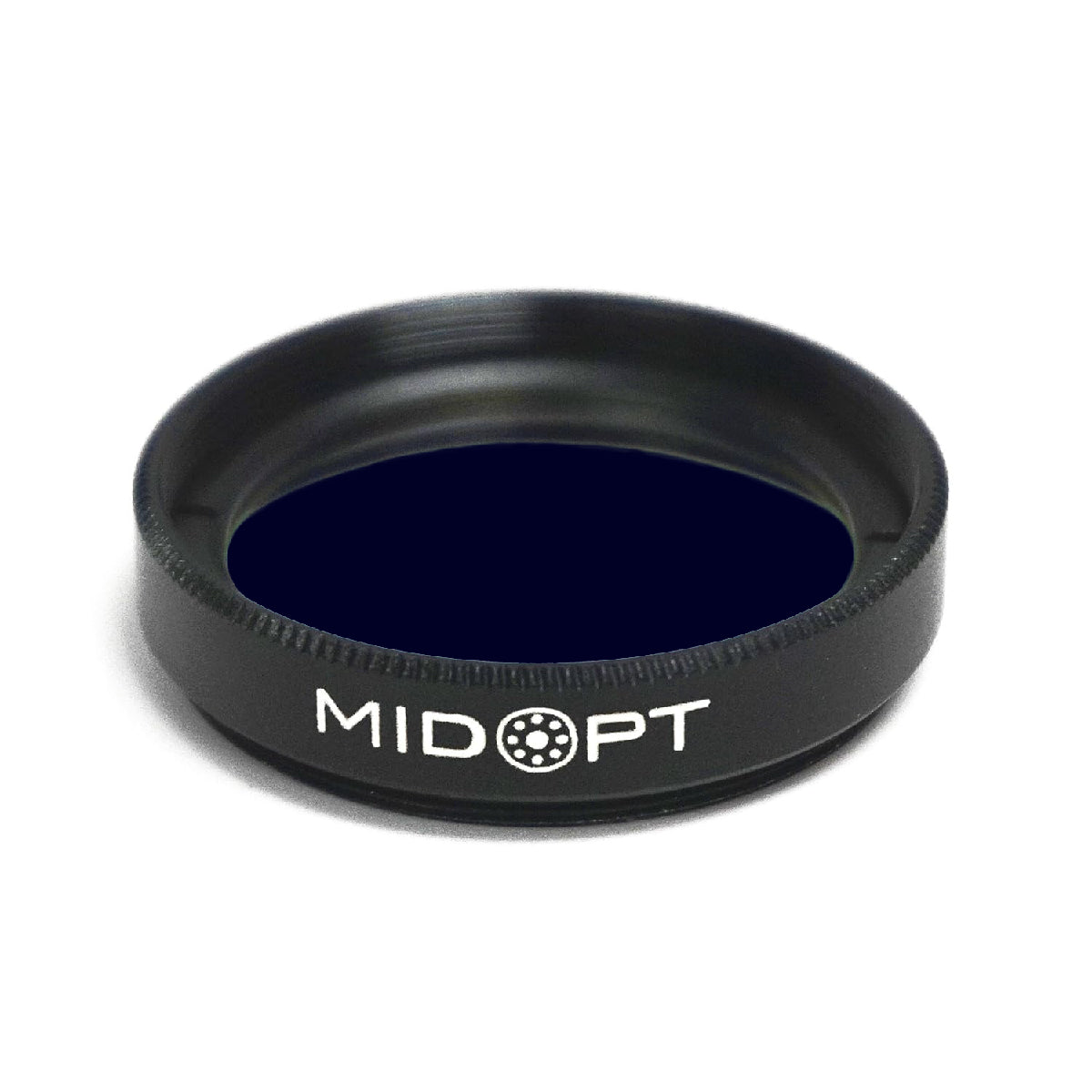
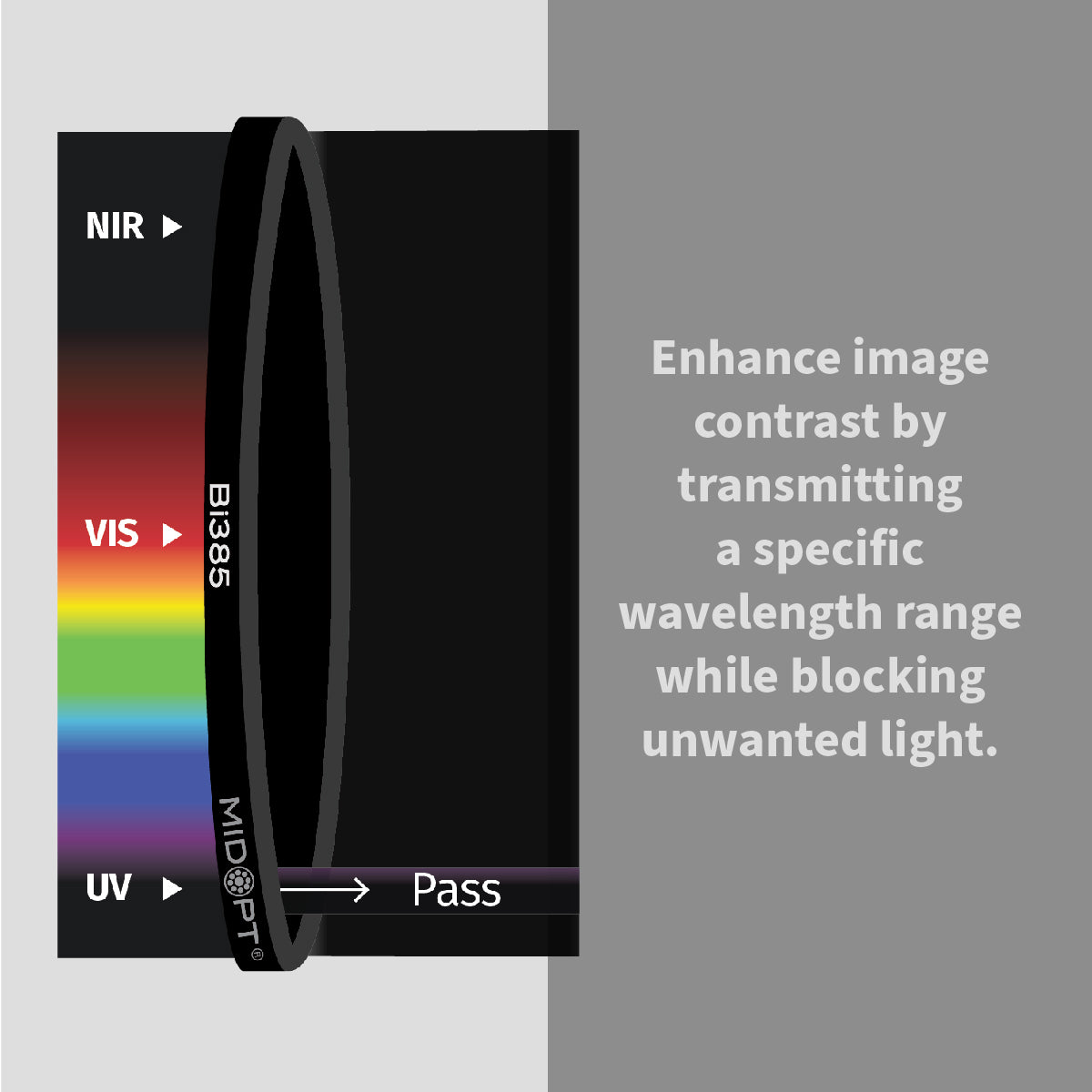
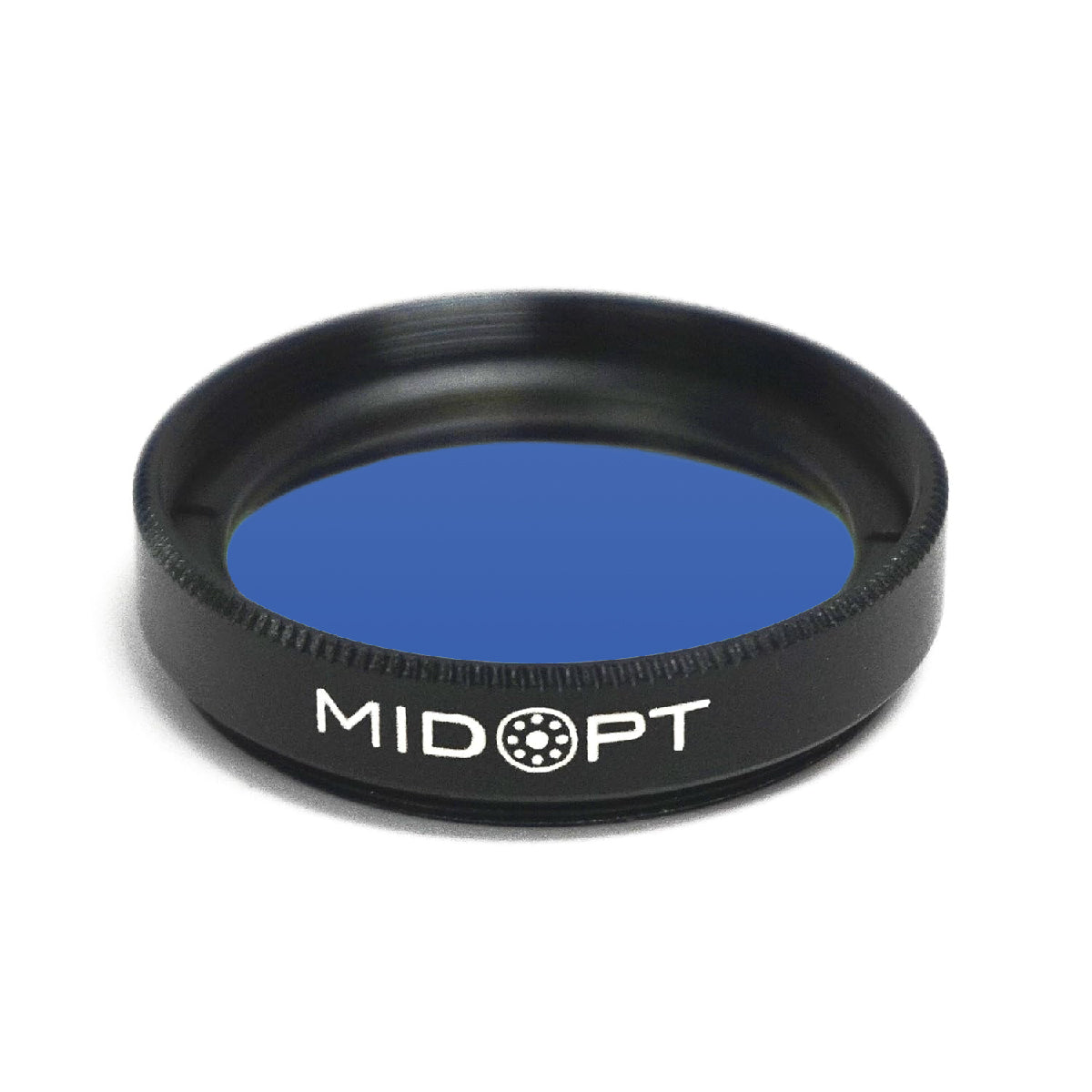
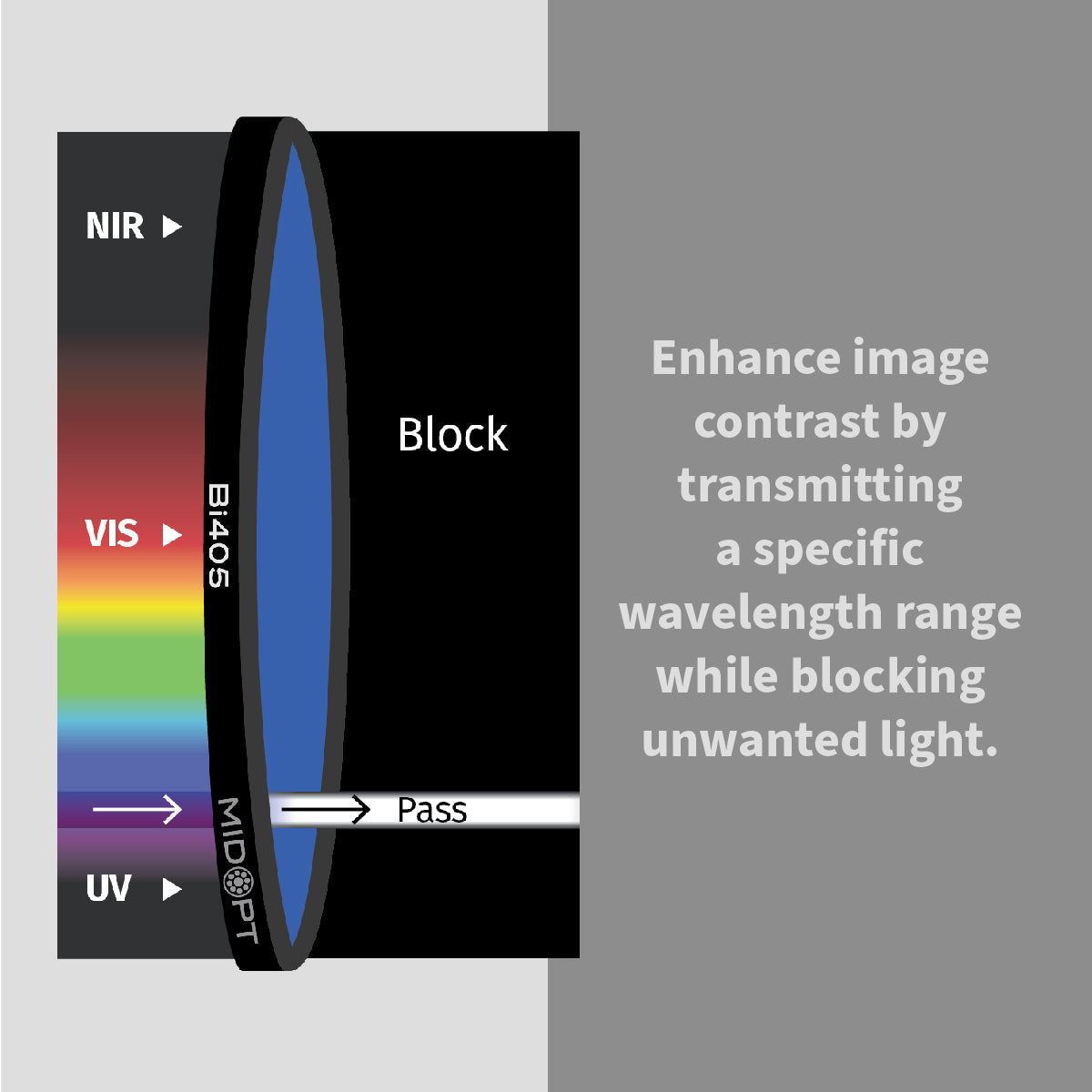
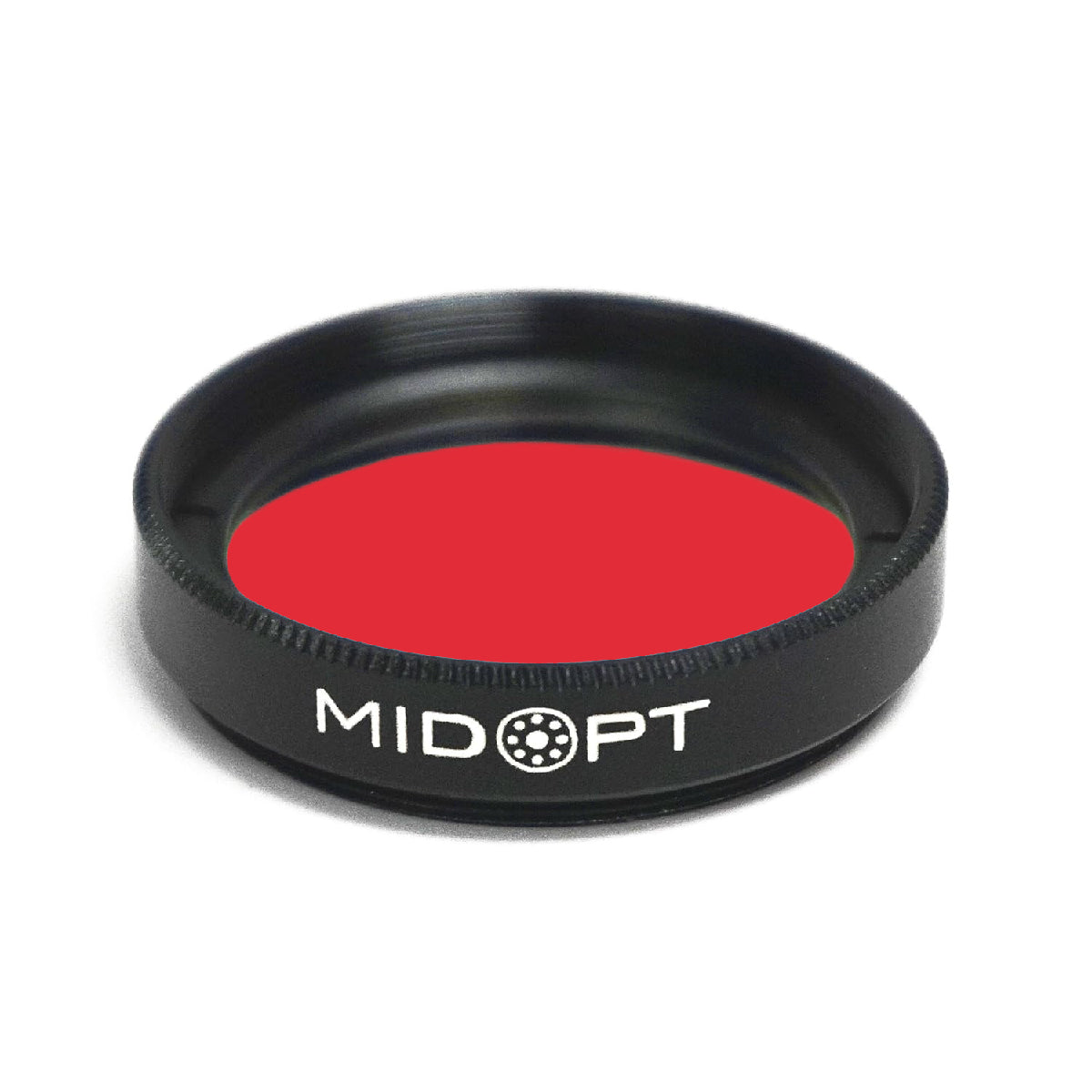
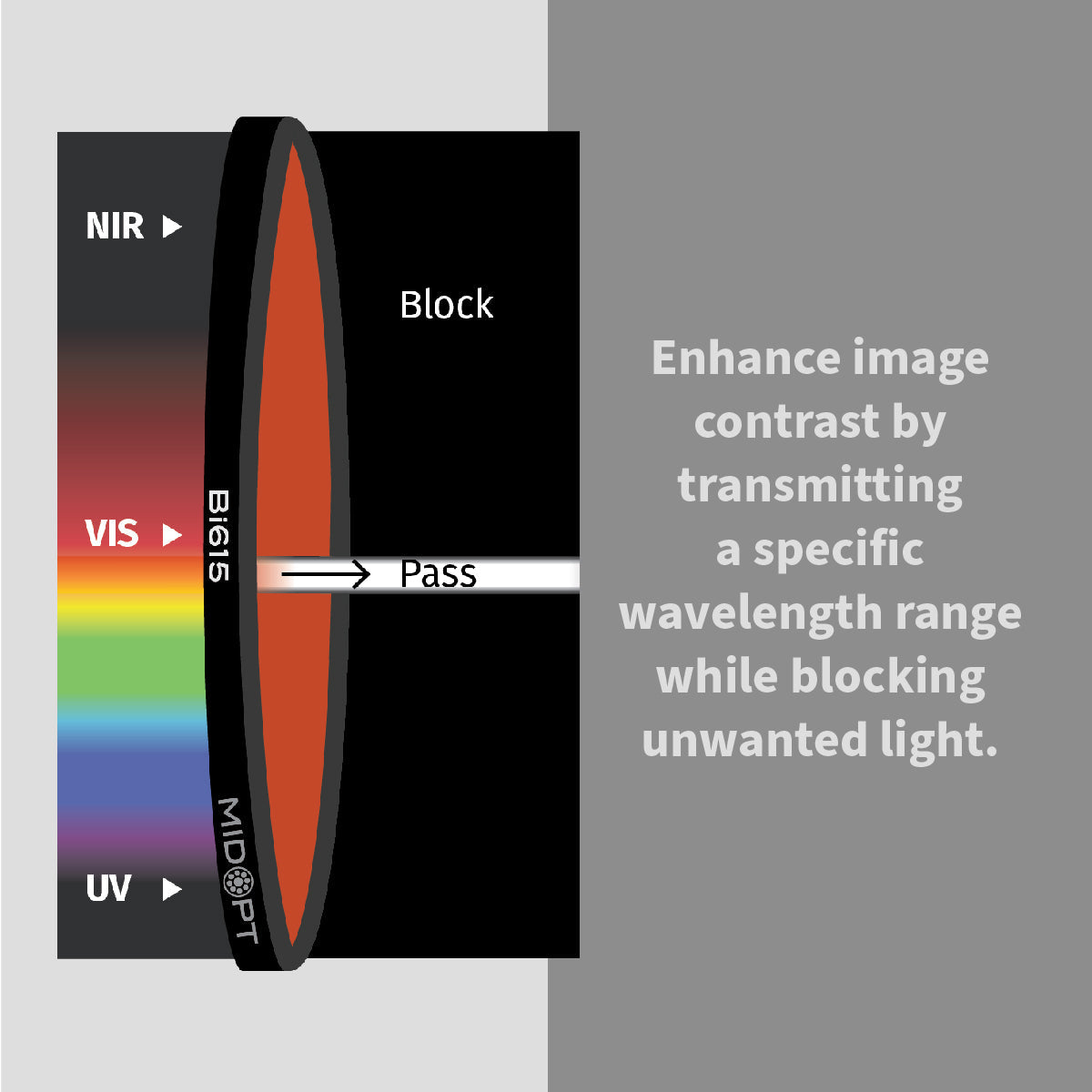
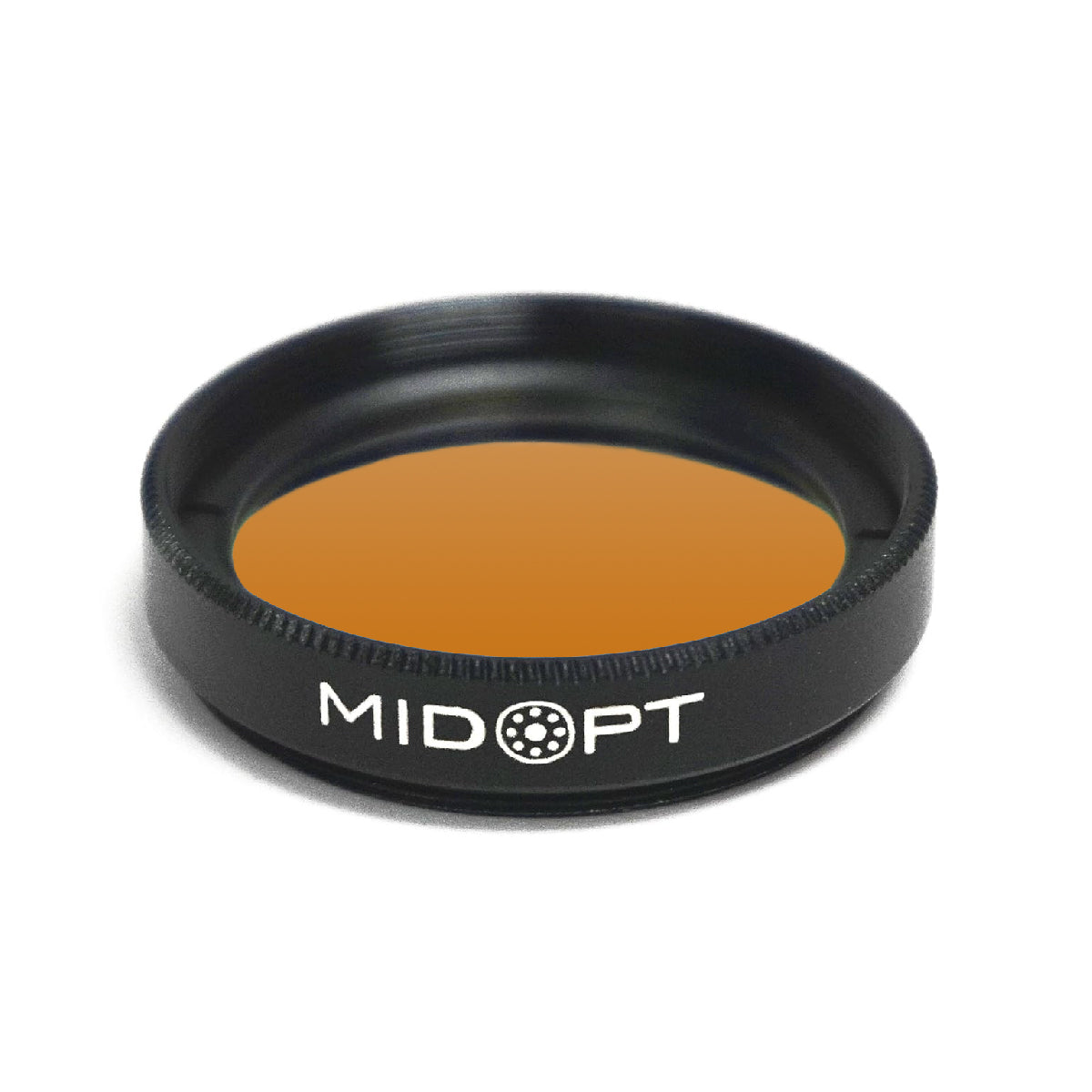
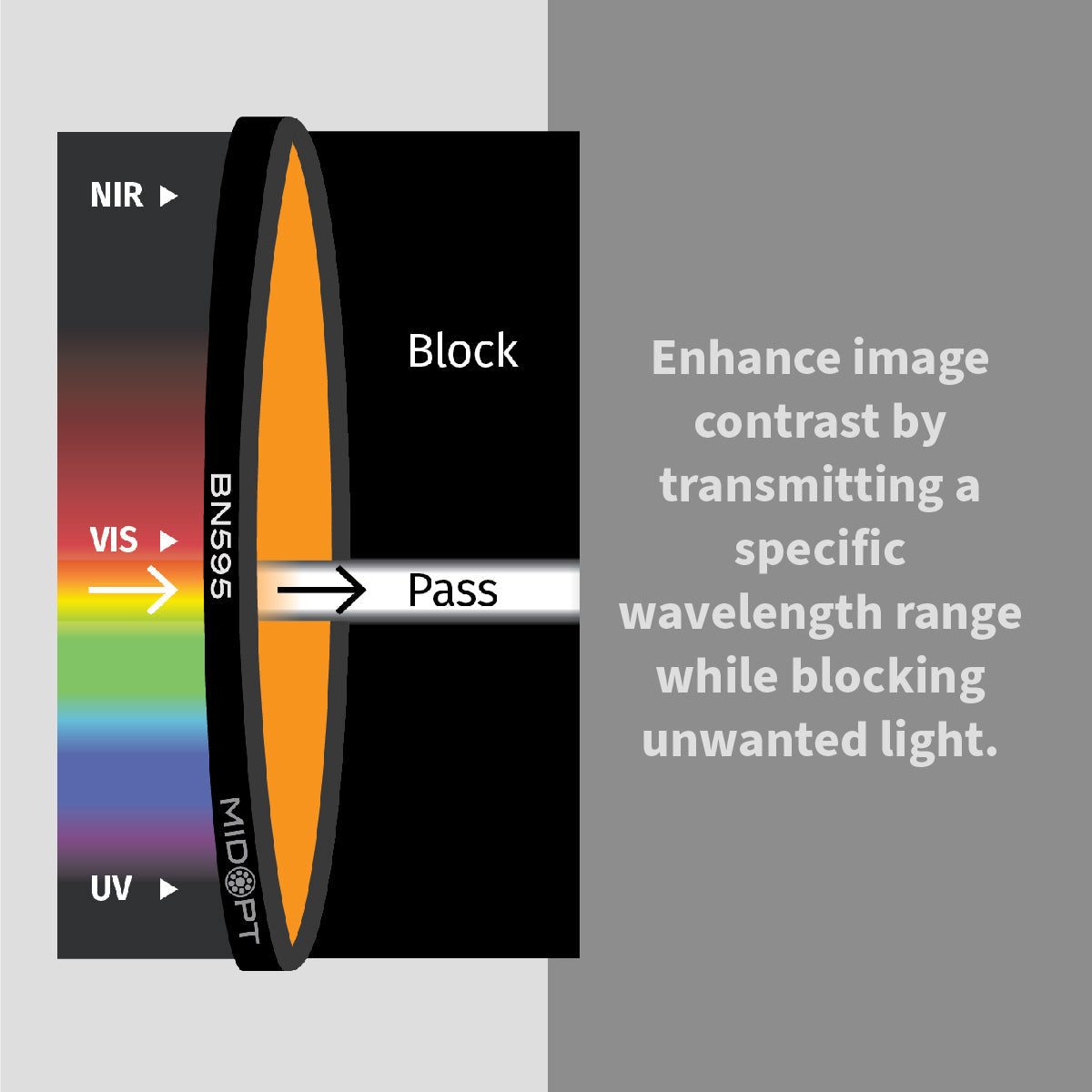

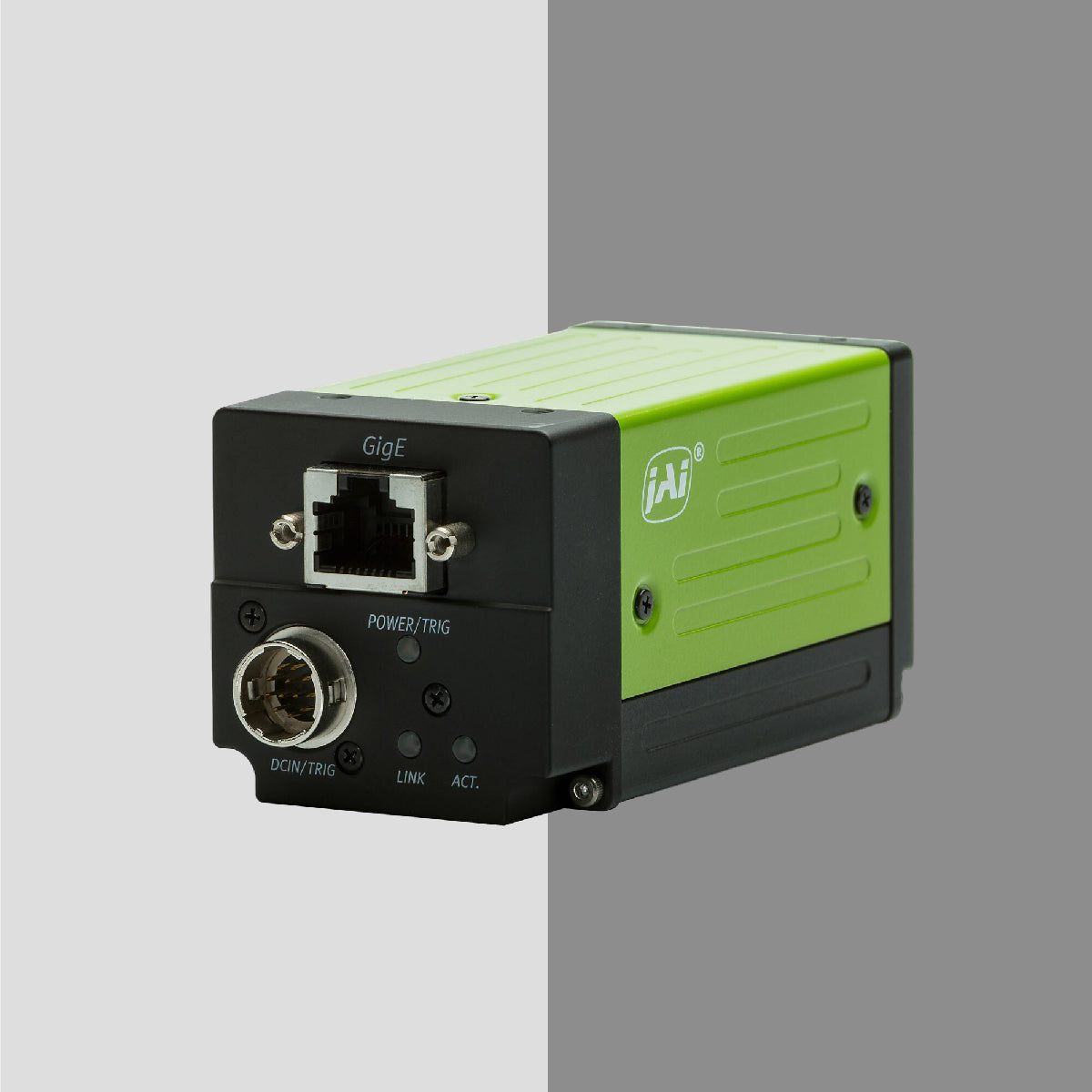
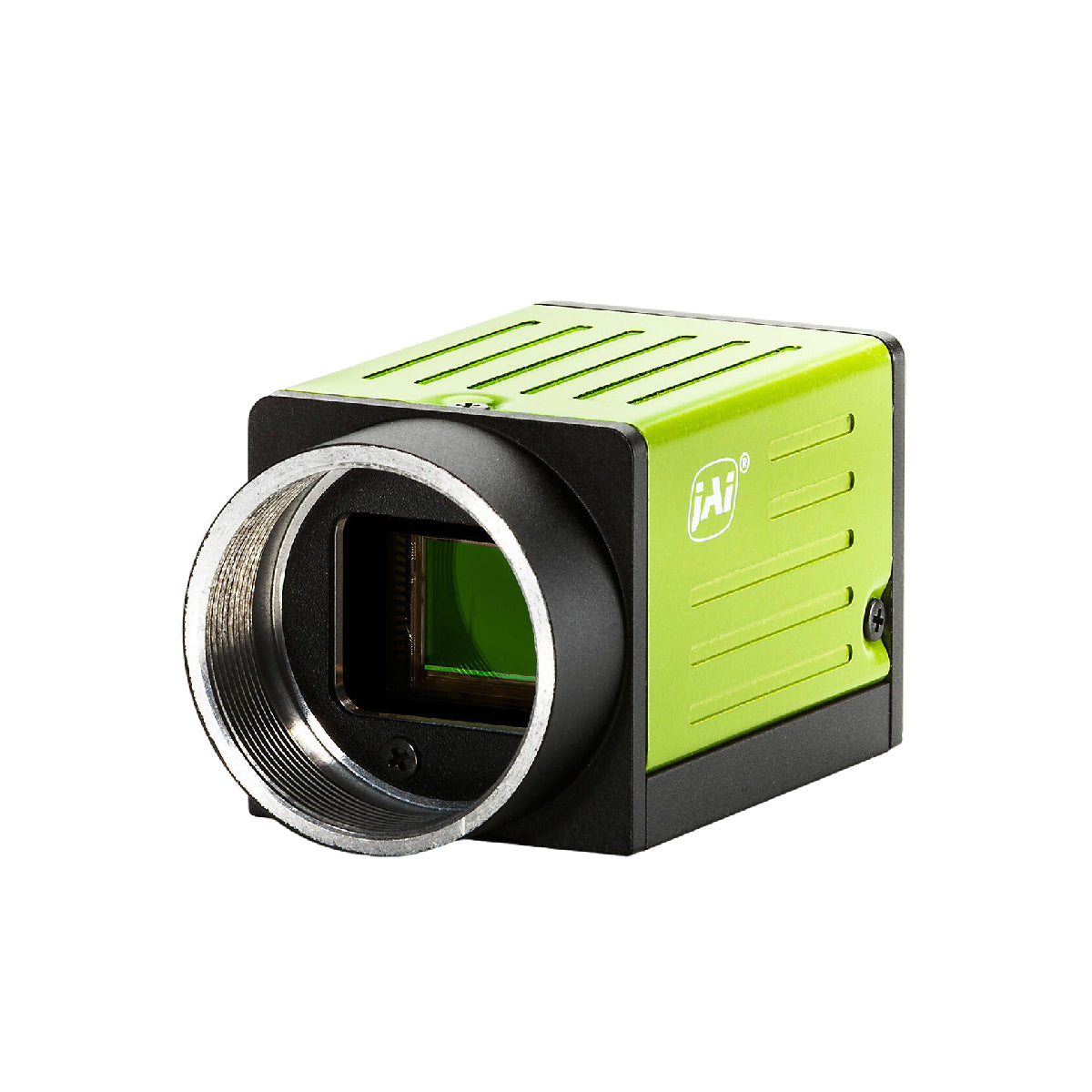
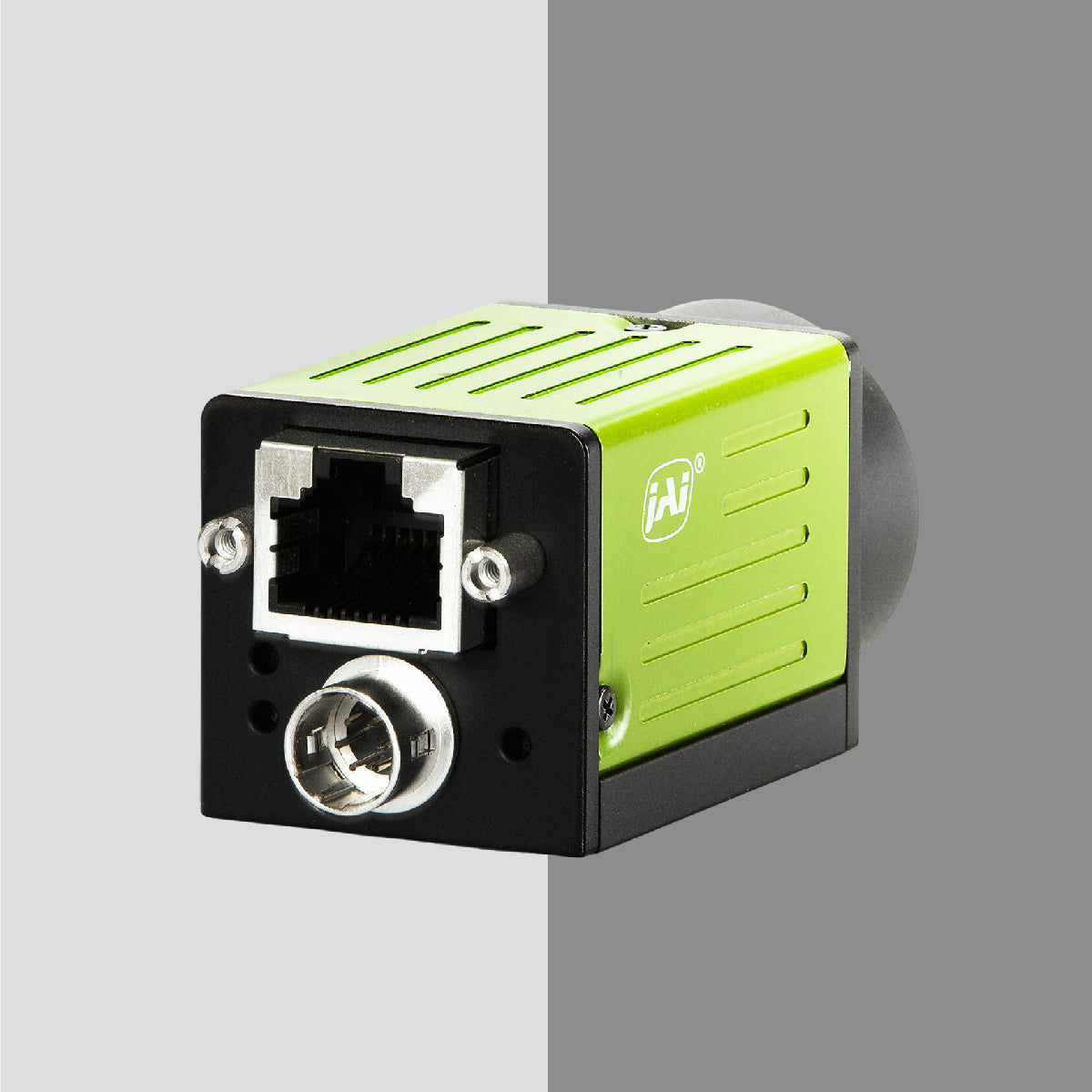

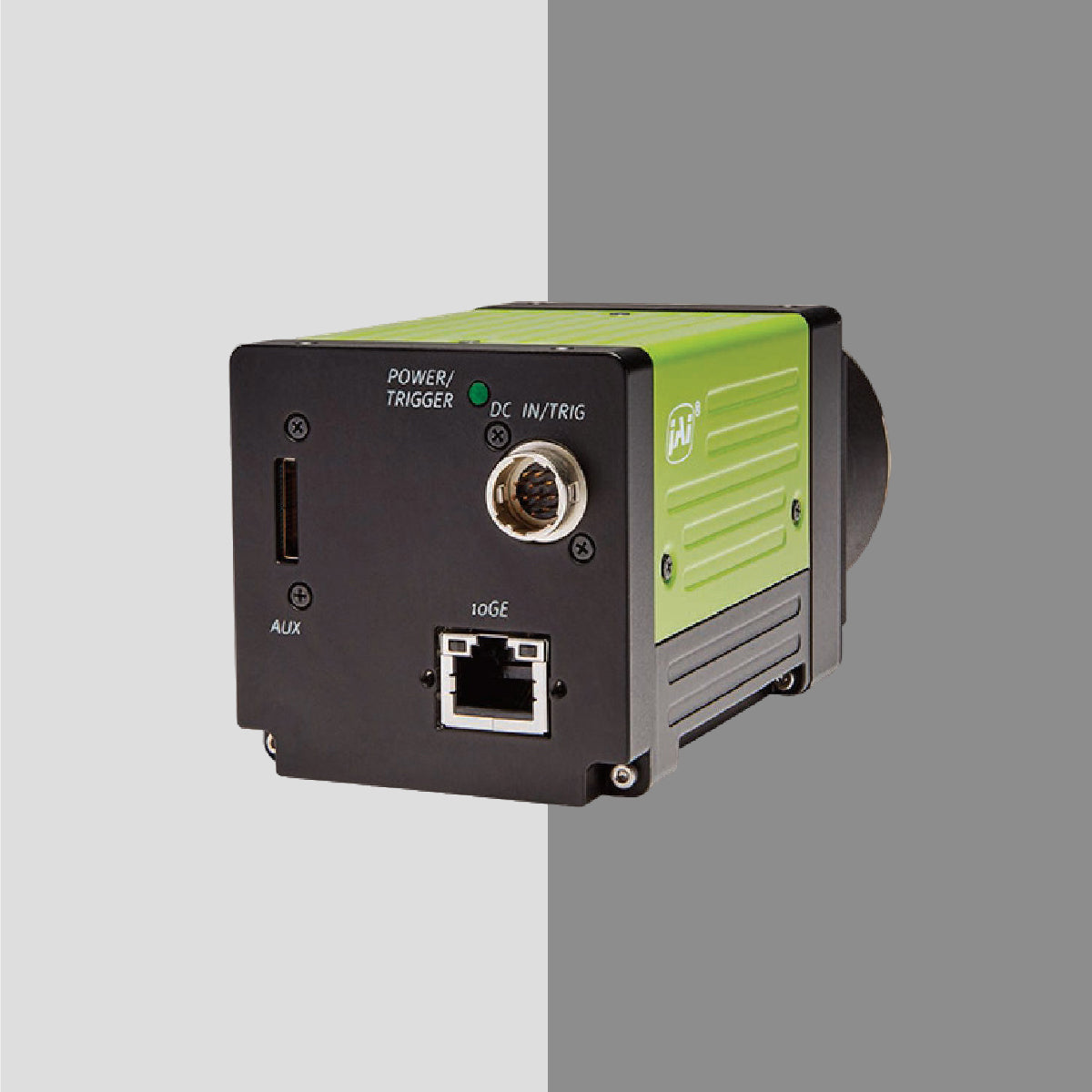
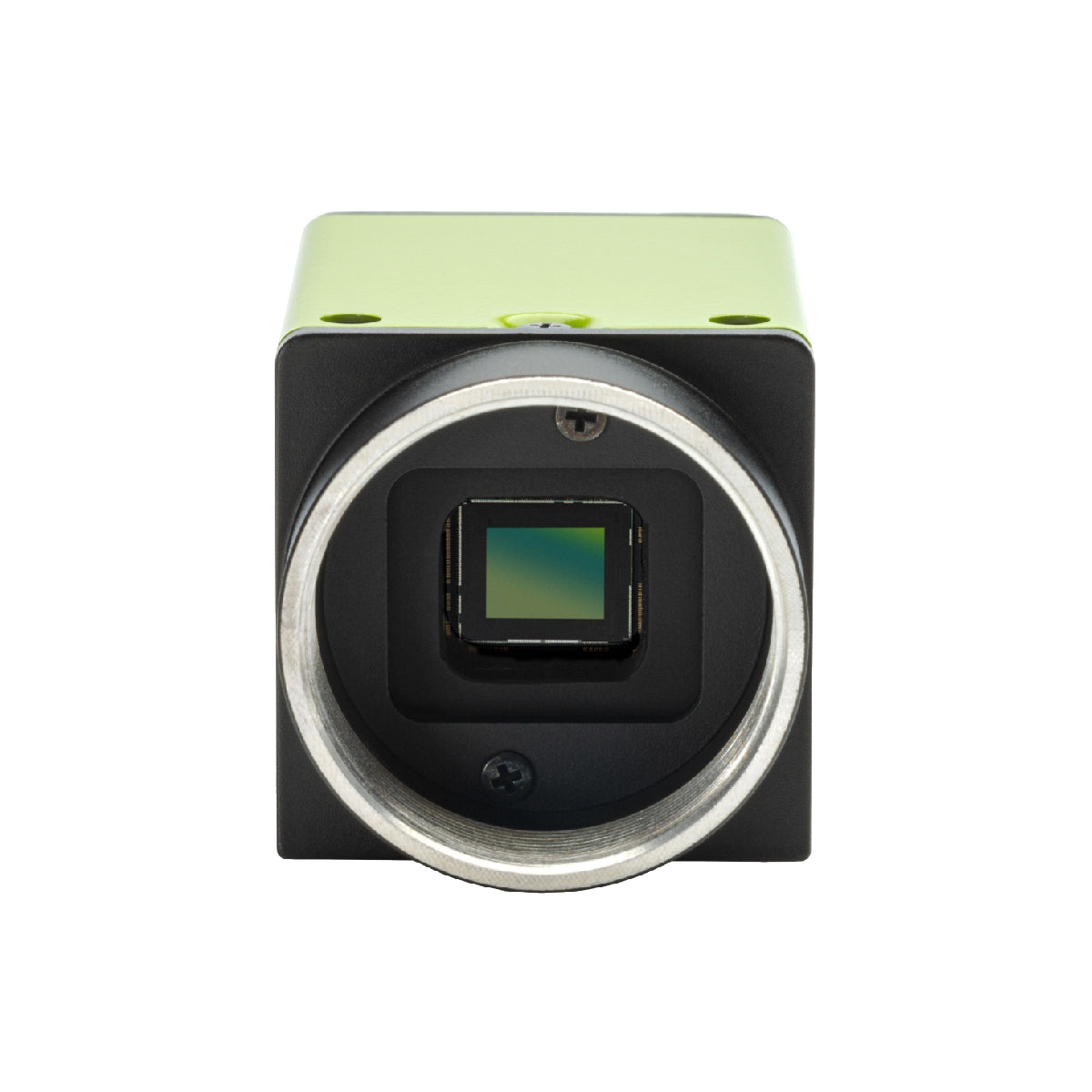
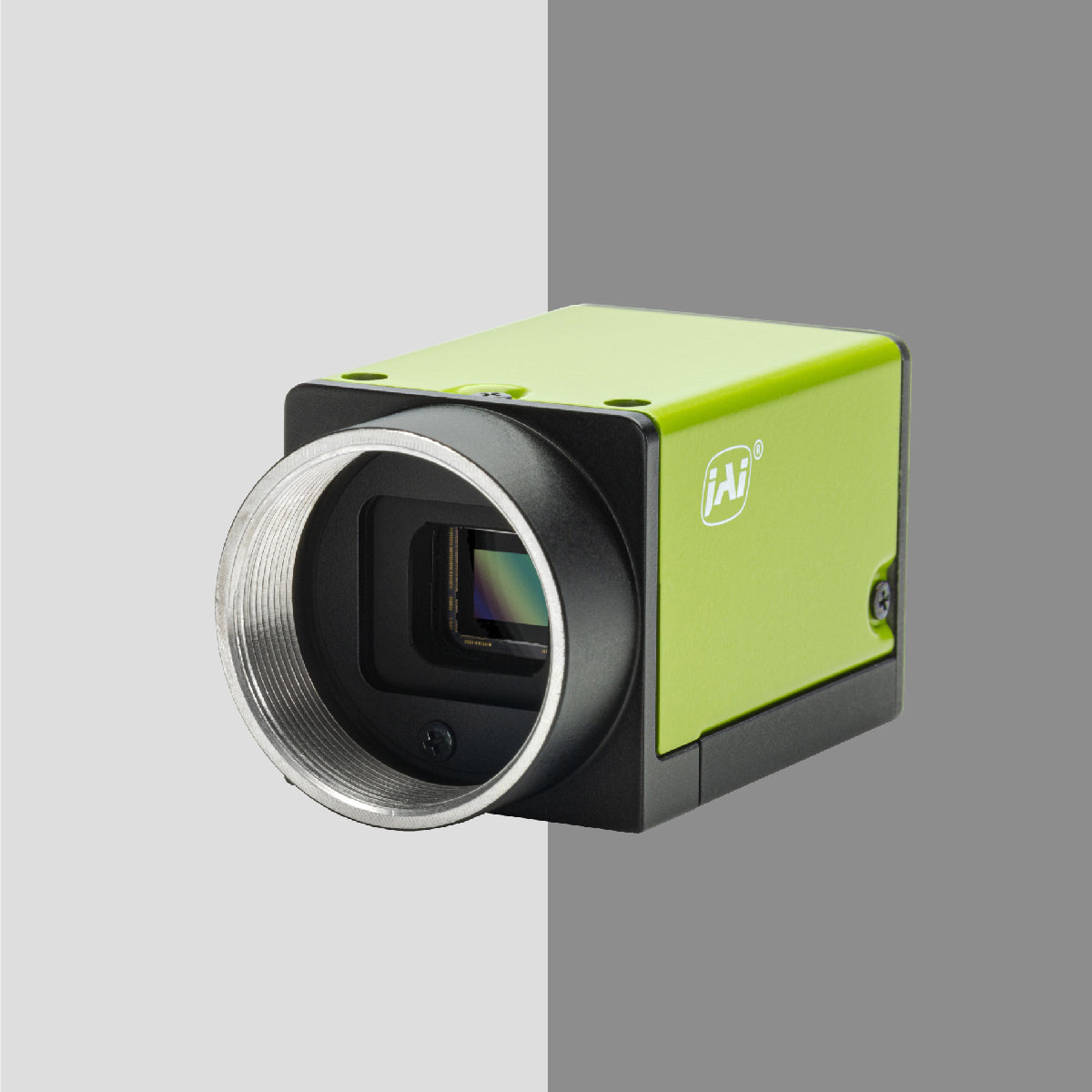
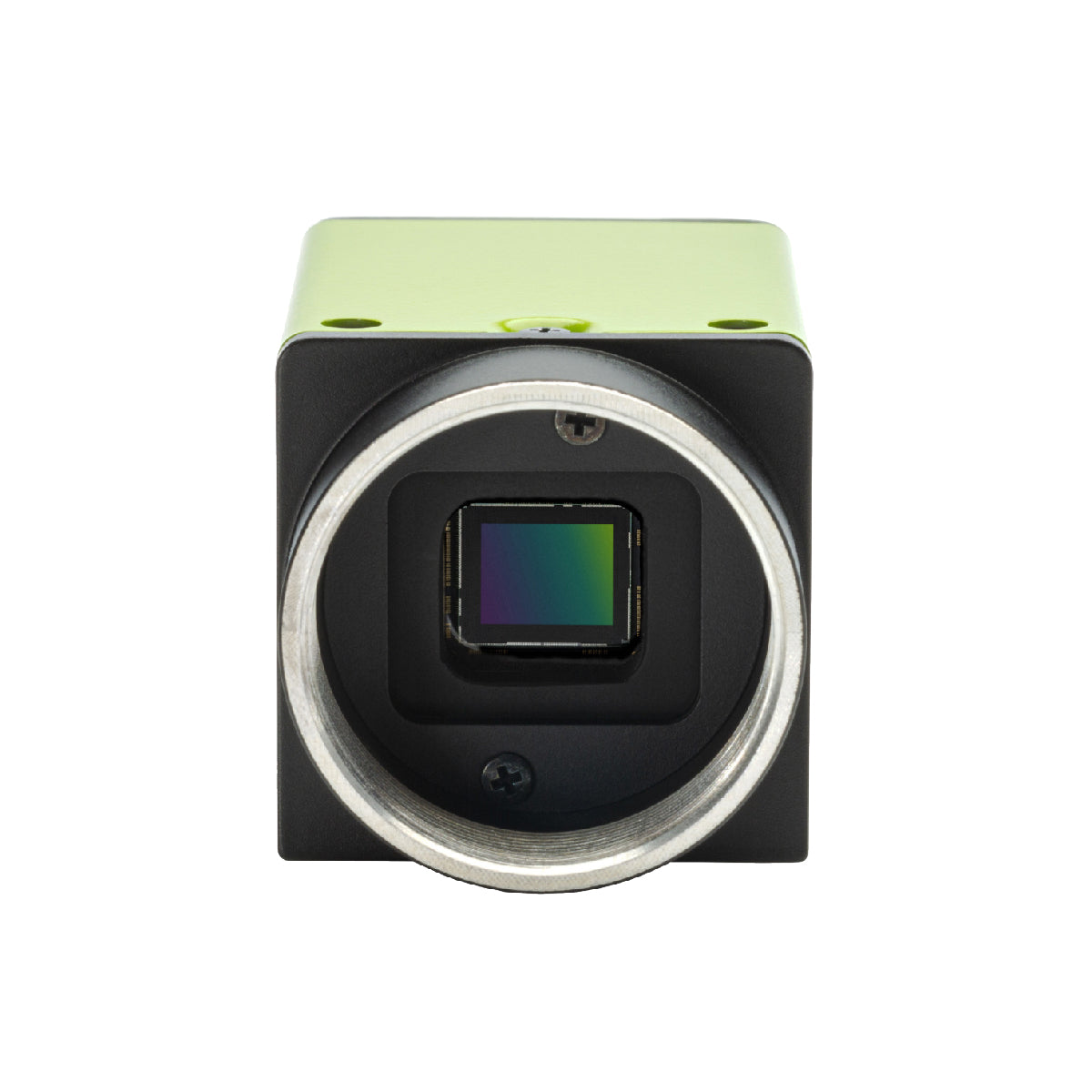
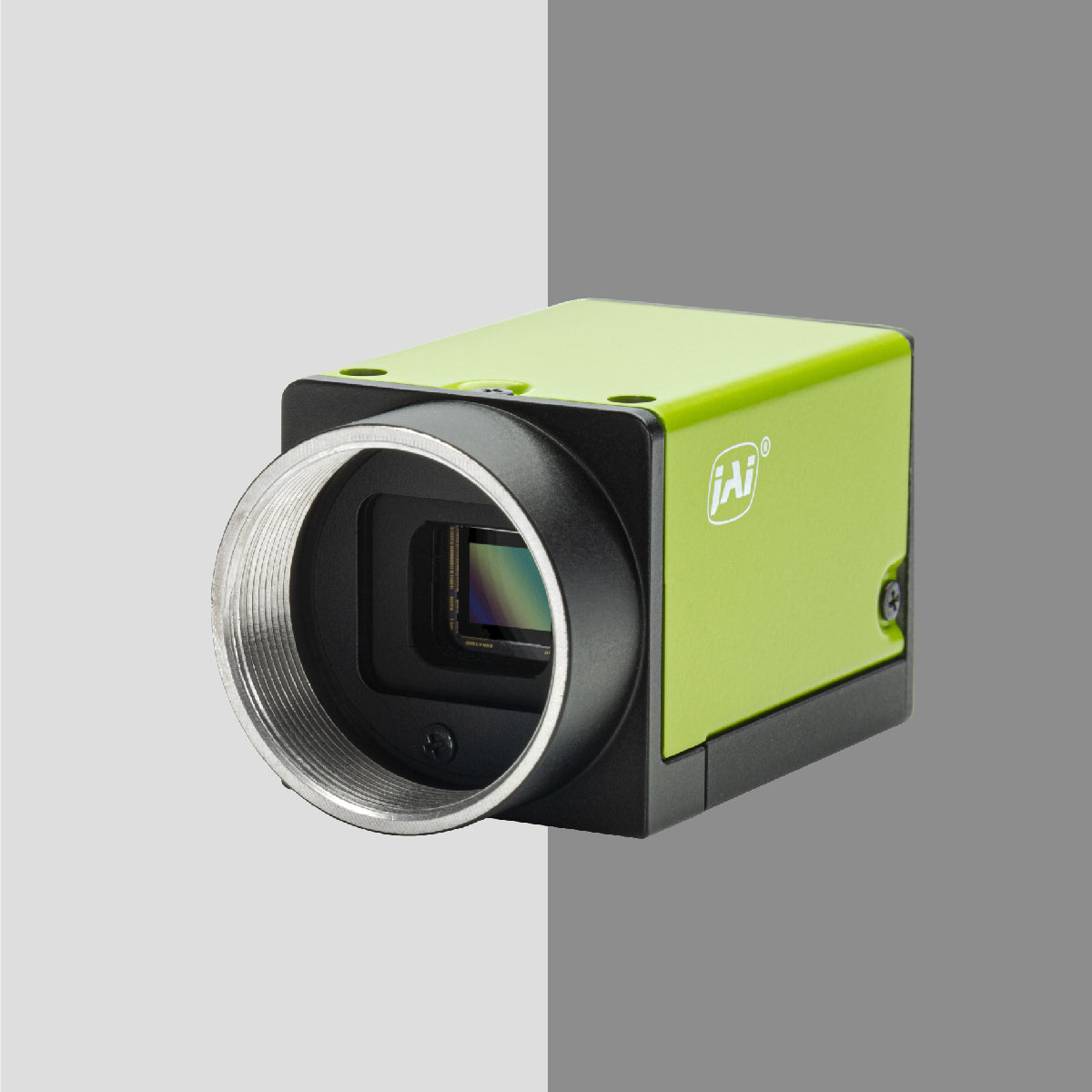
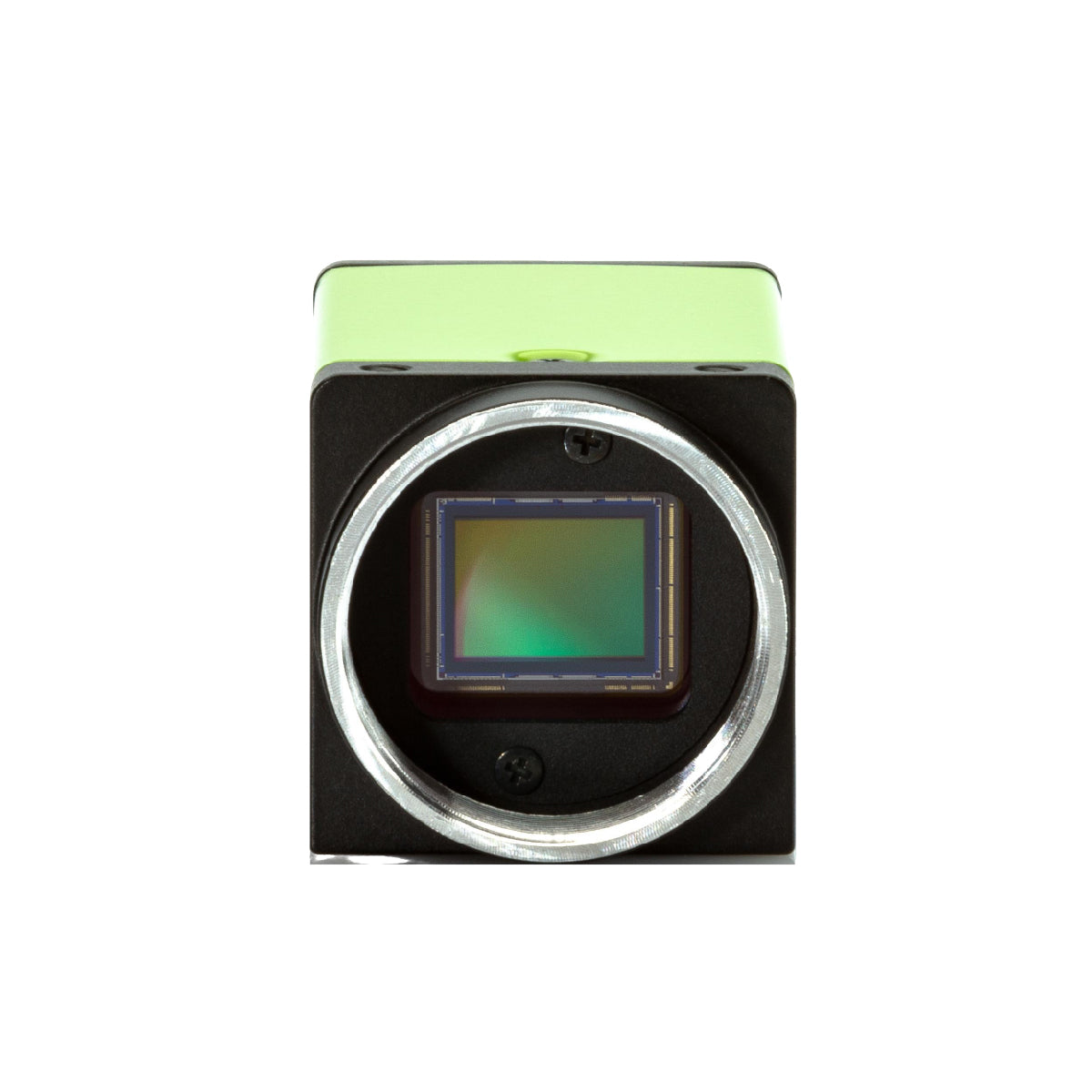
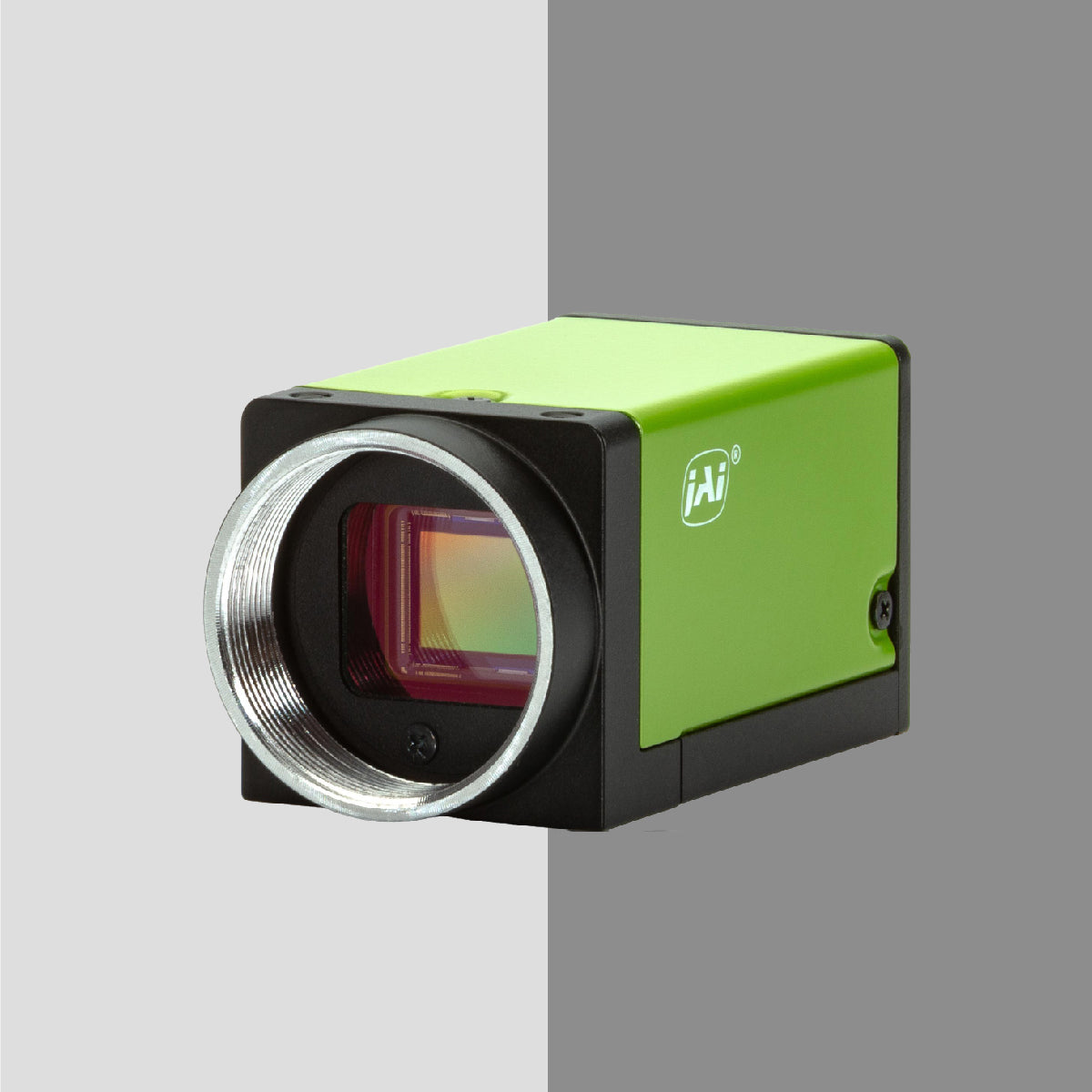
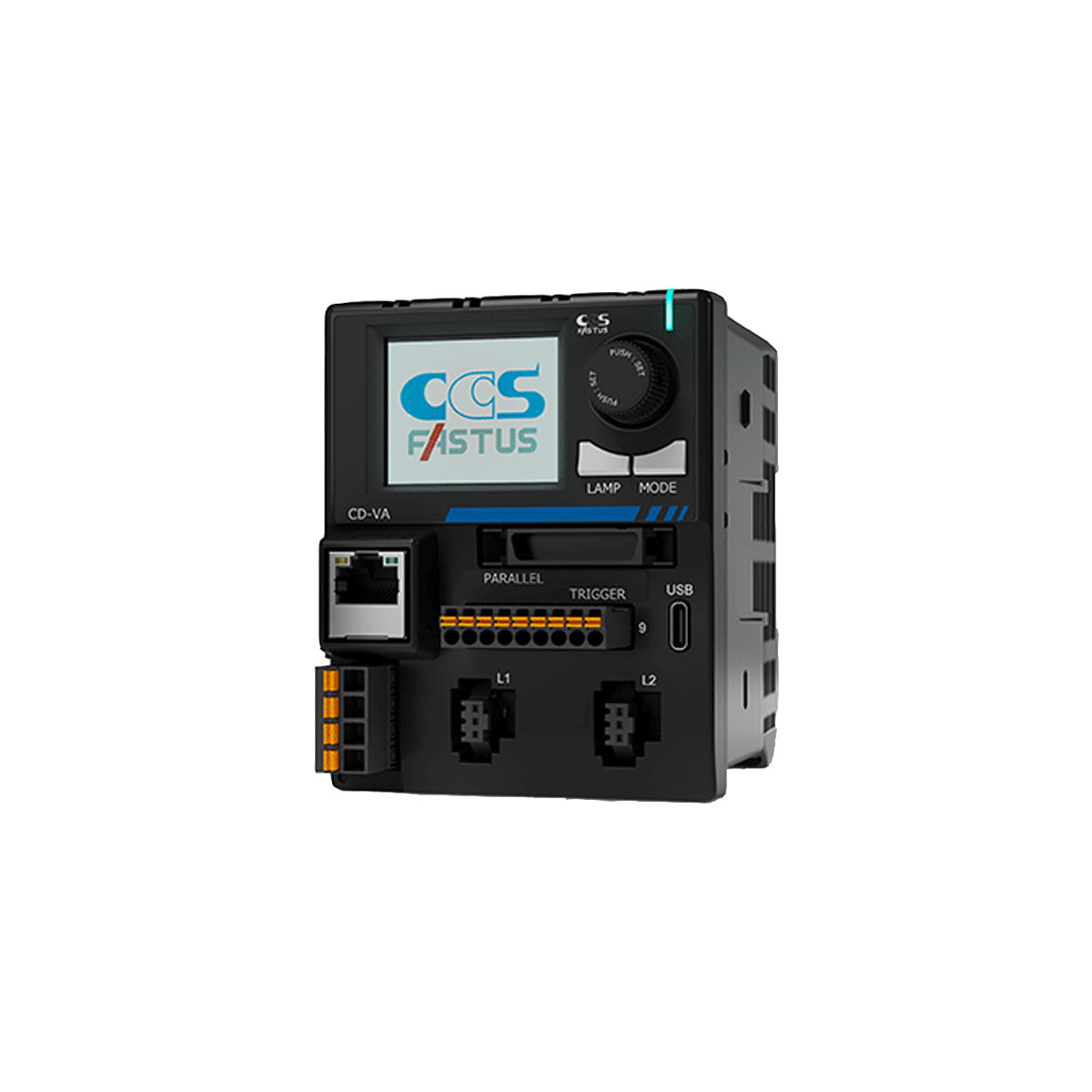

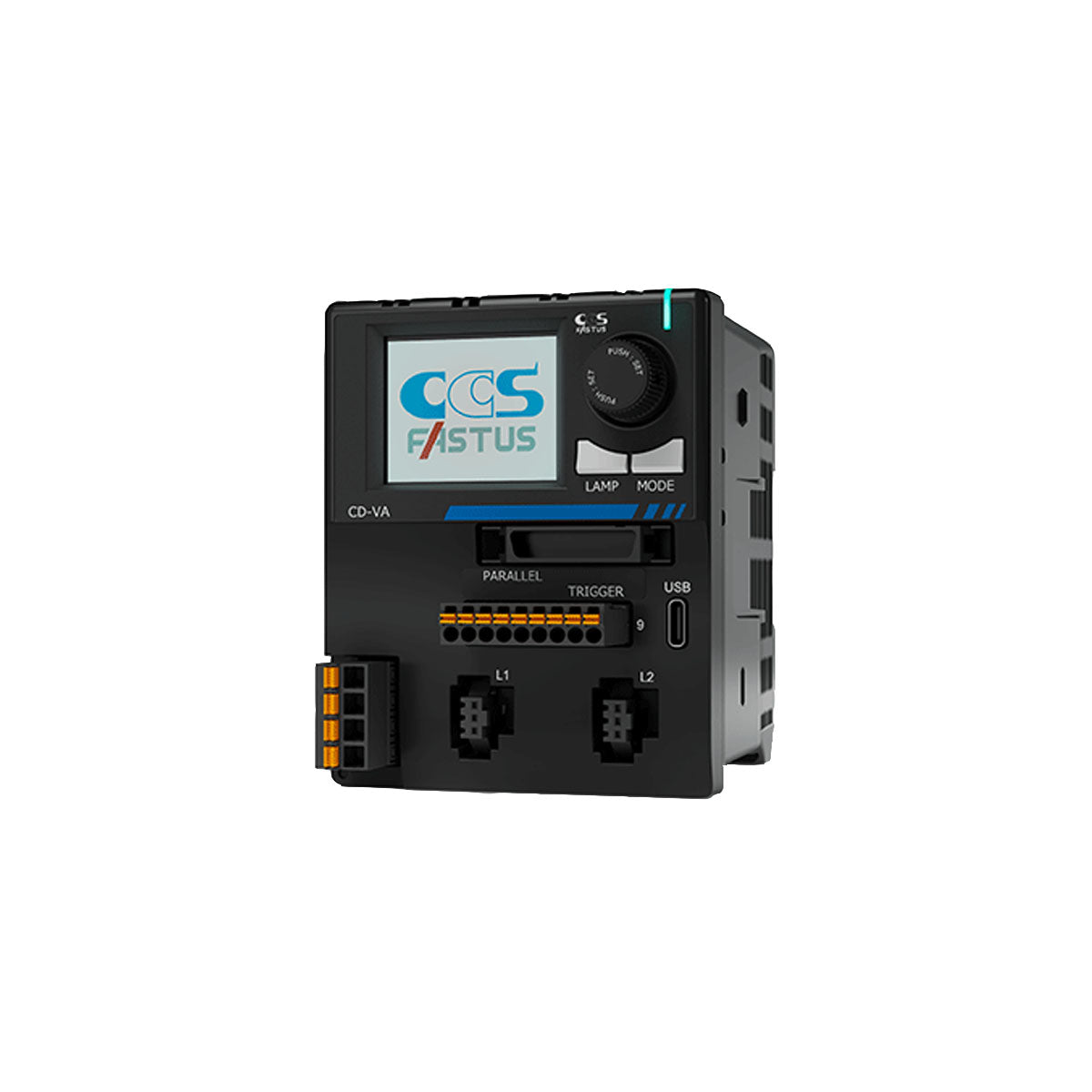
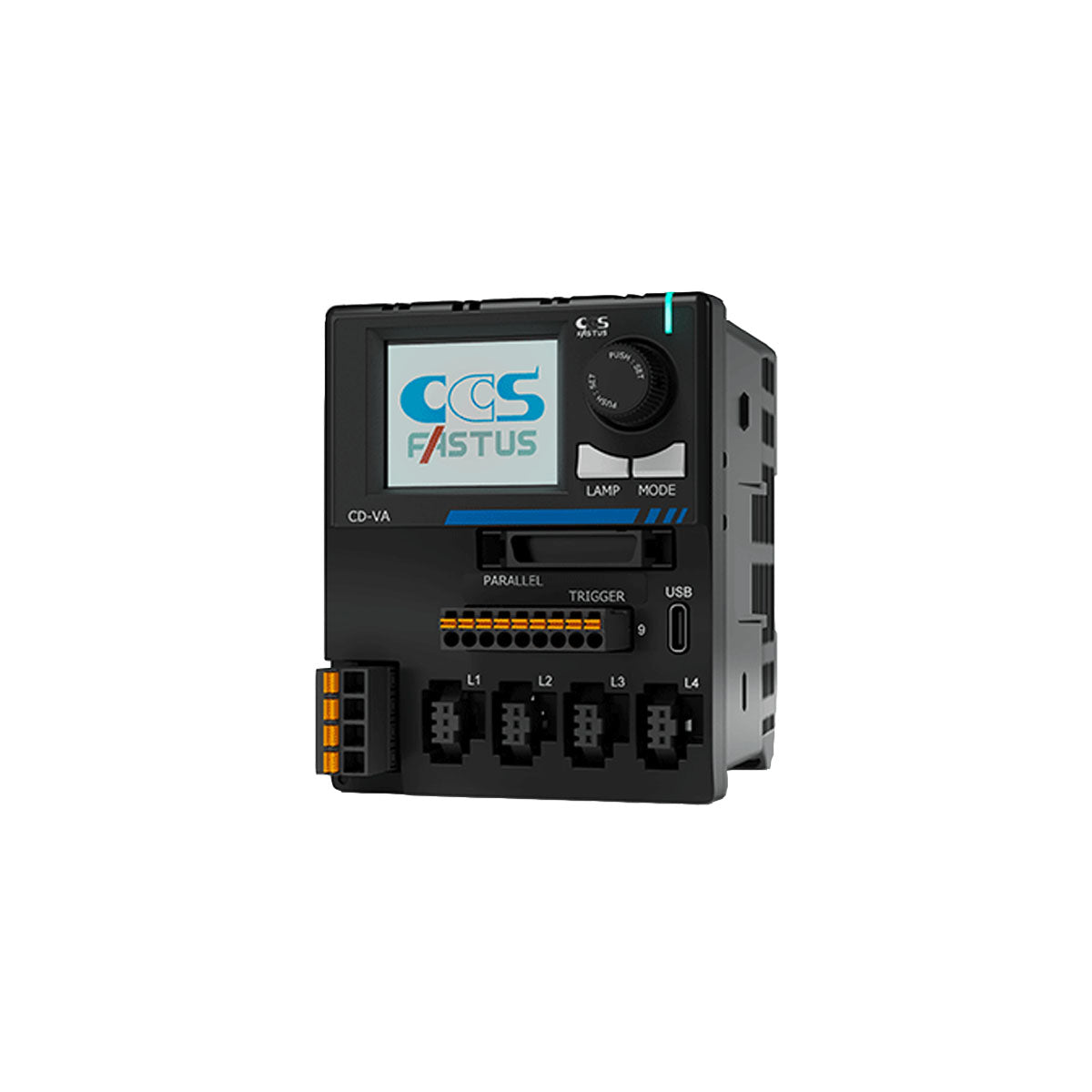
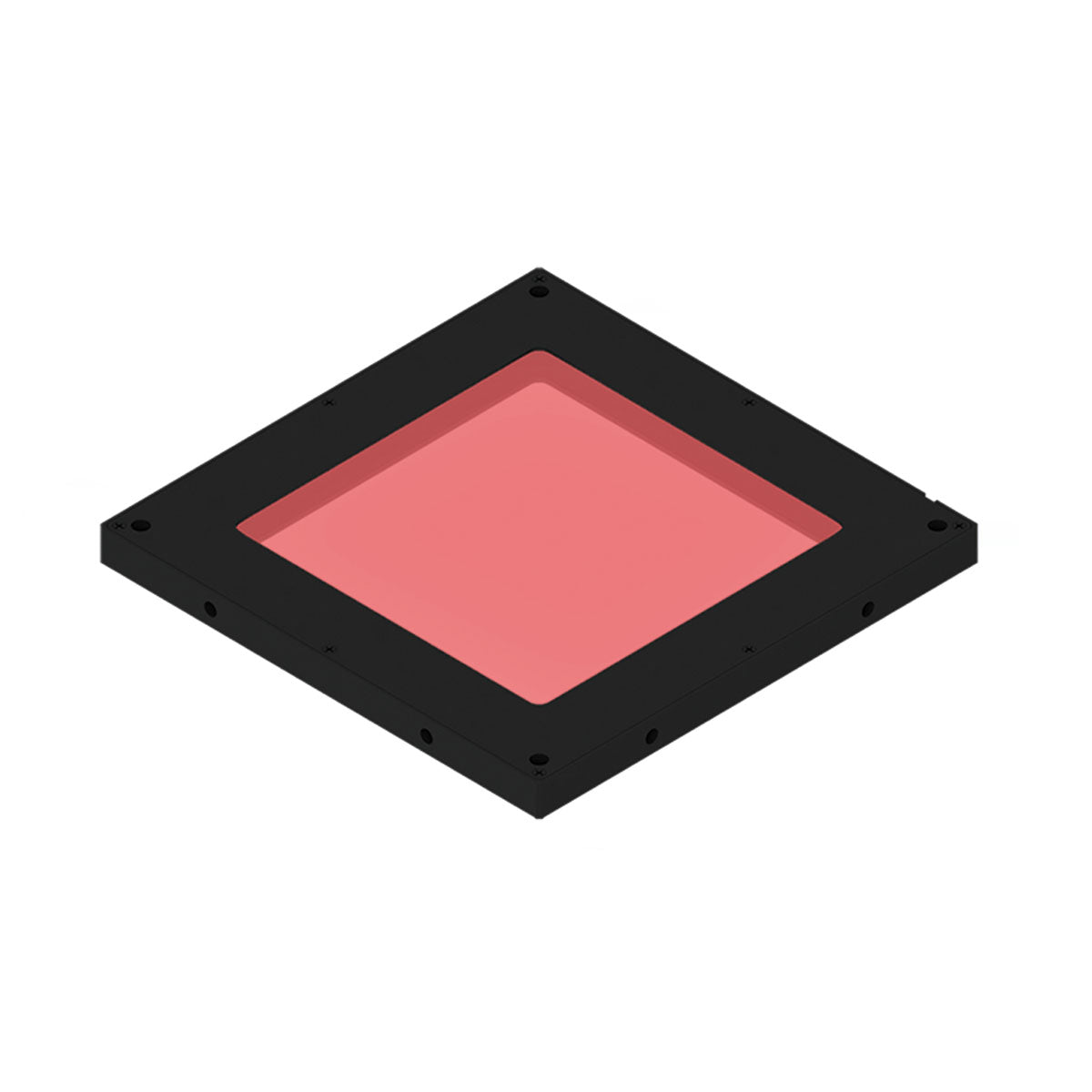
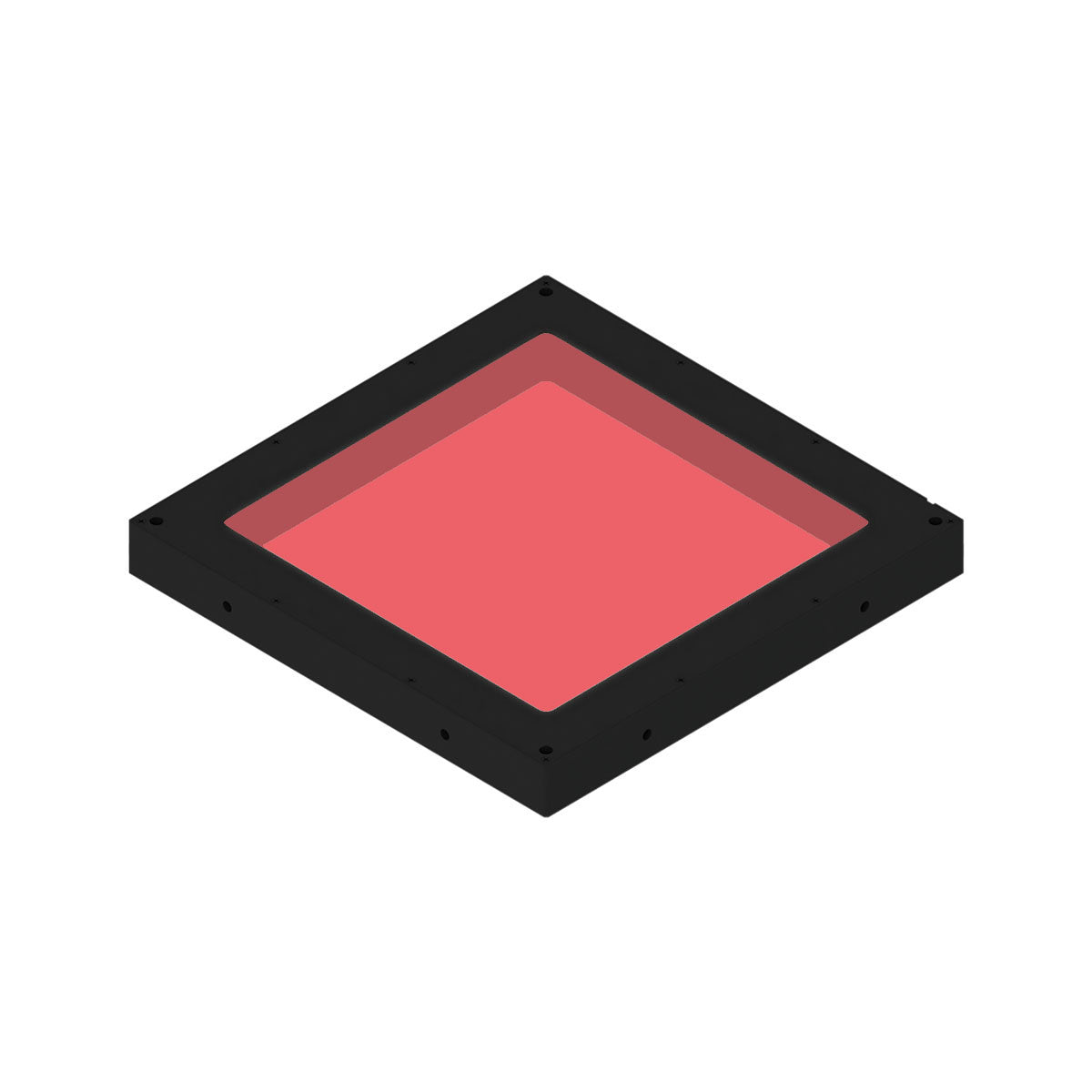
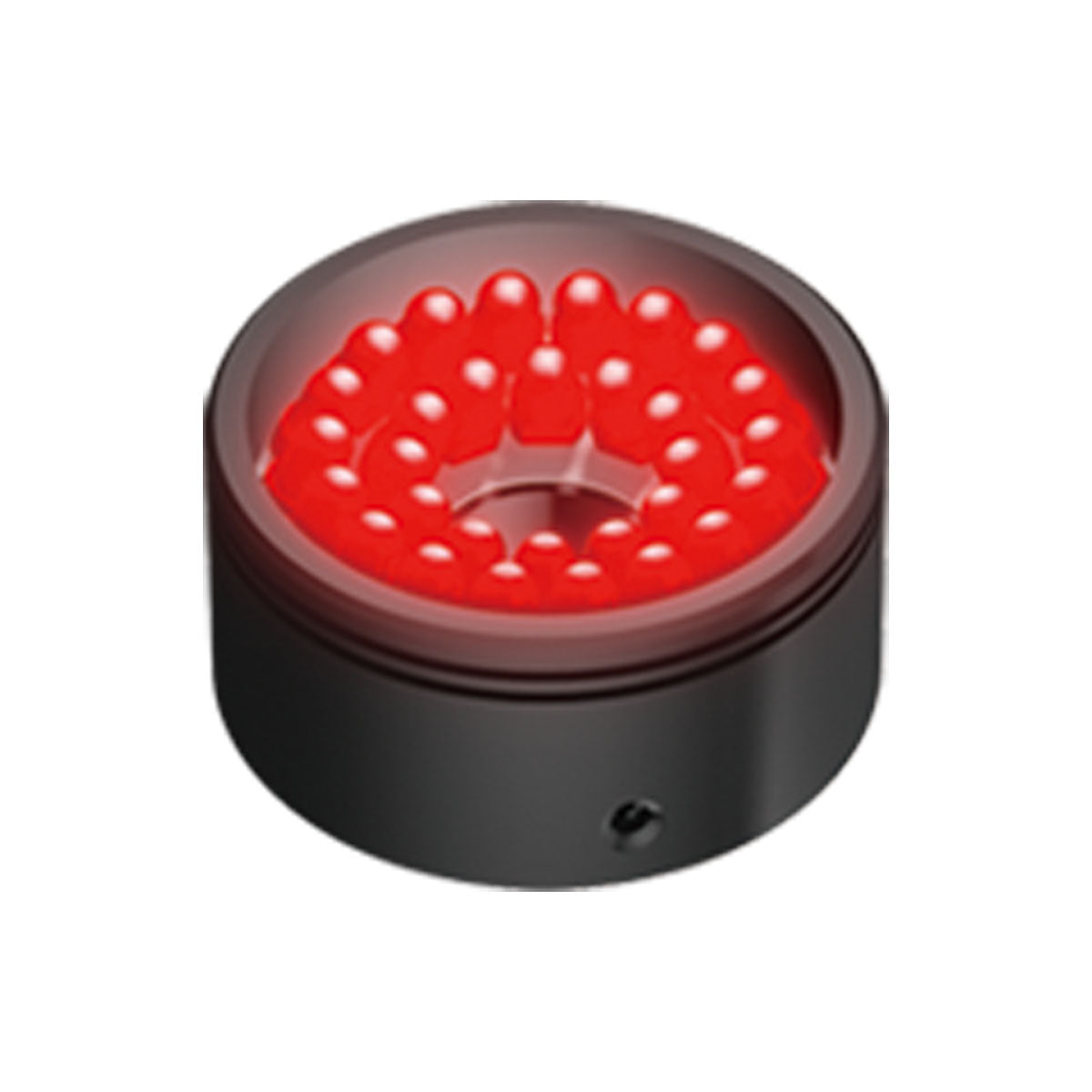
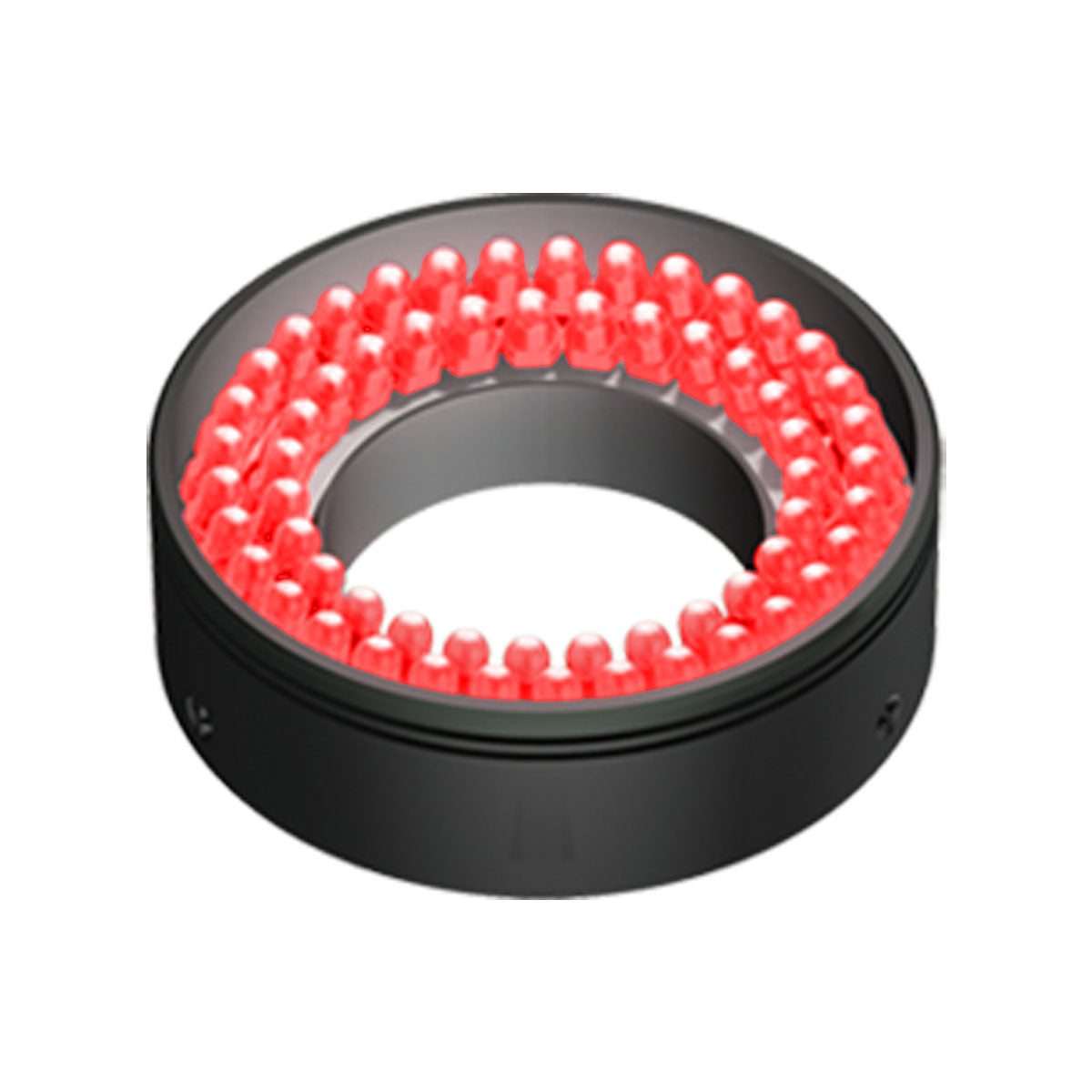
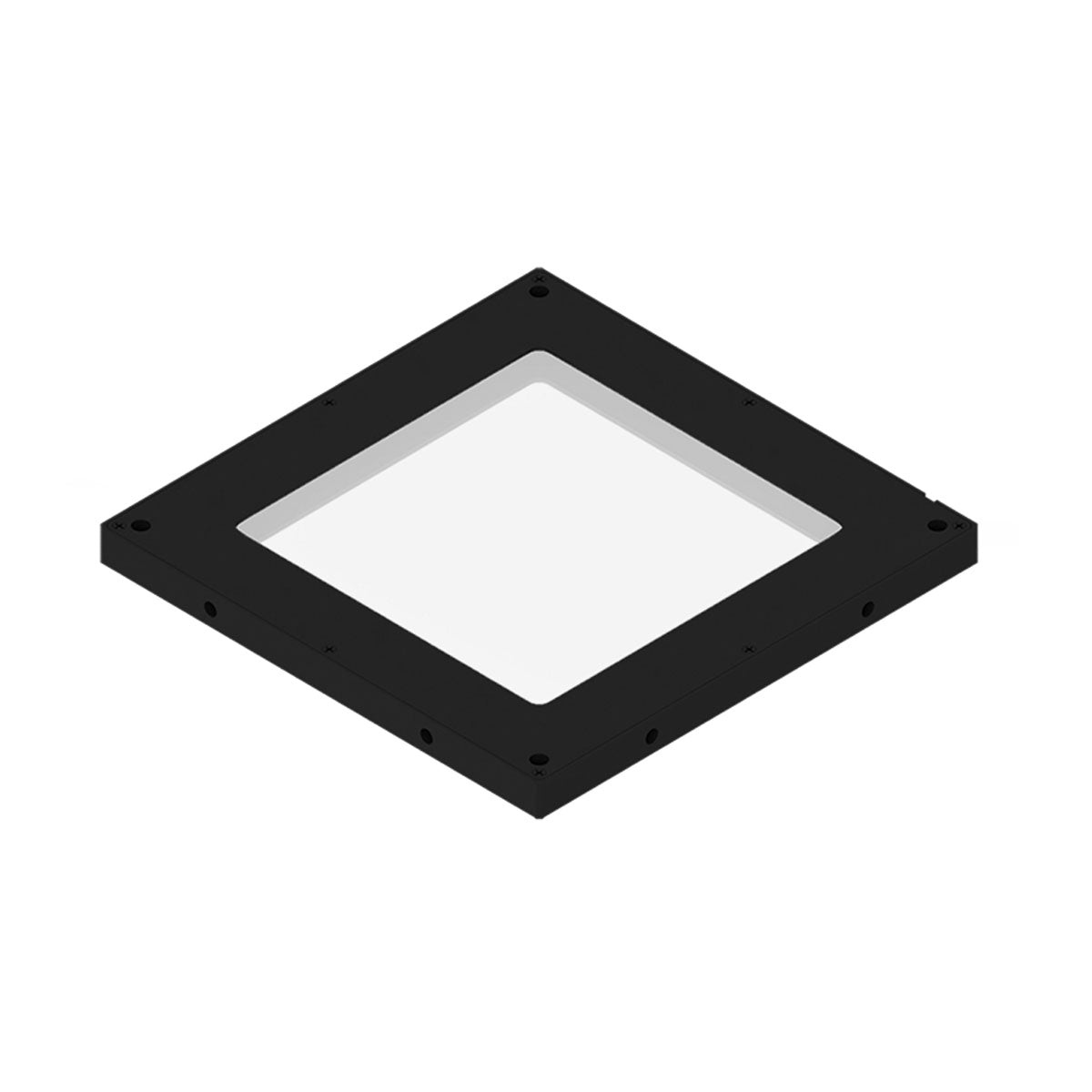
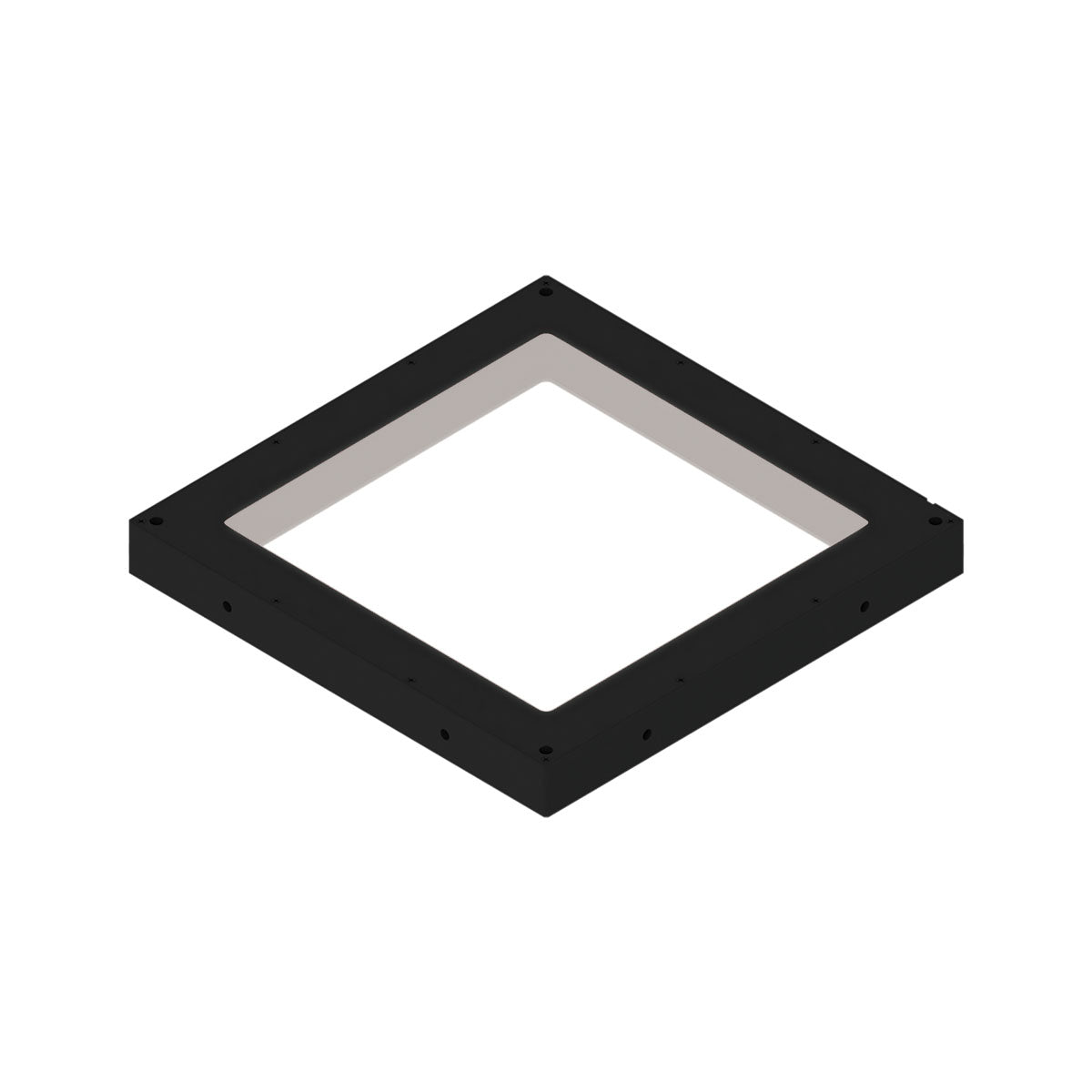
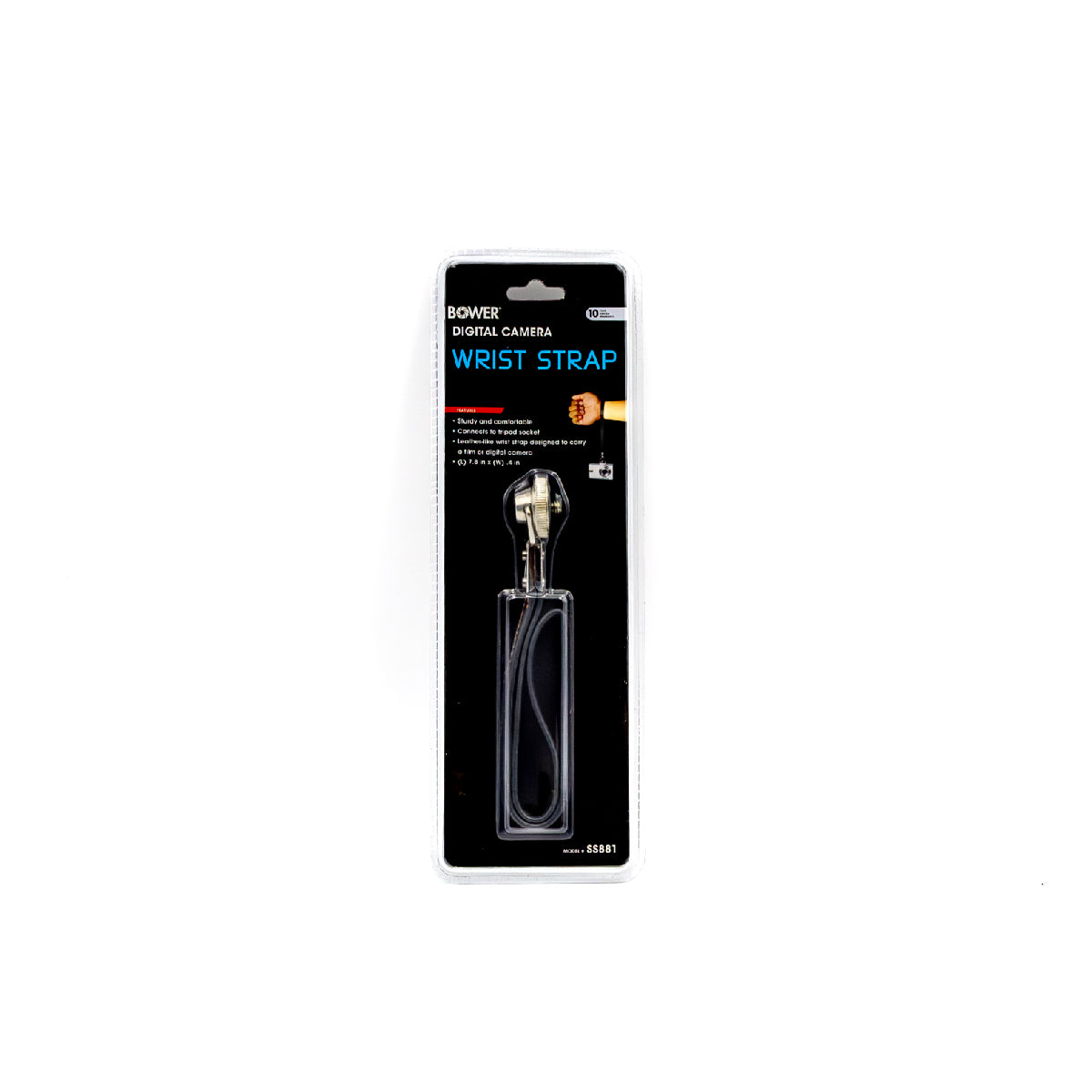

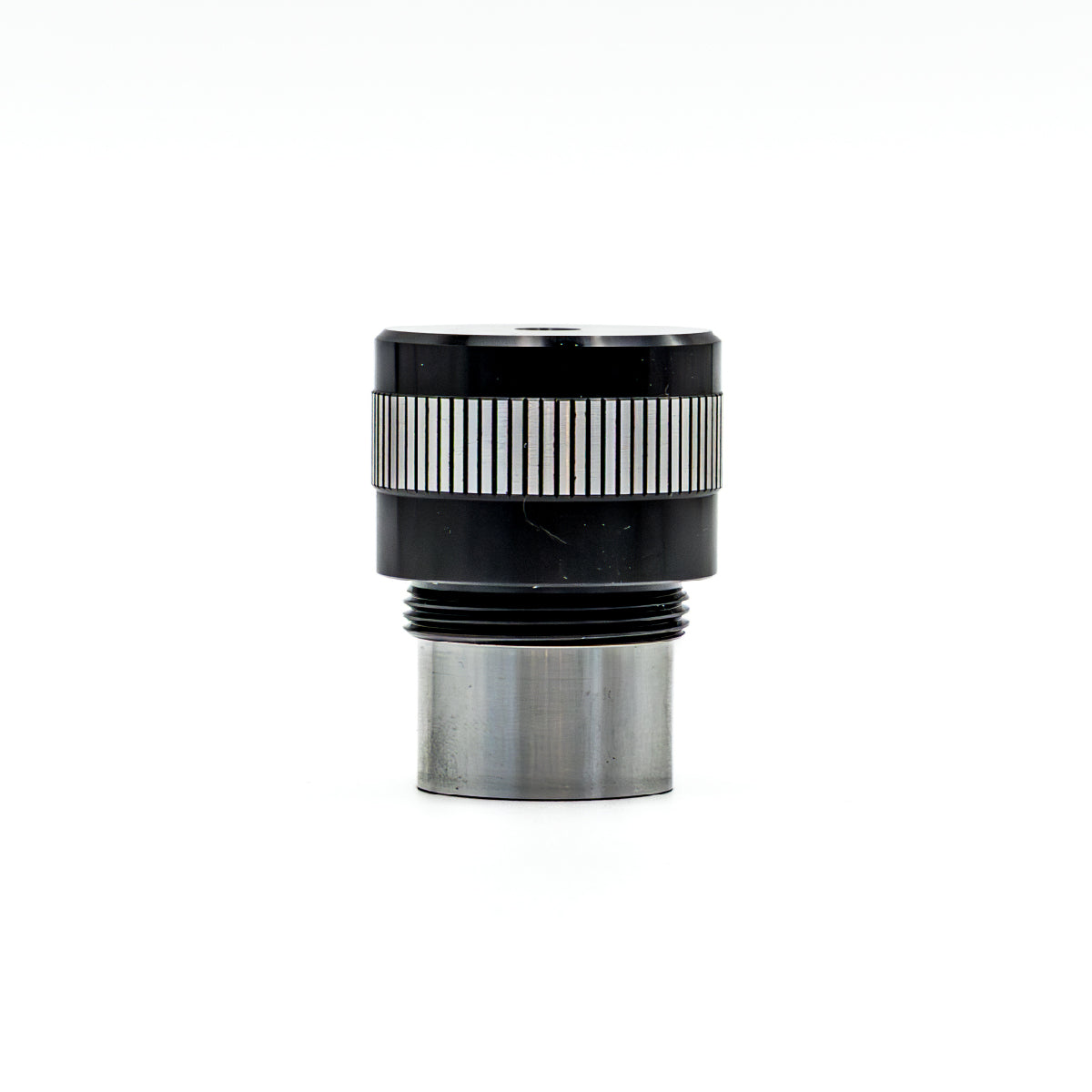
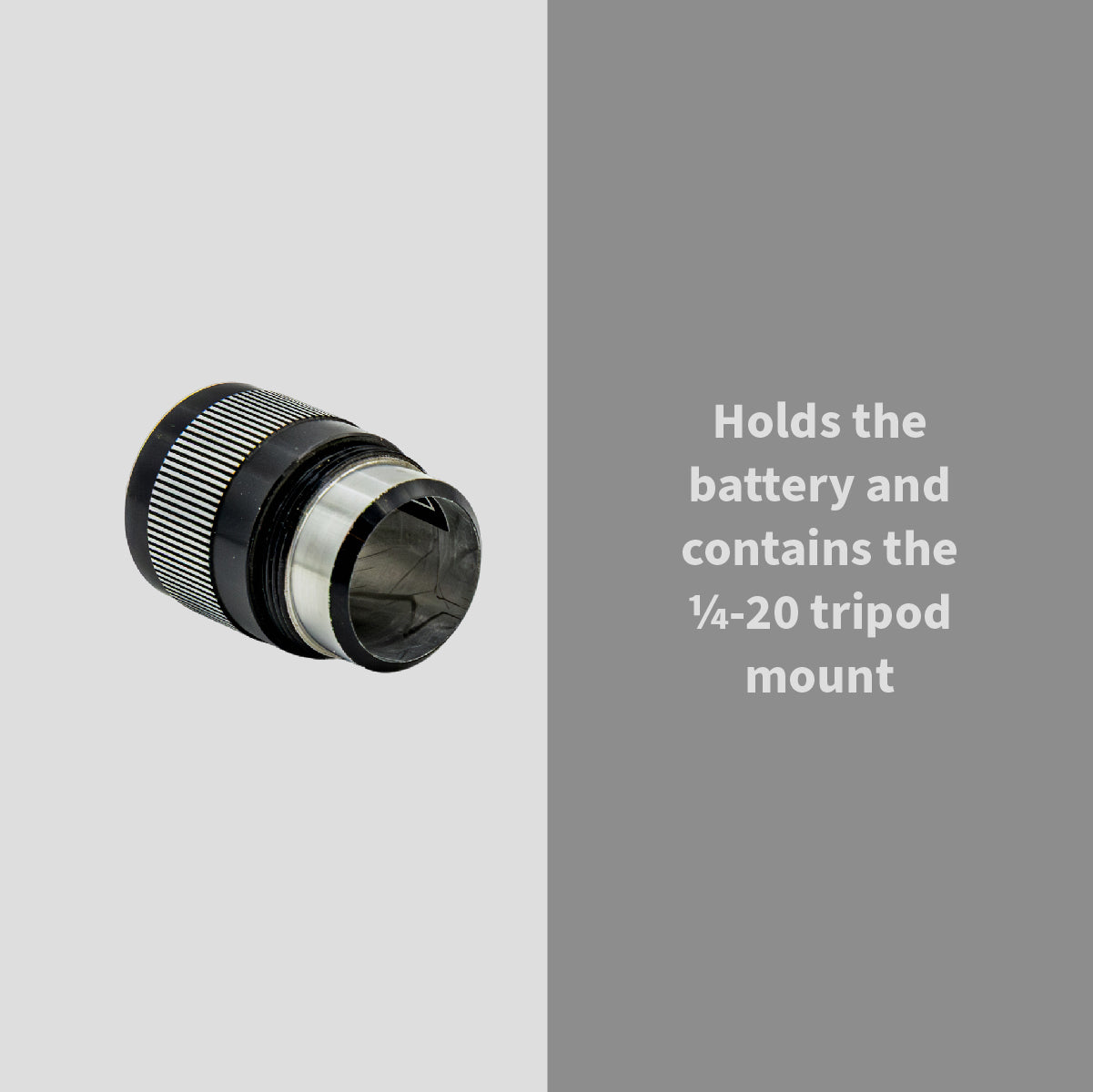


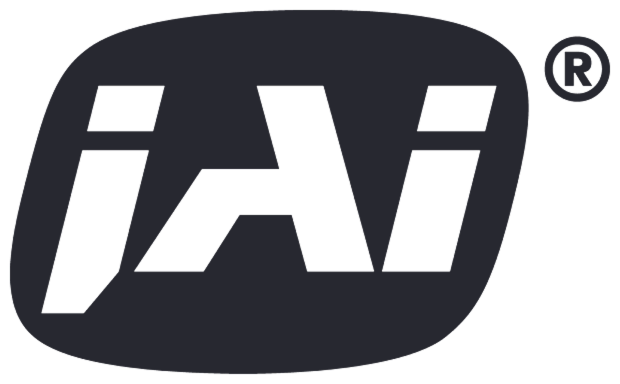
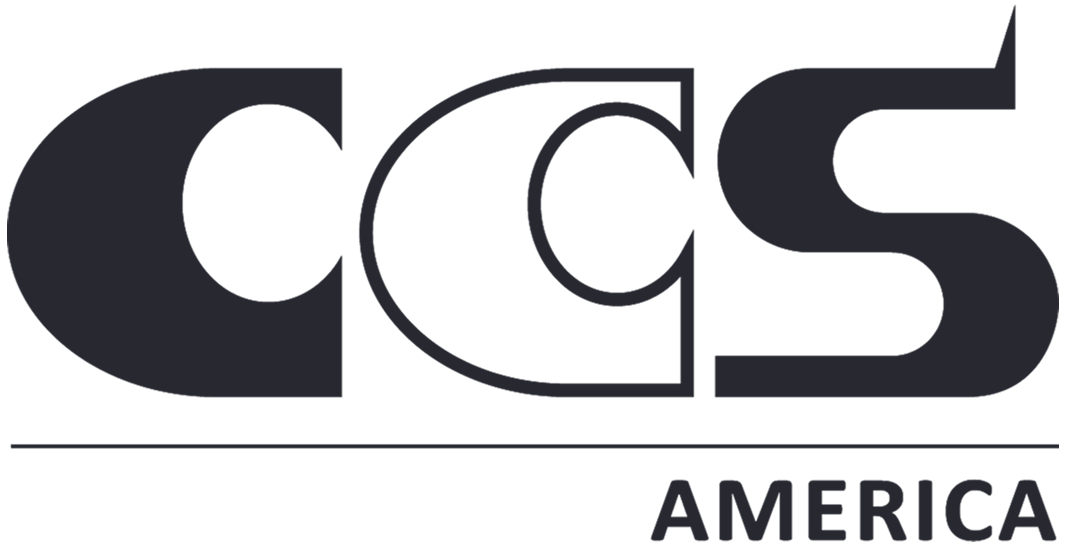
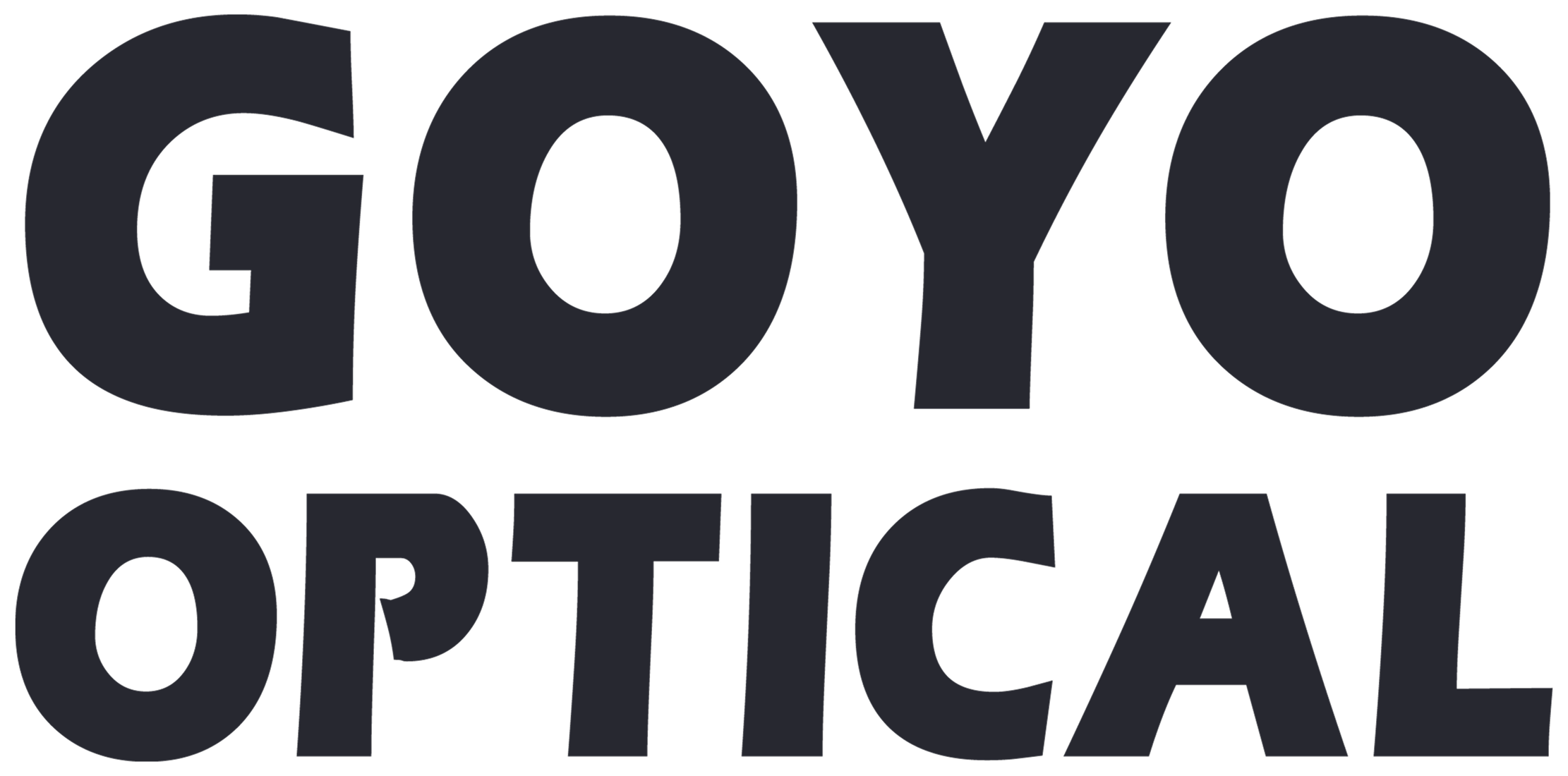


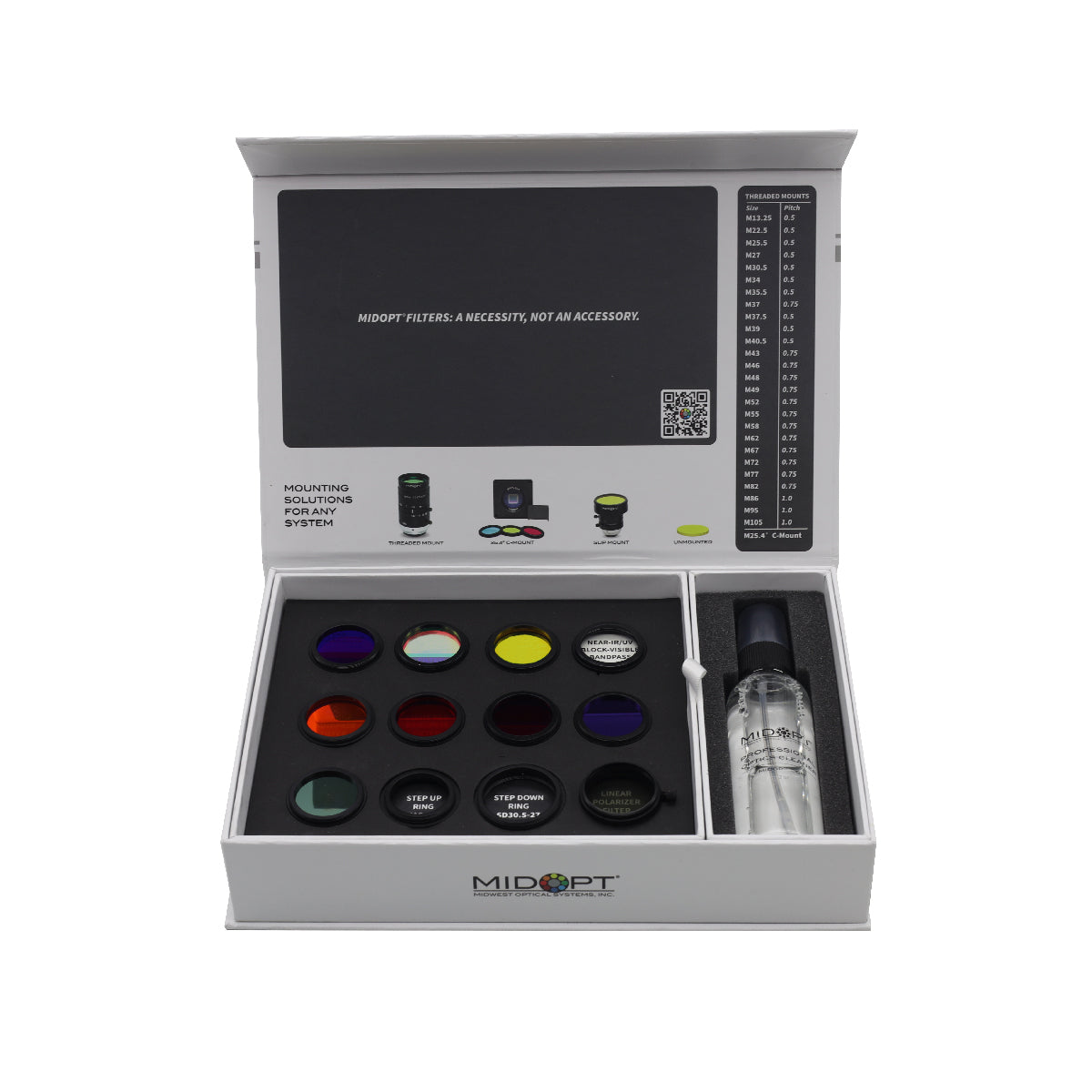
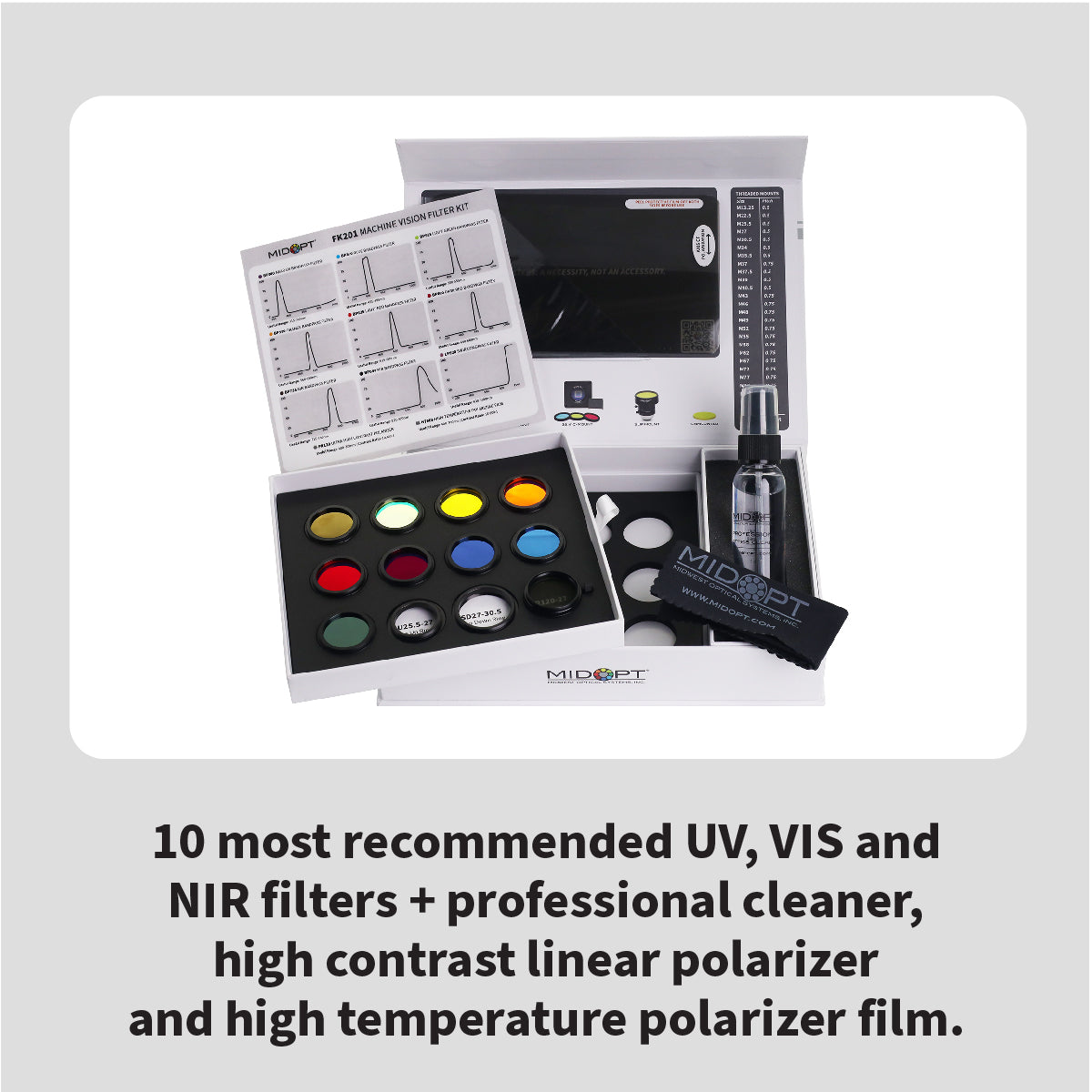
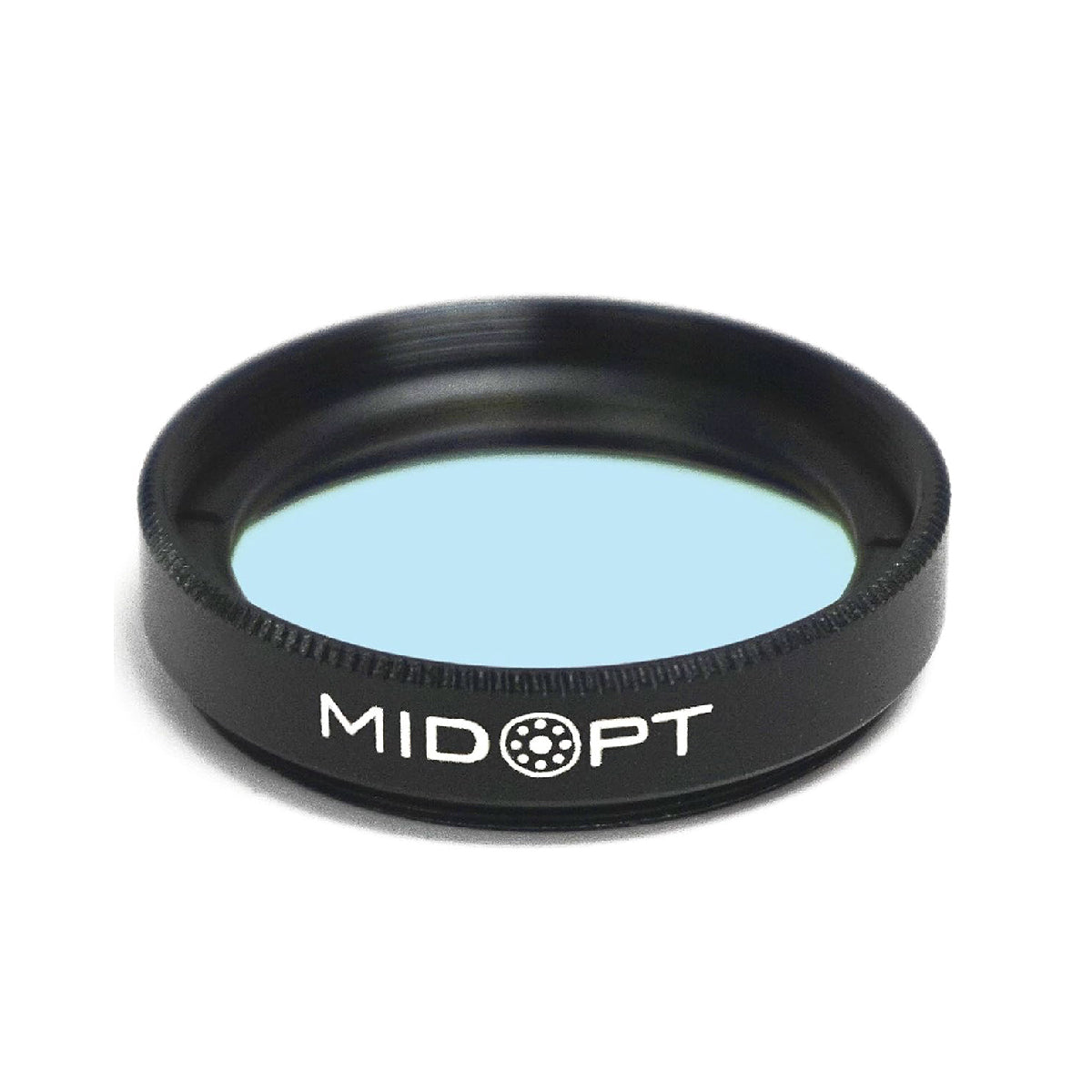
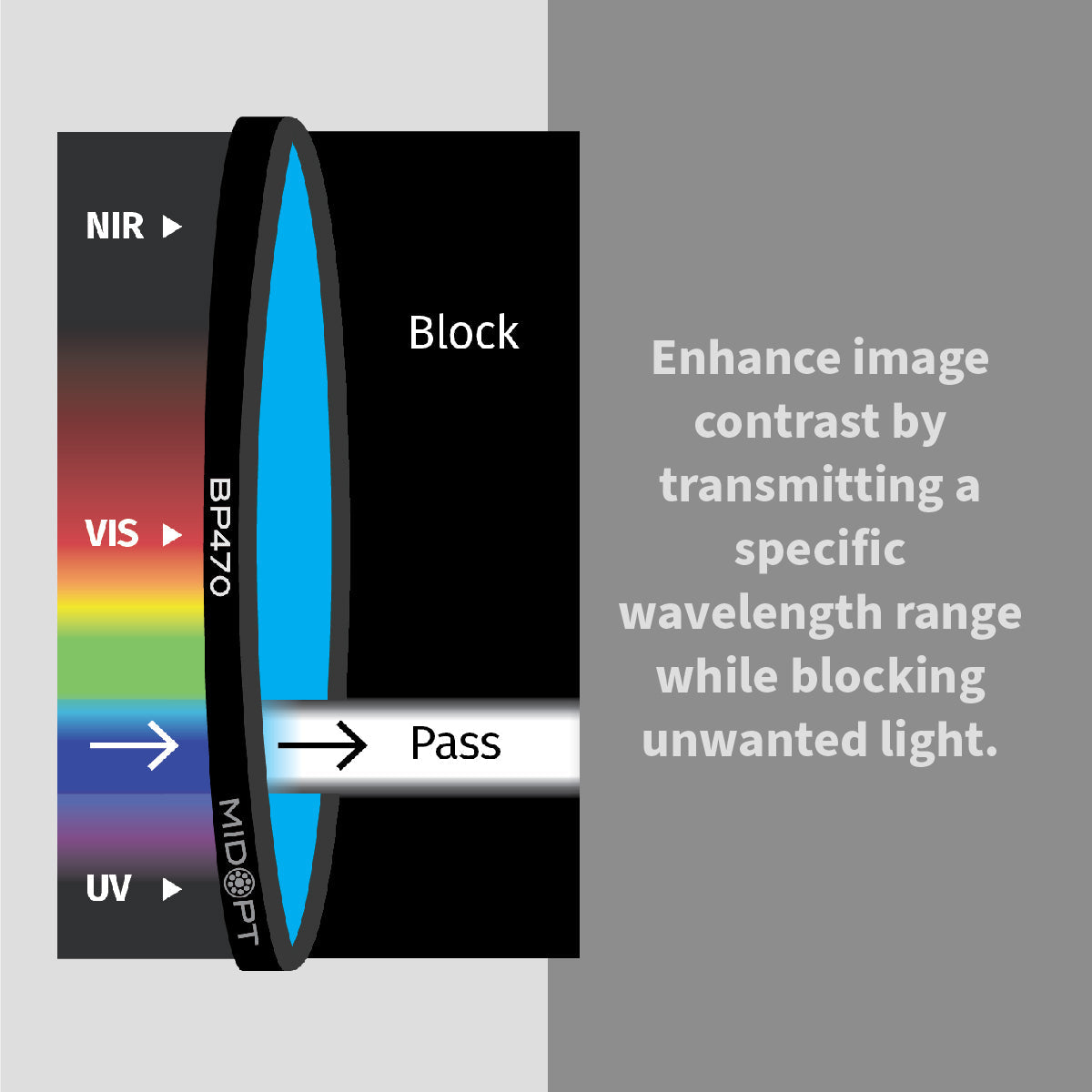

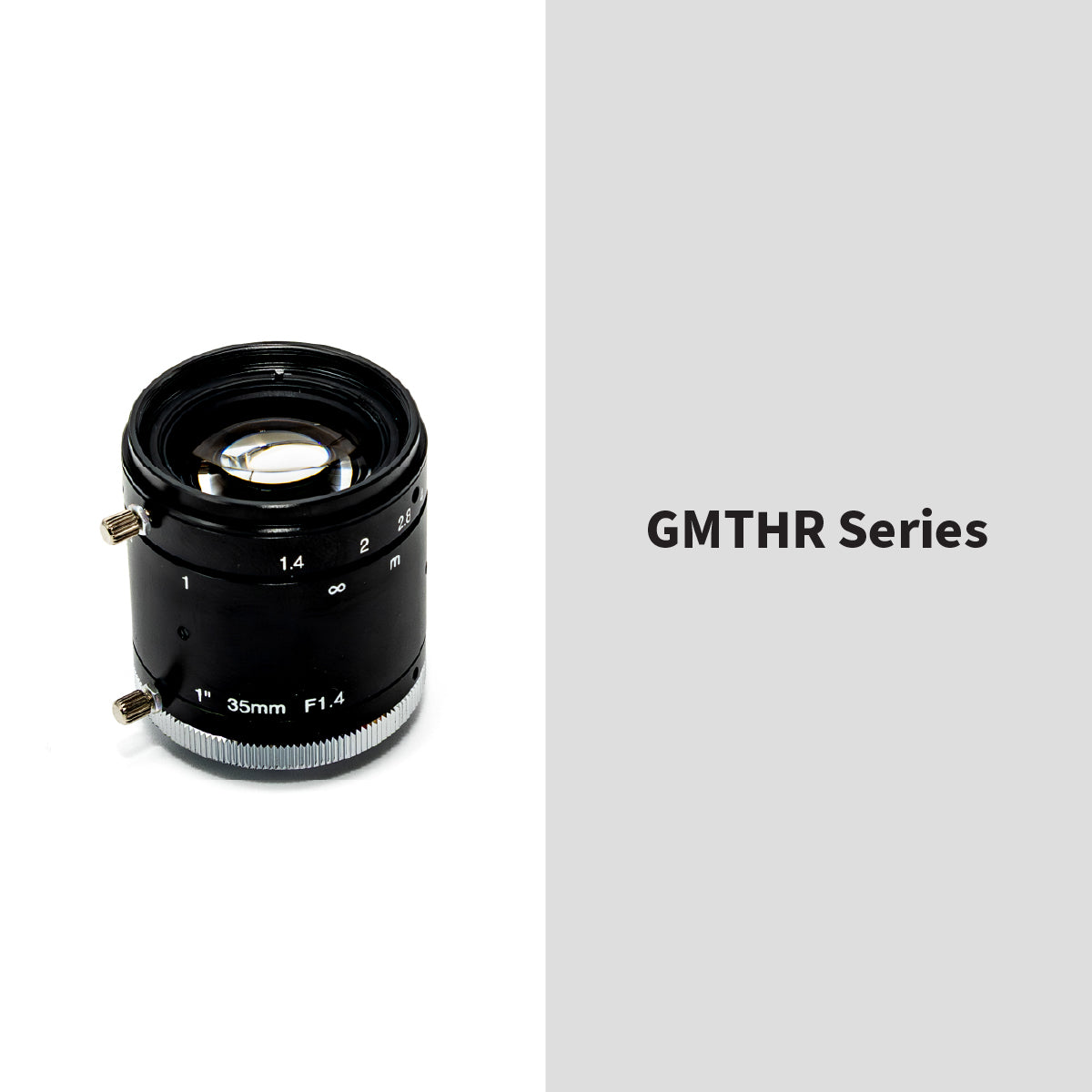
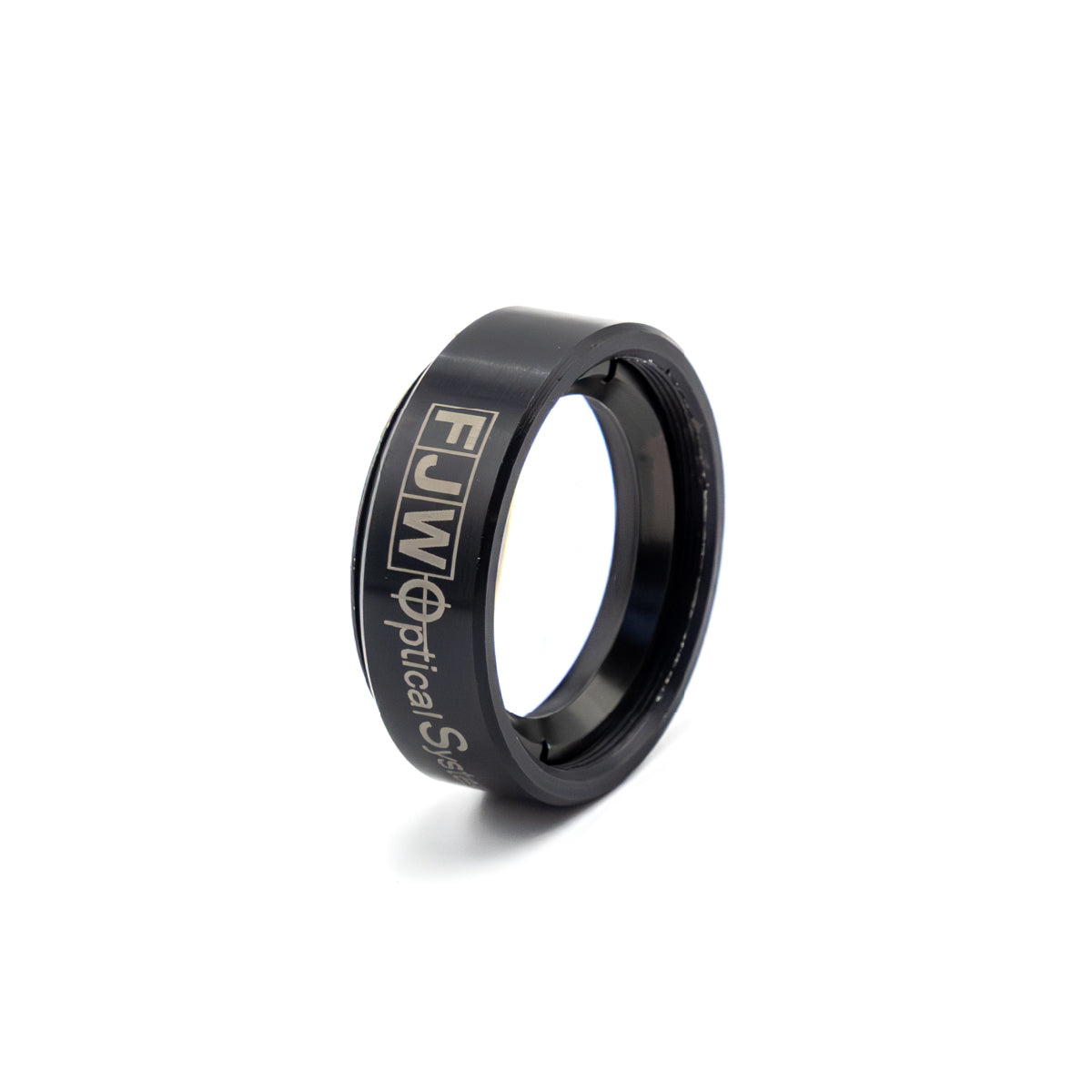
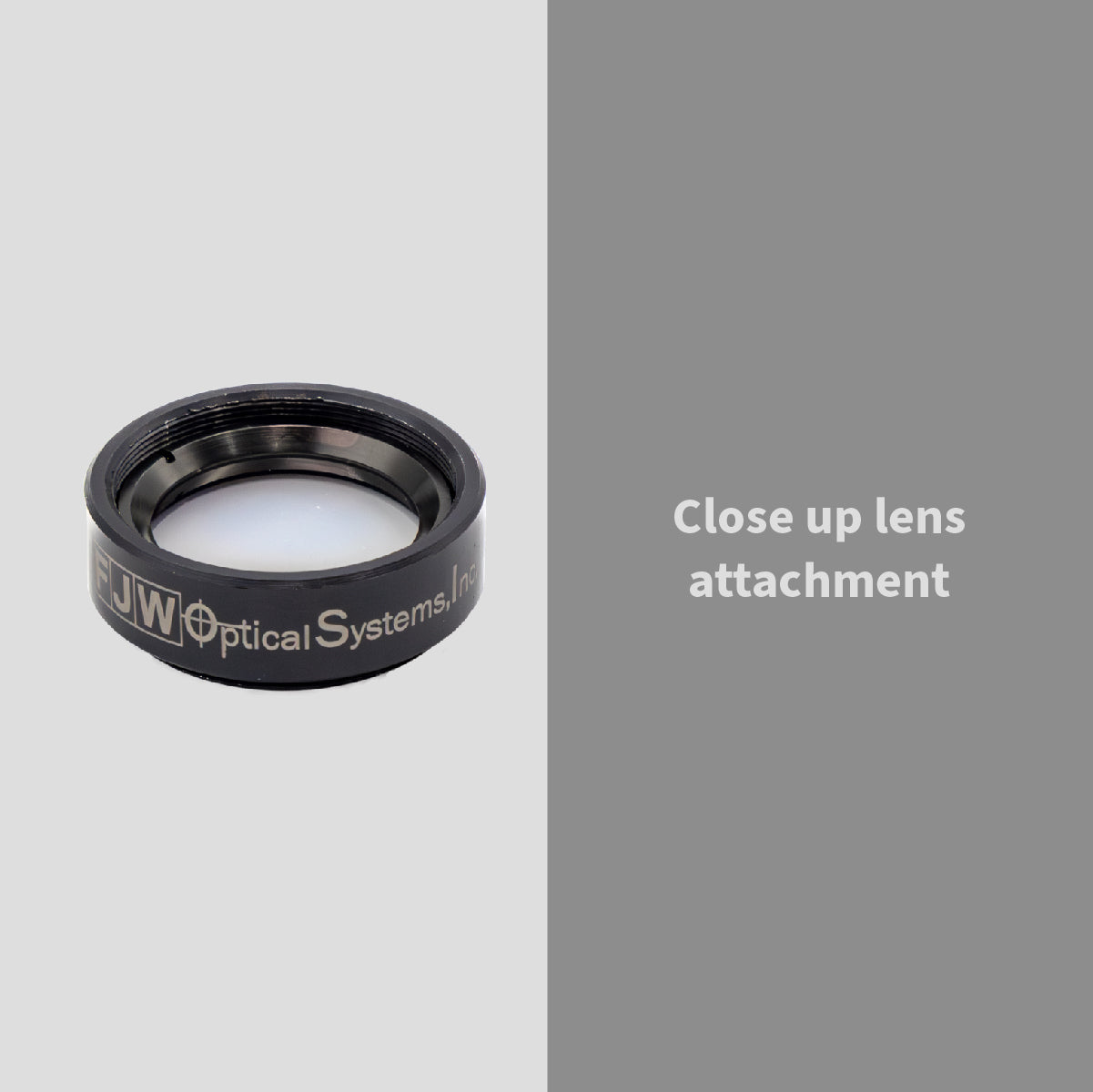




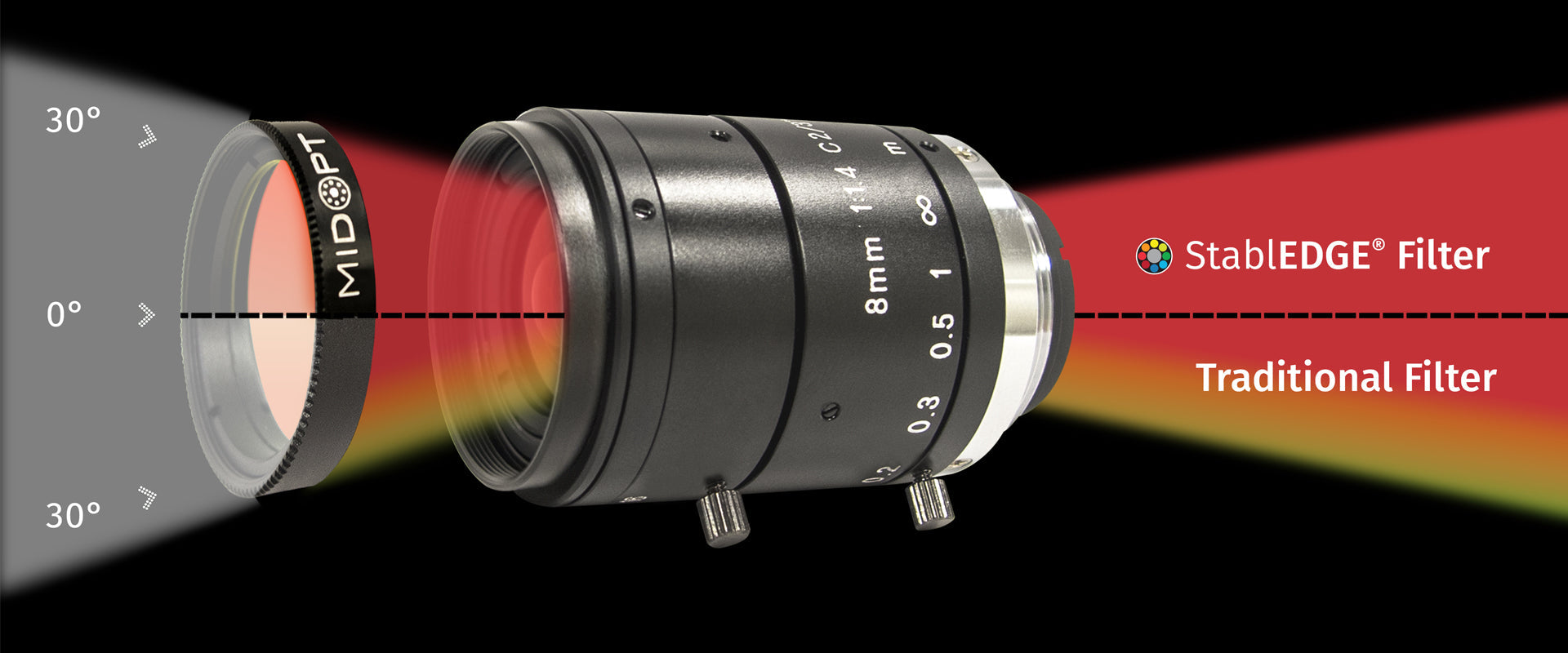
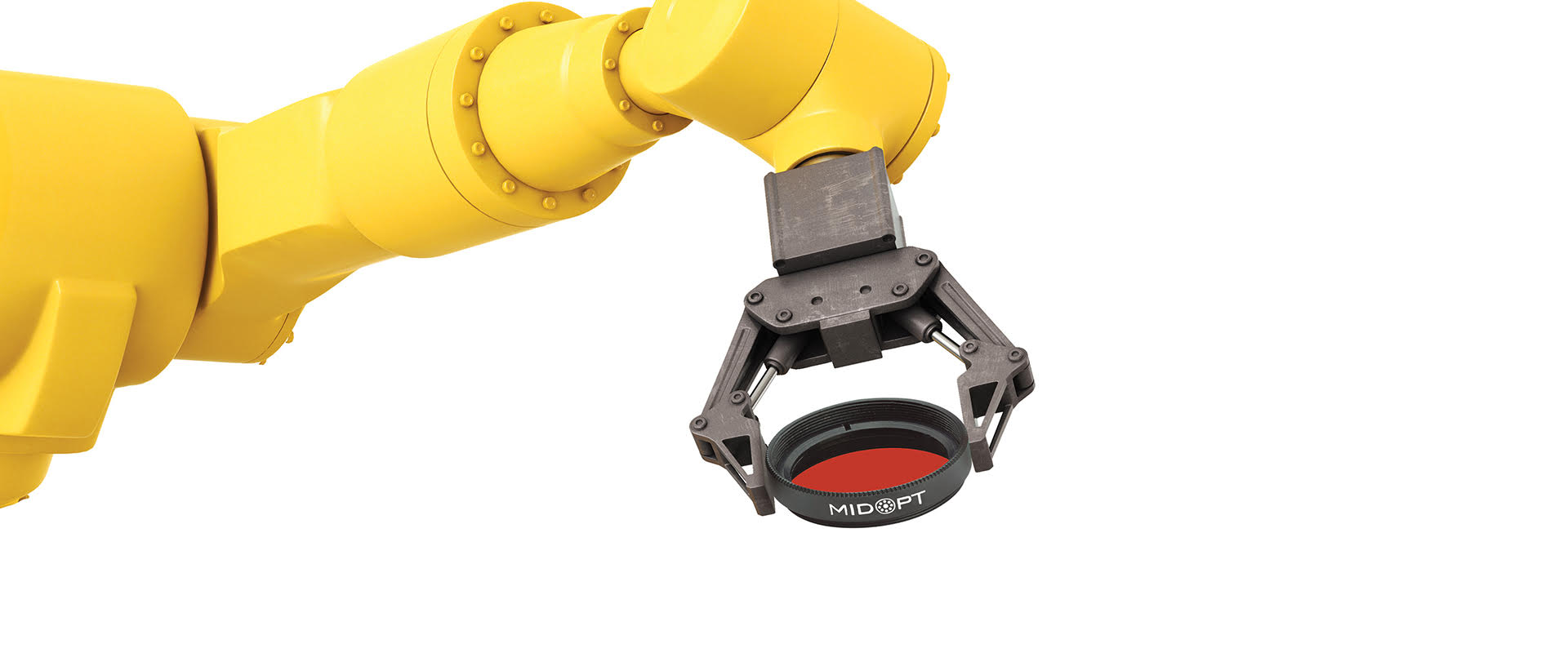
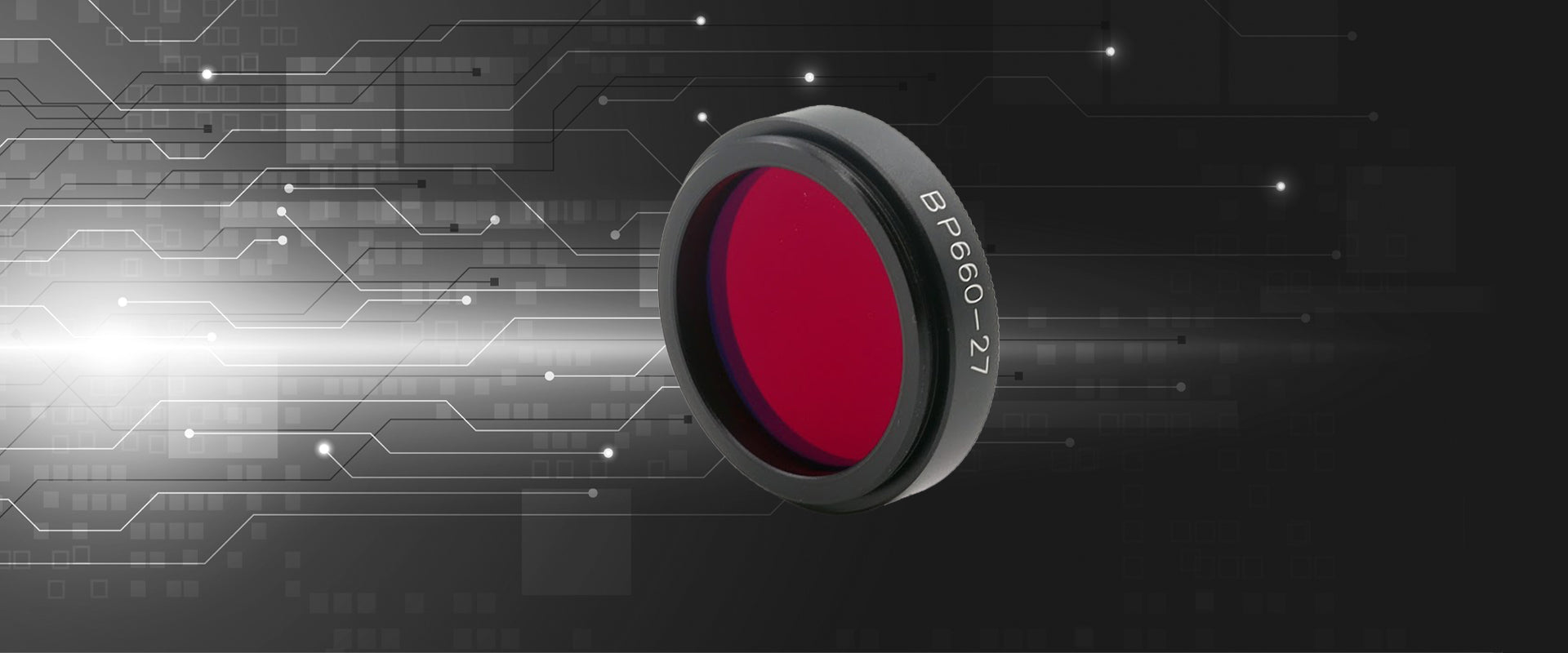
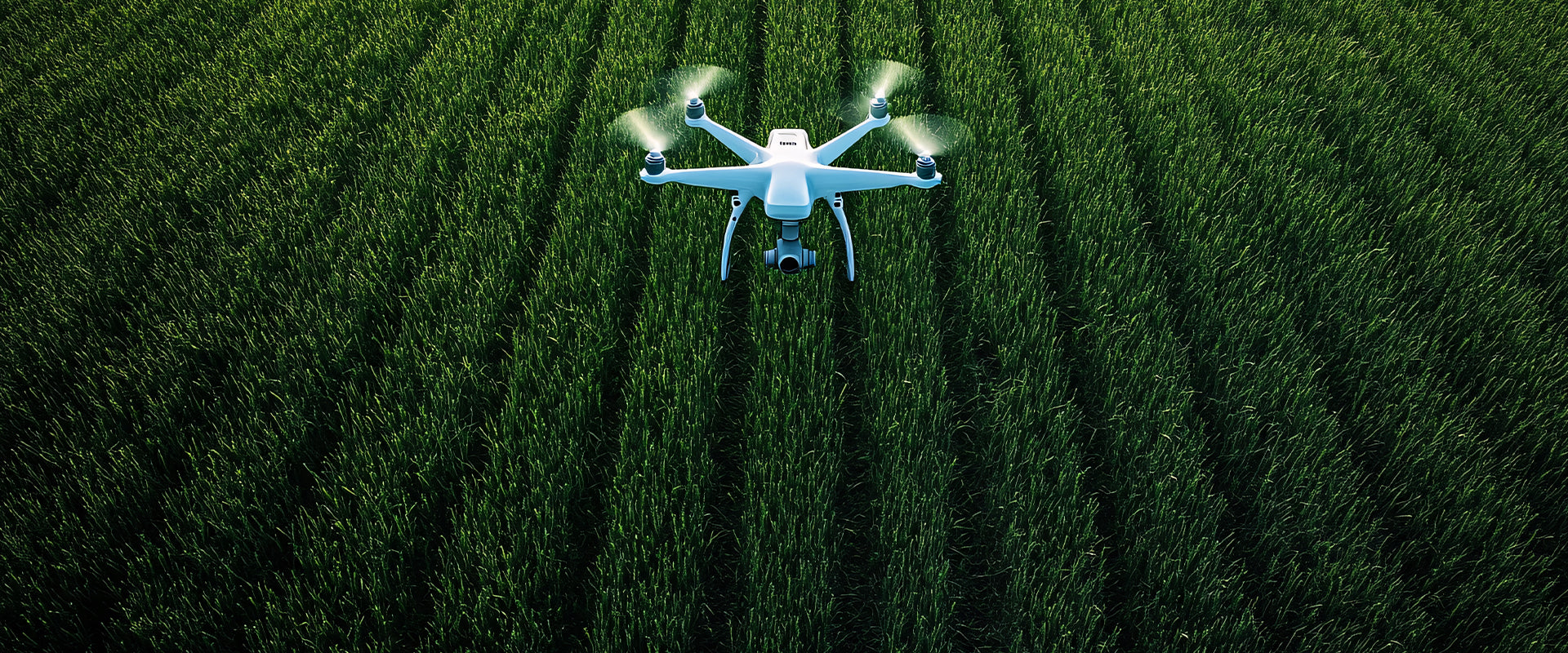
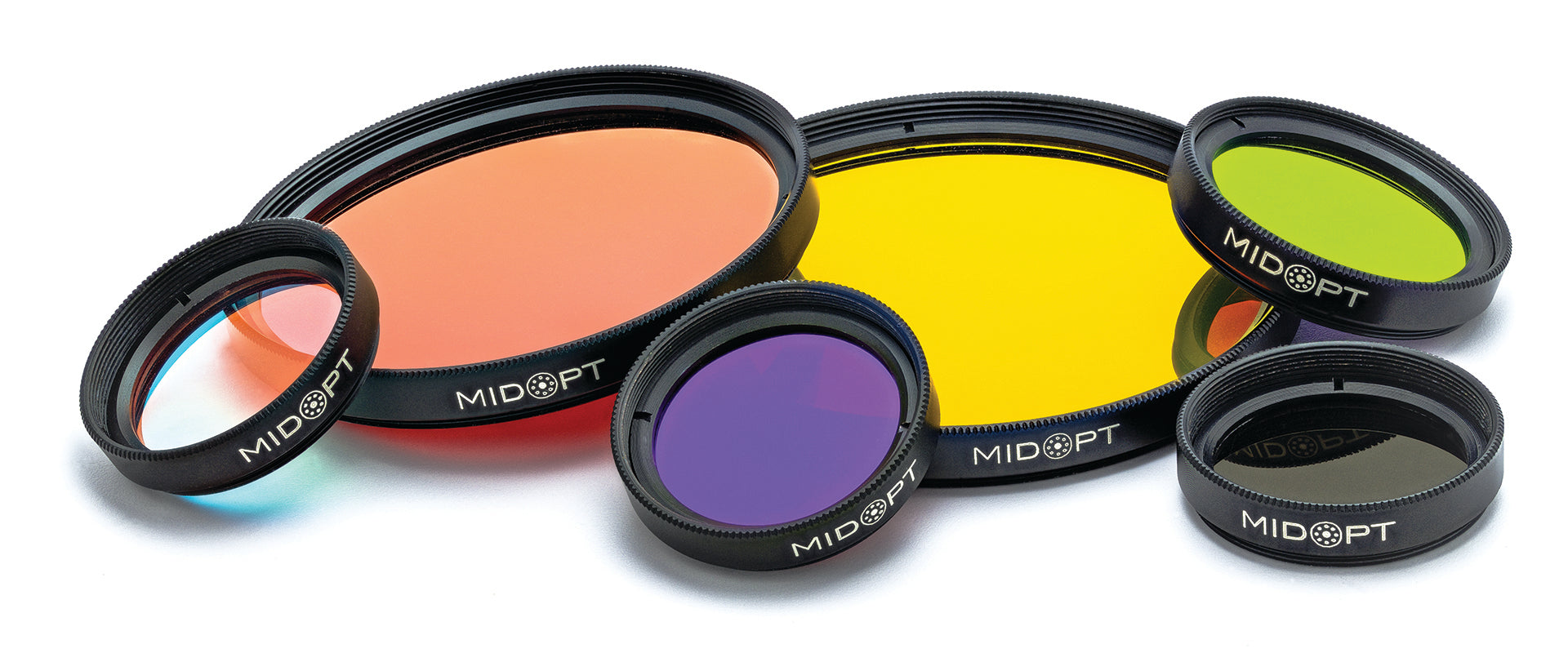
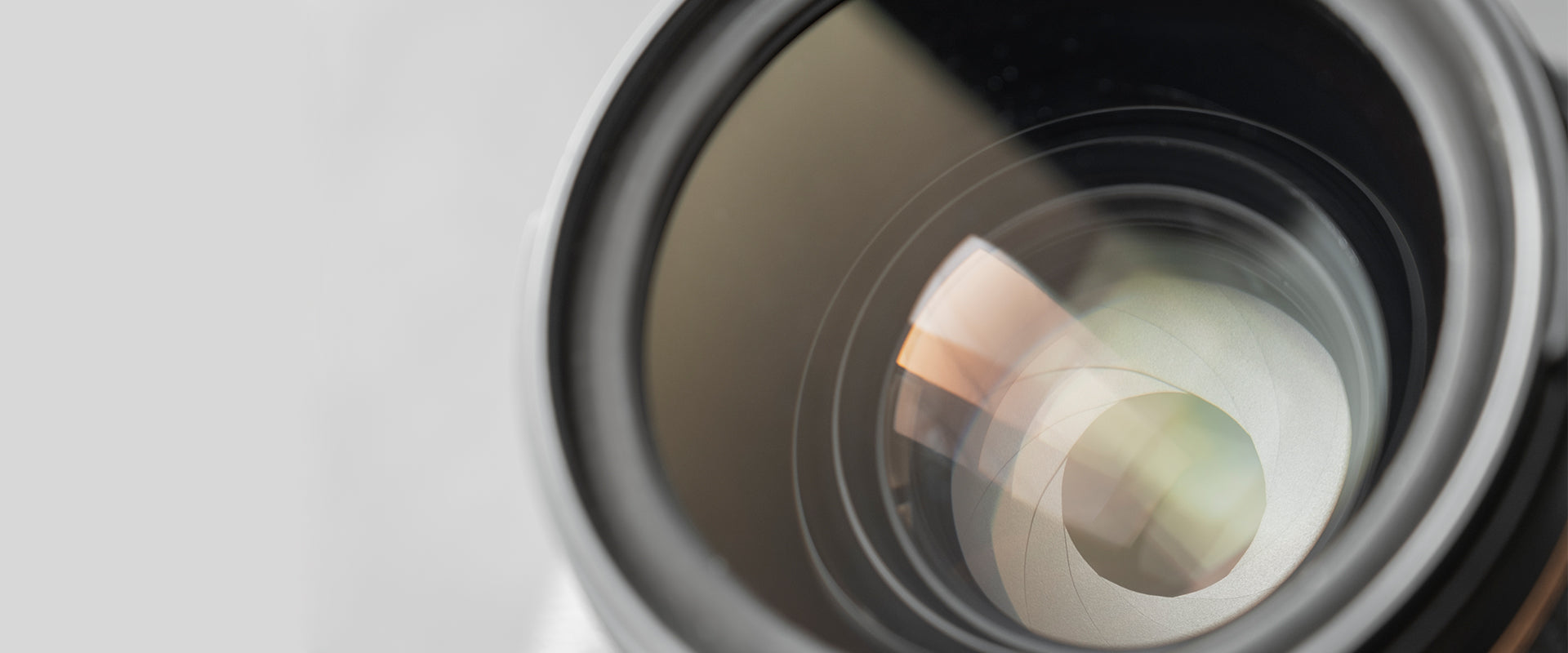





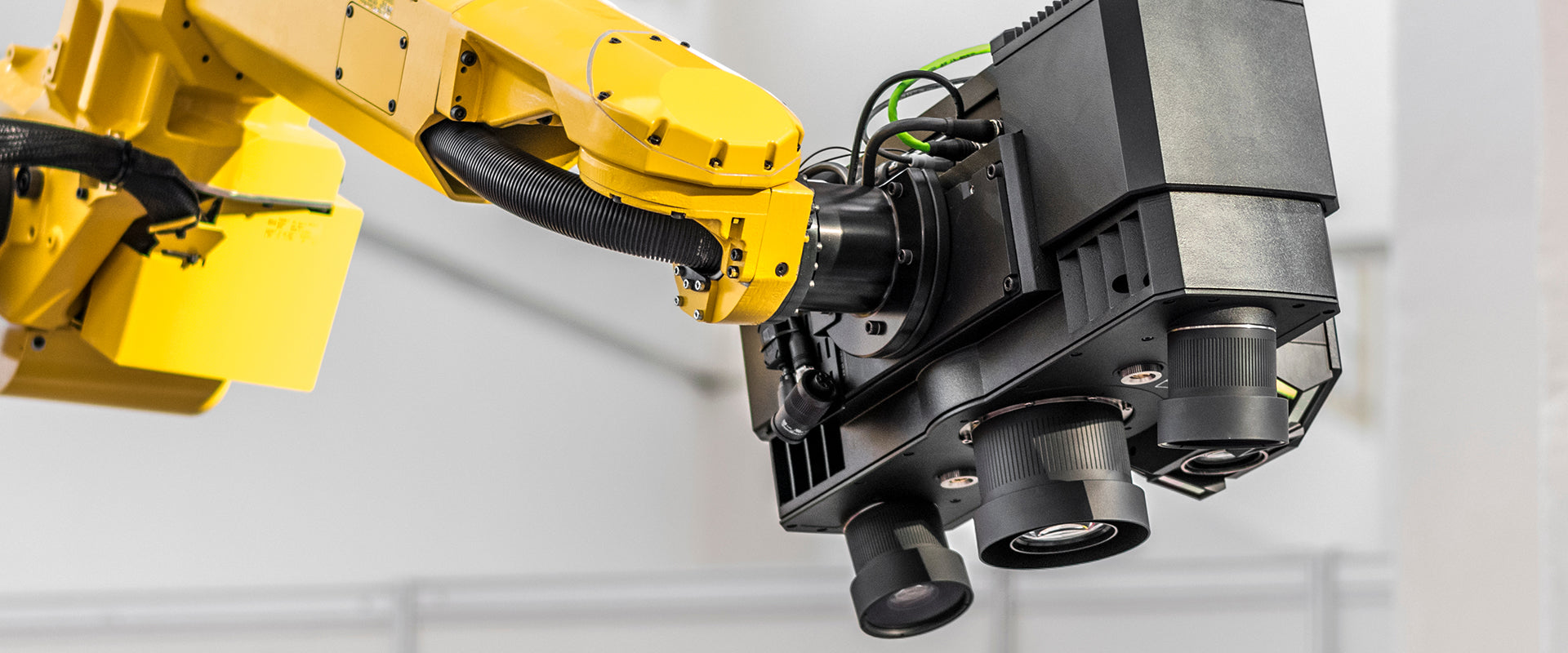


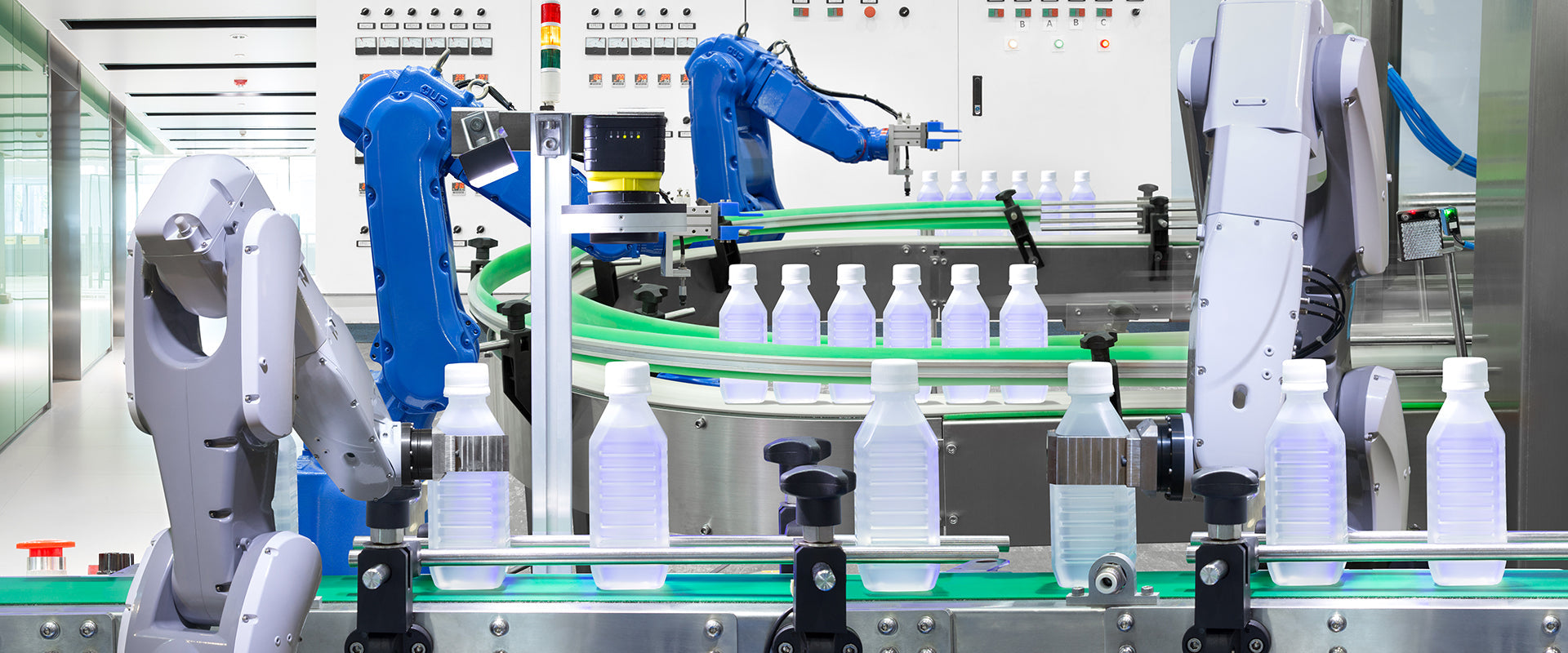
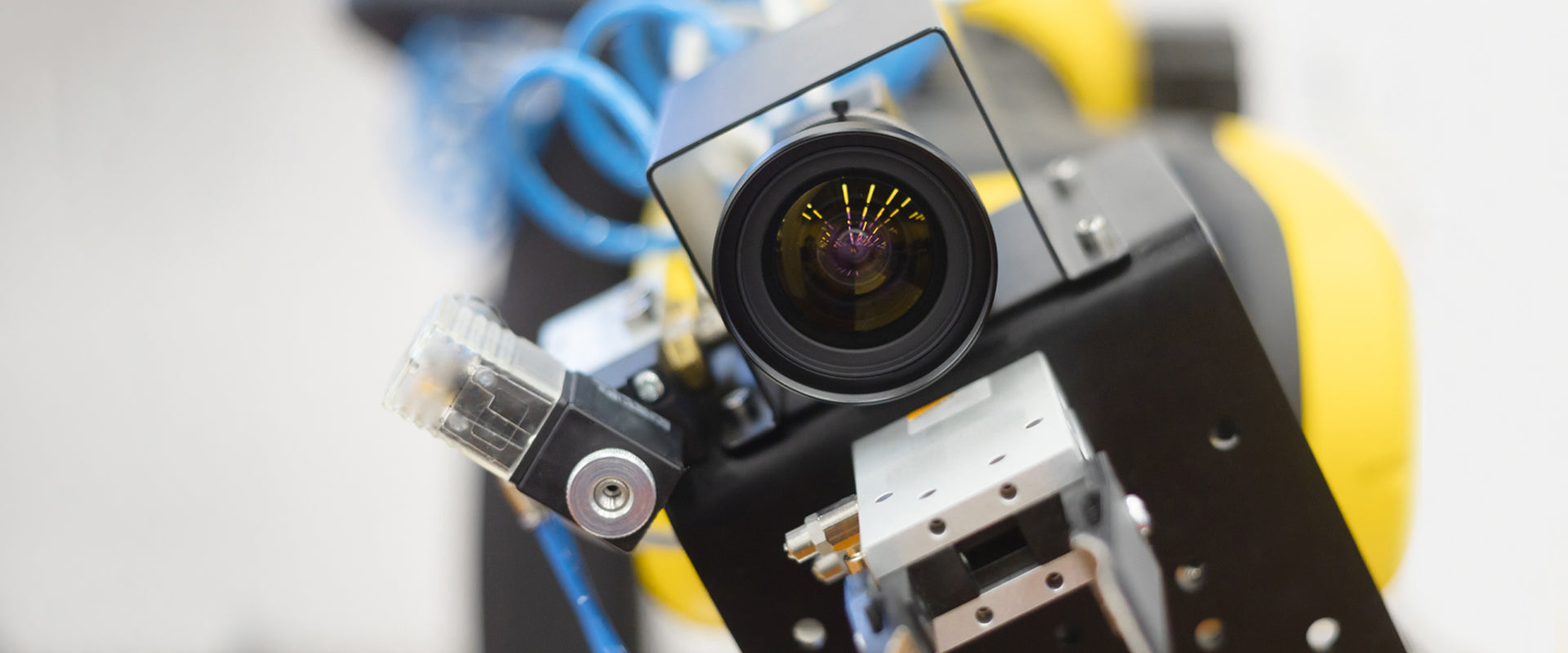
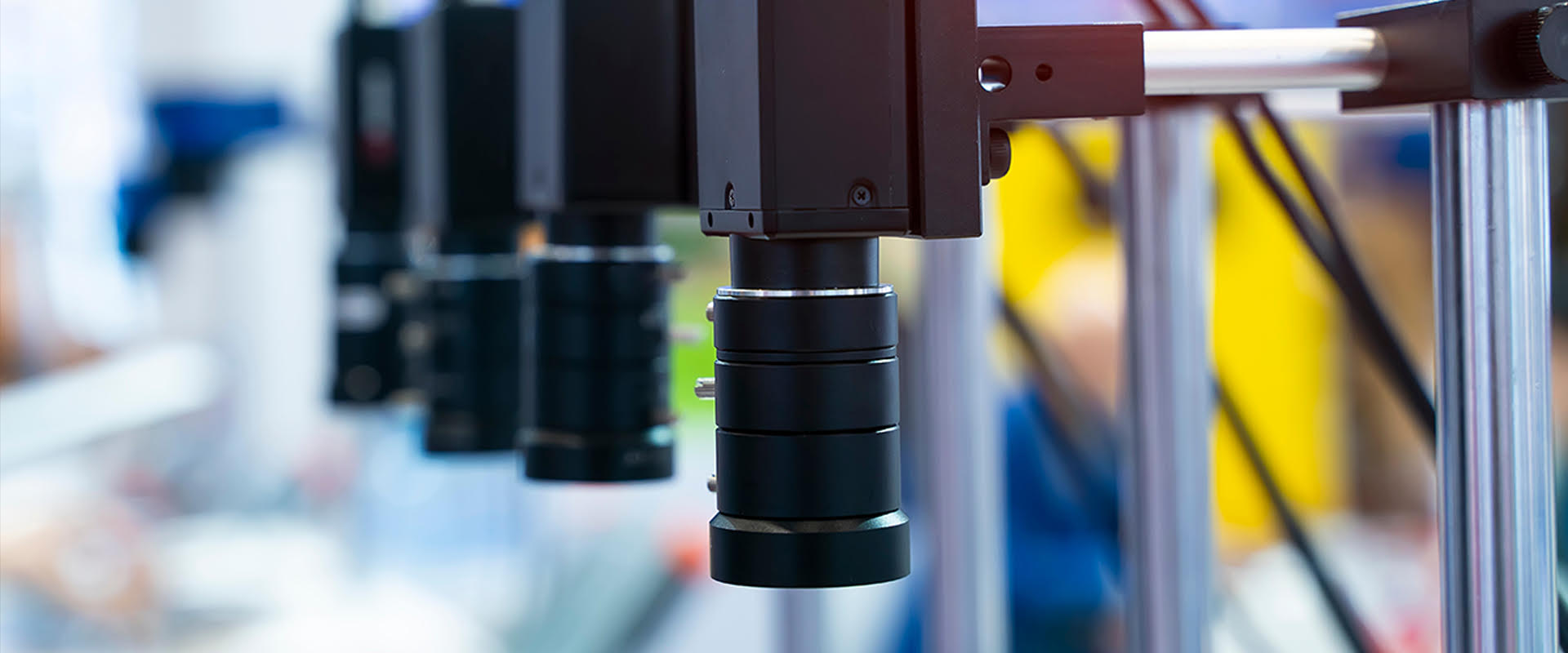
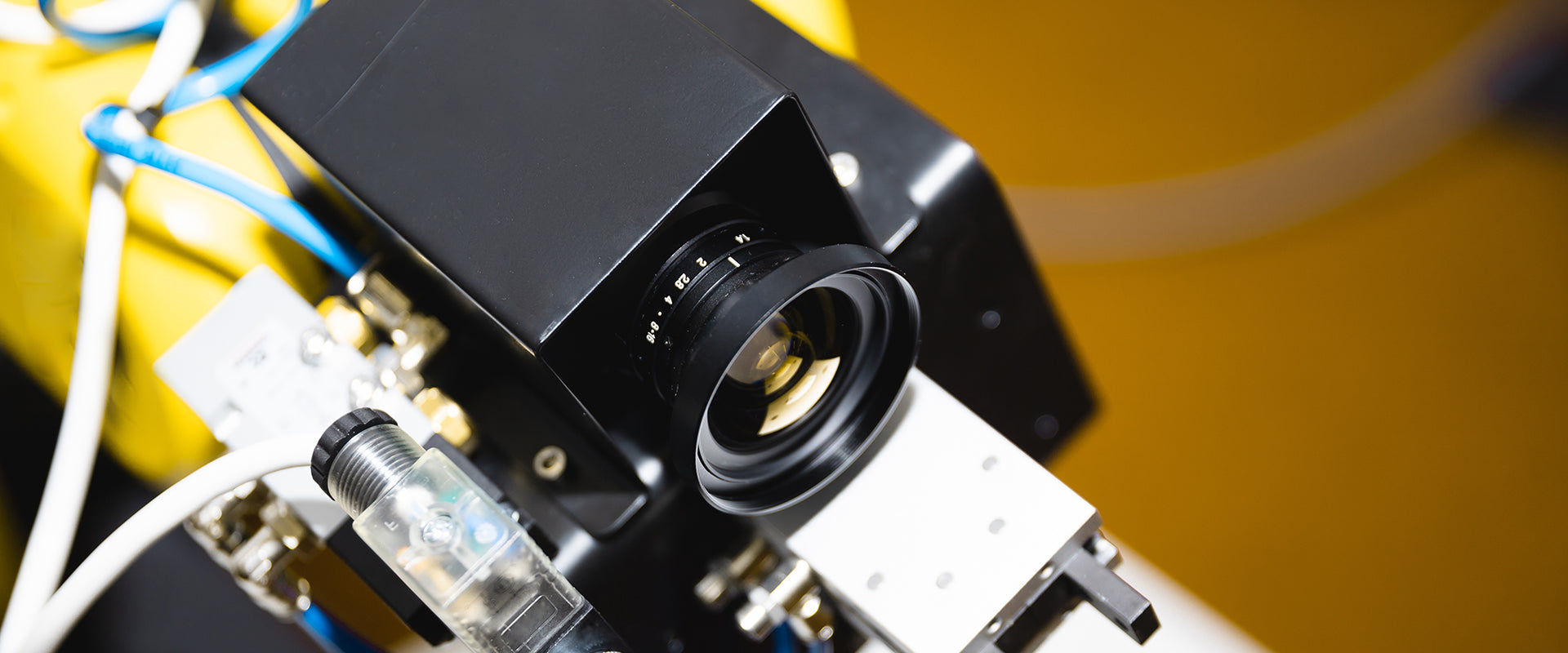
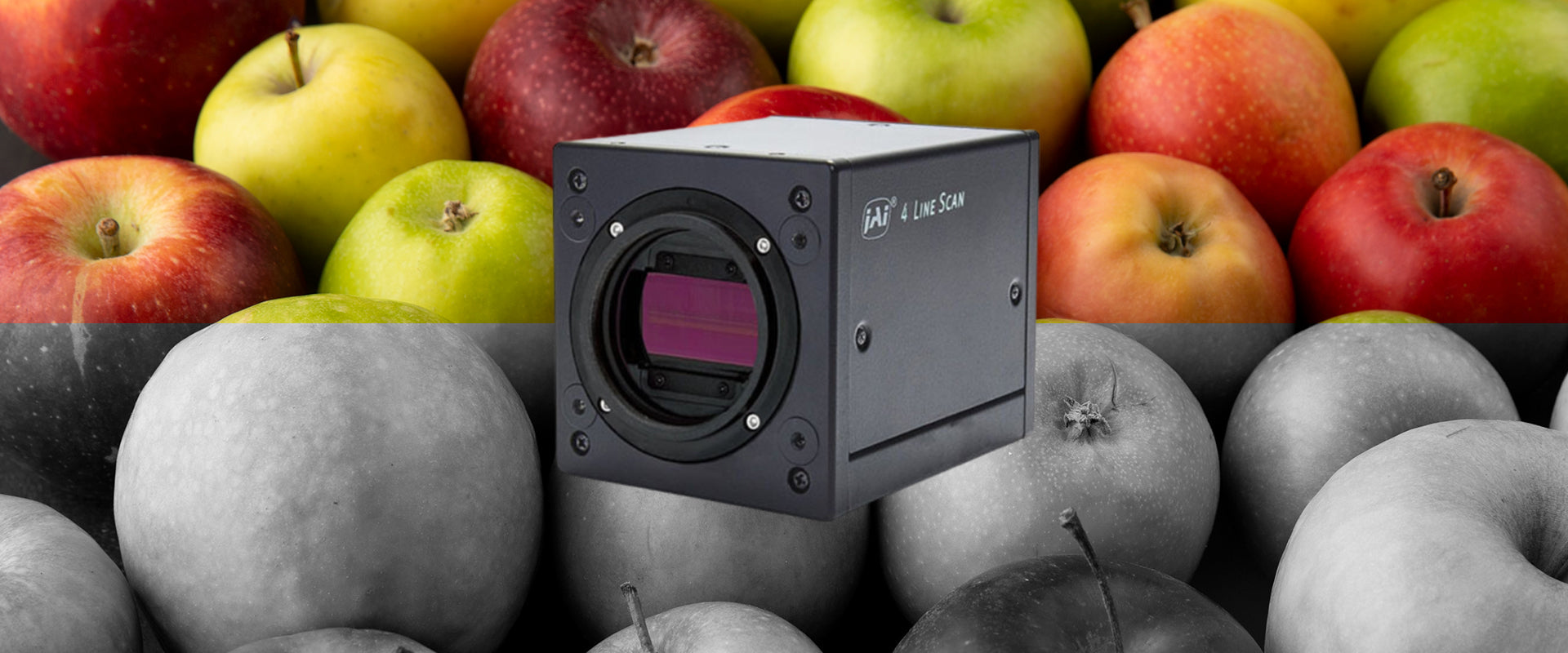
 Lighting
Lighting




